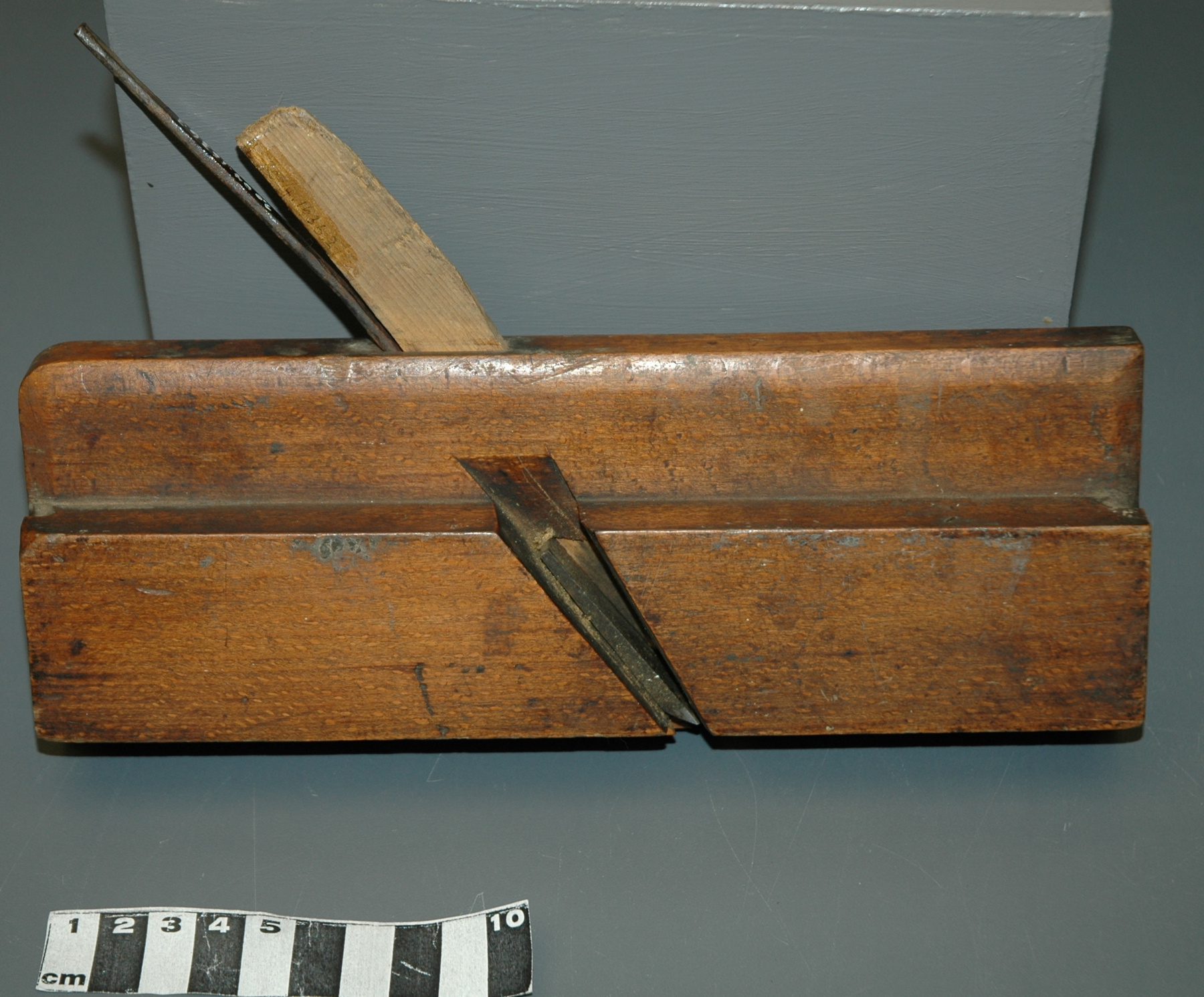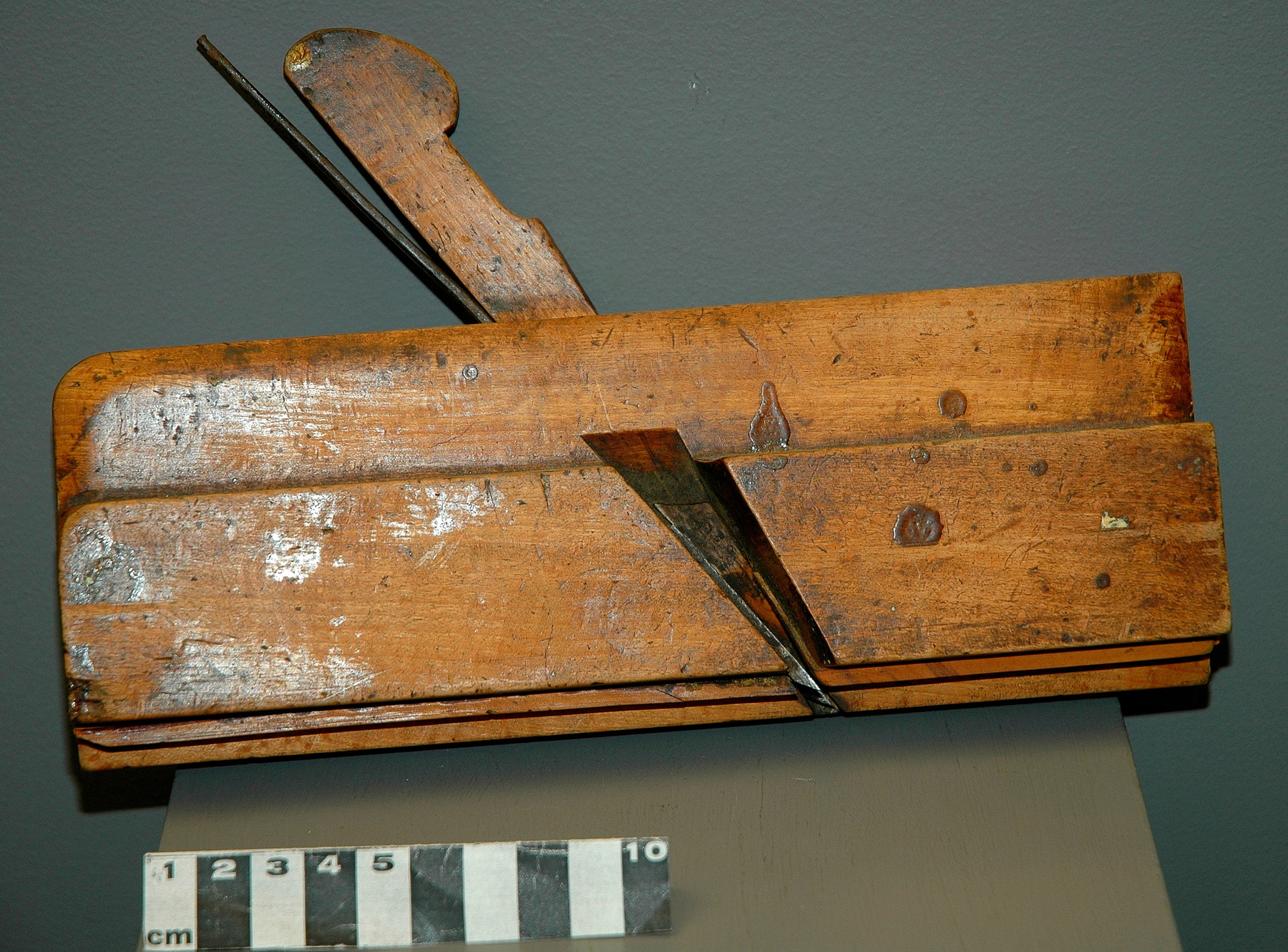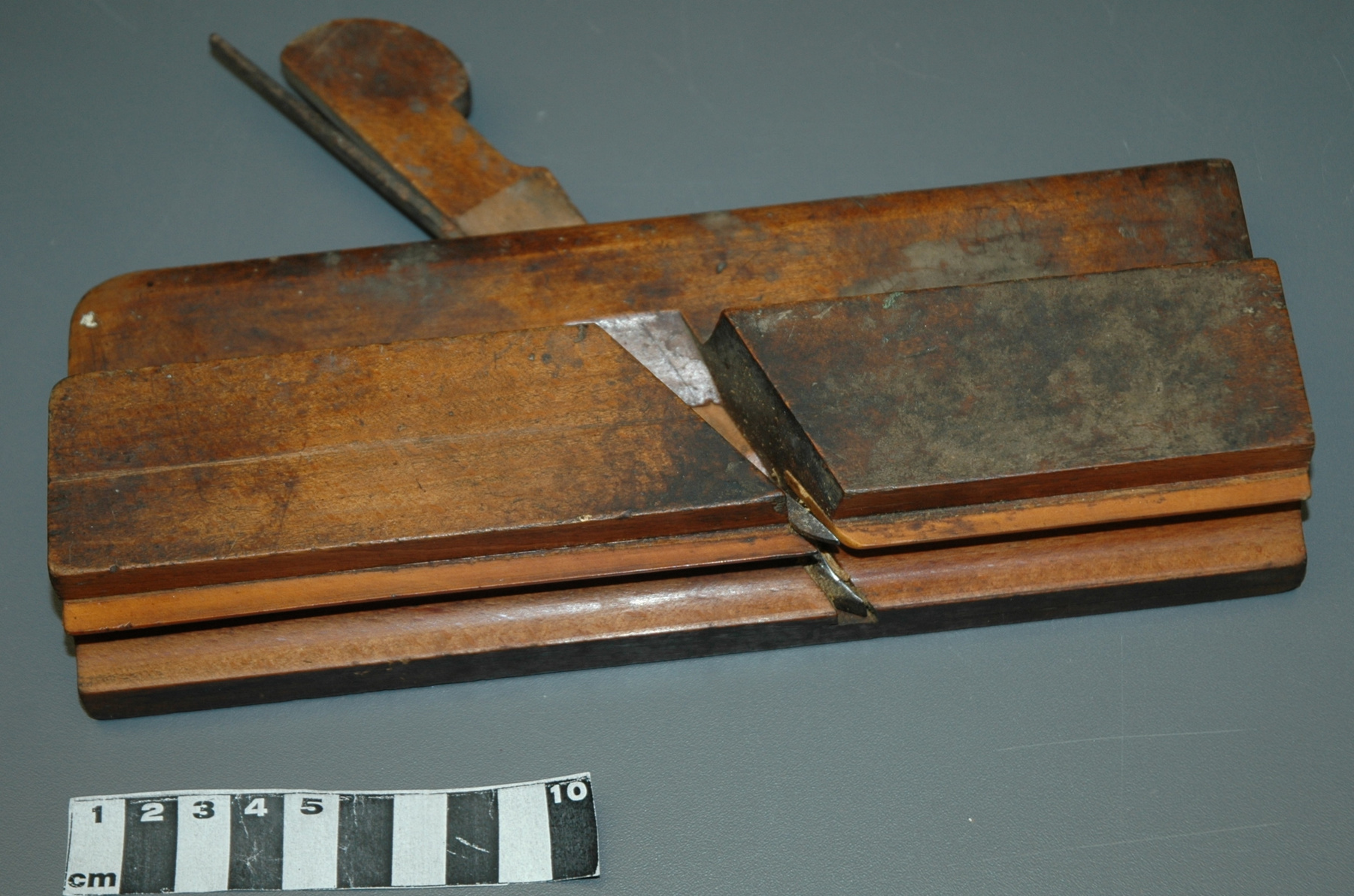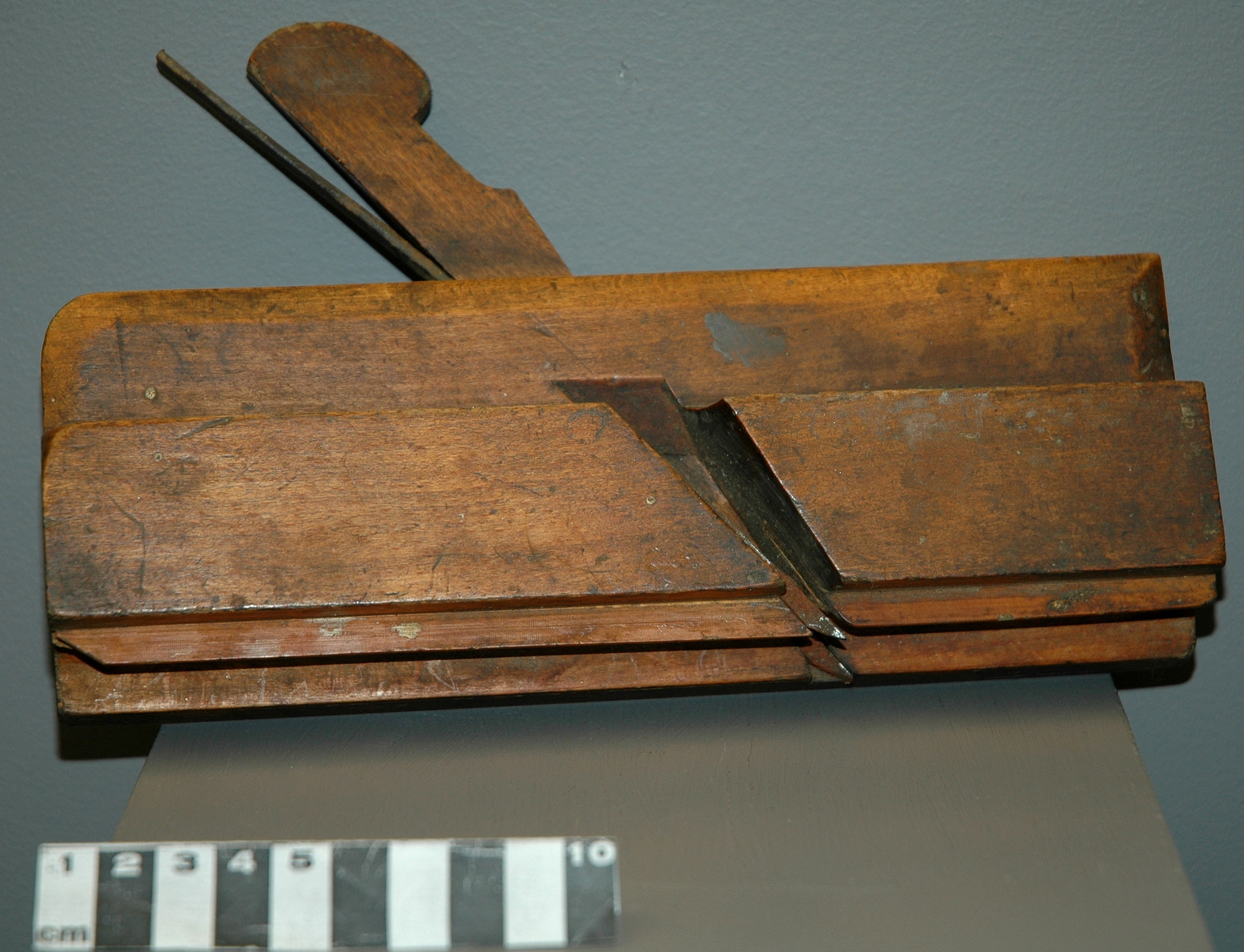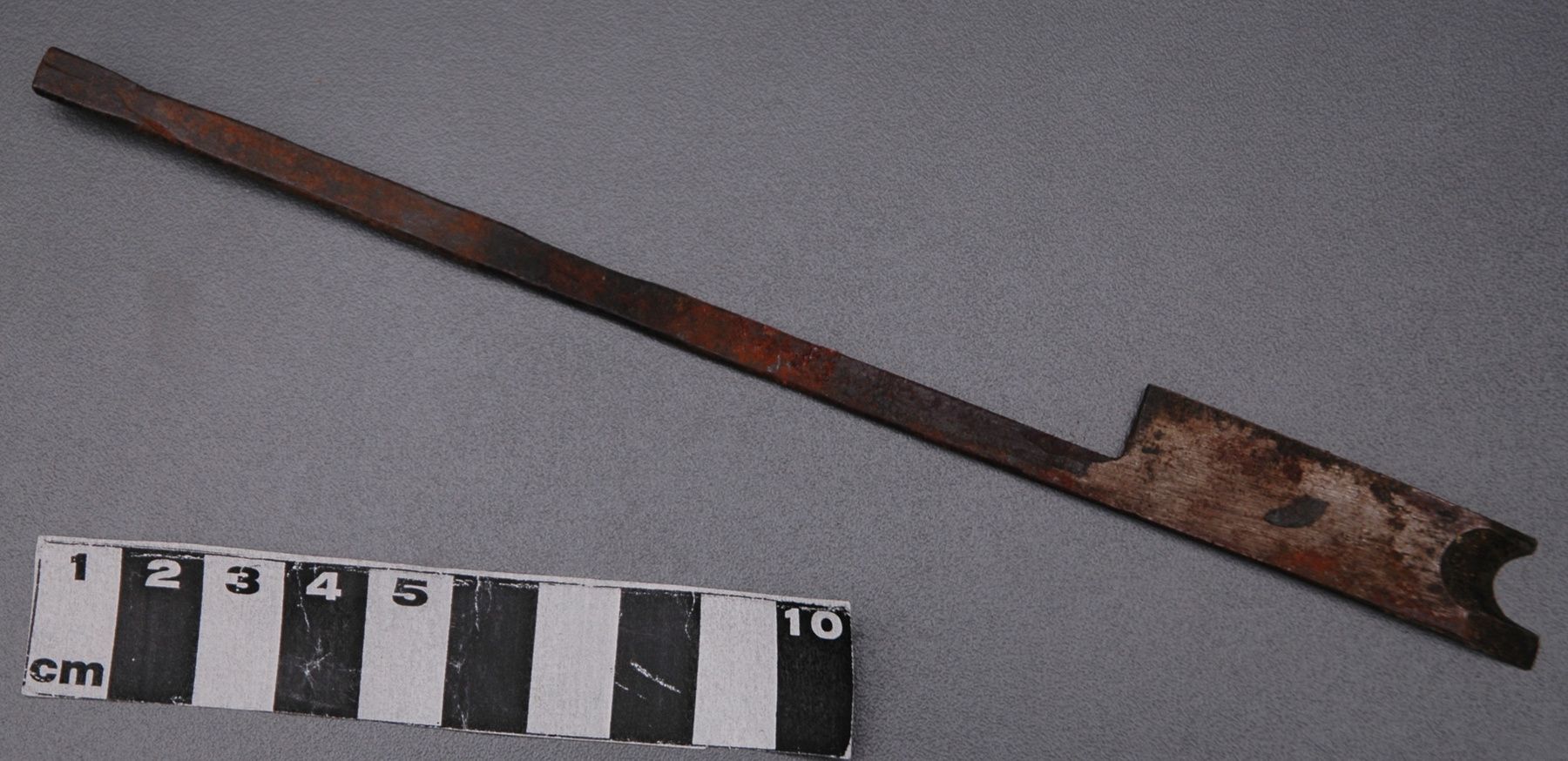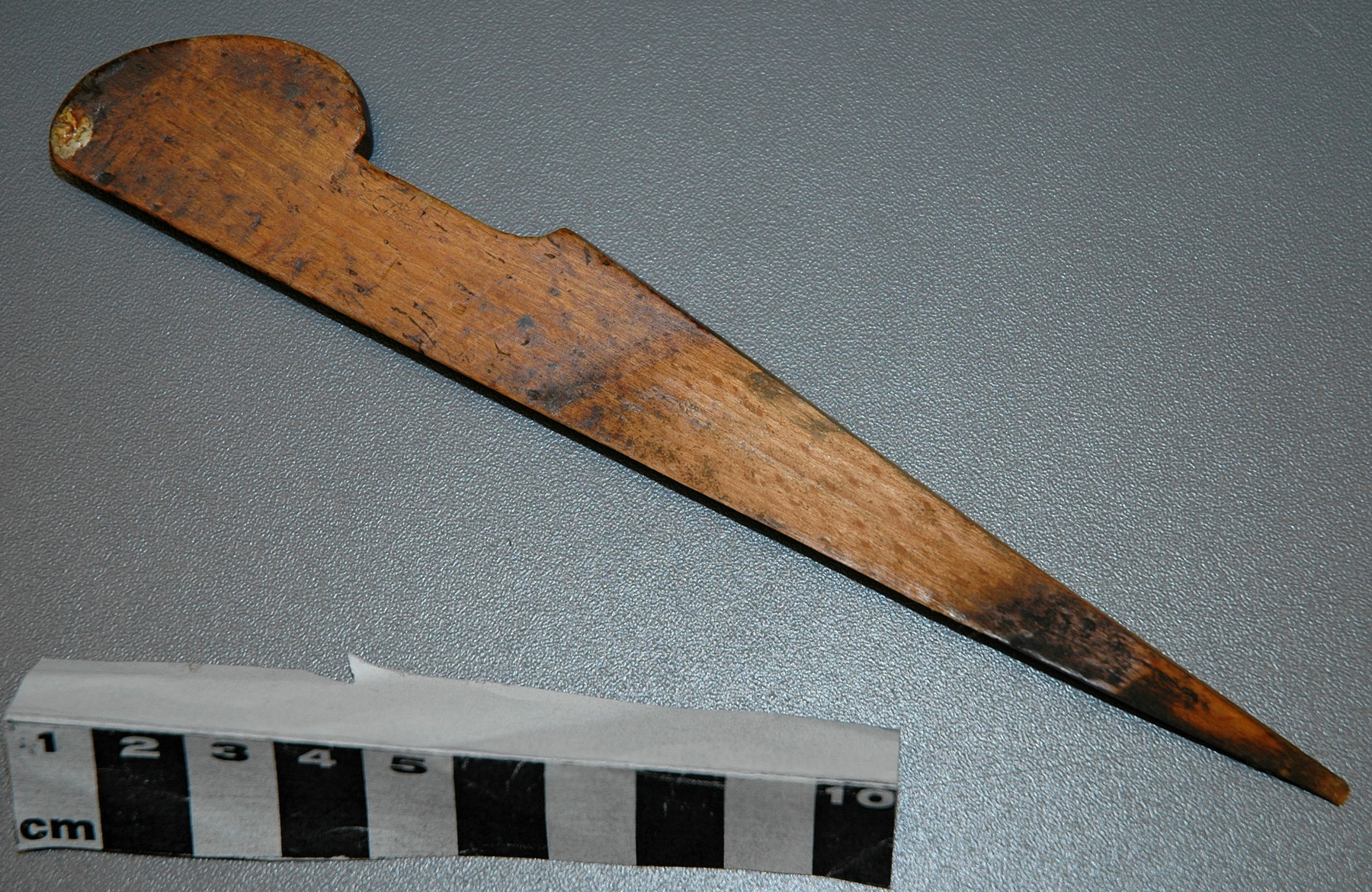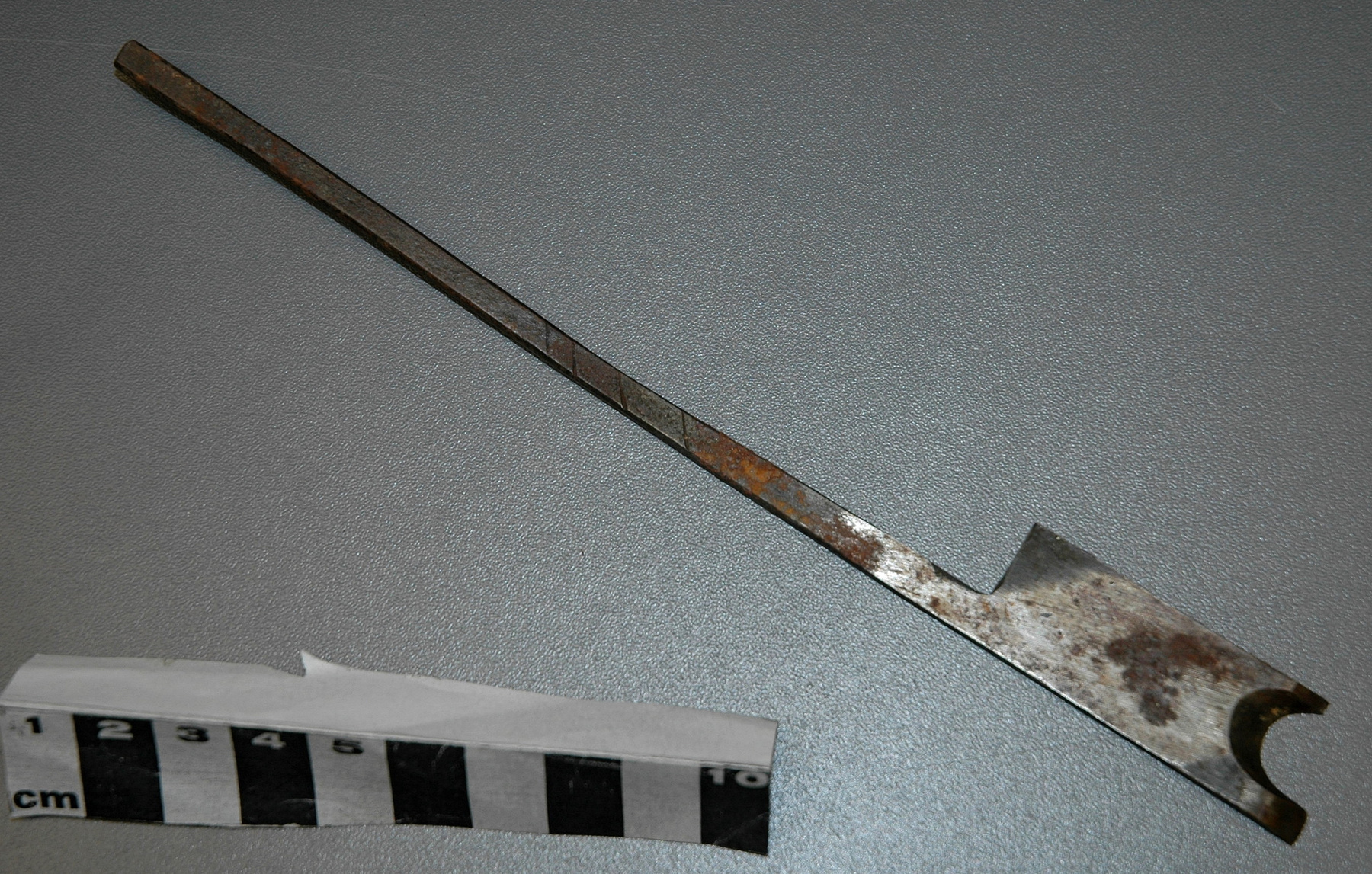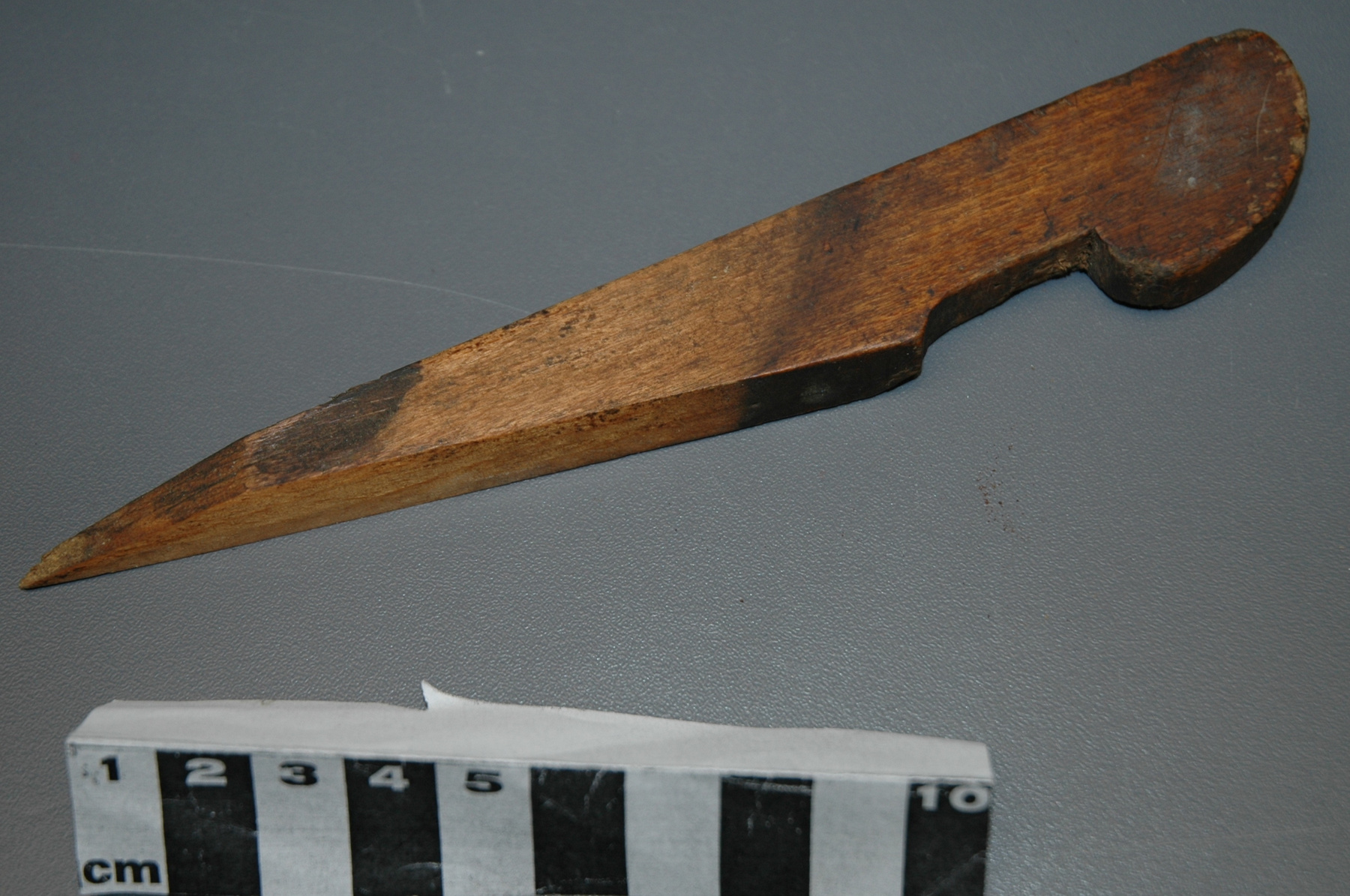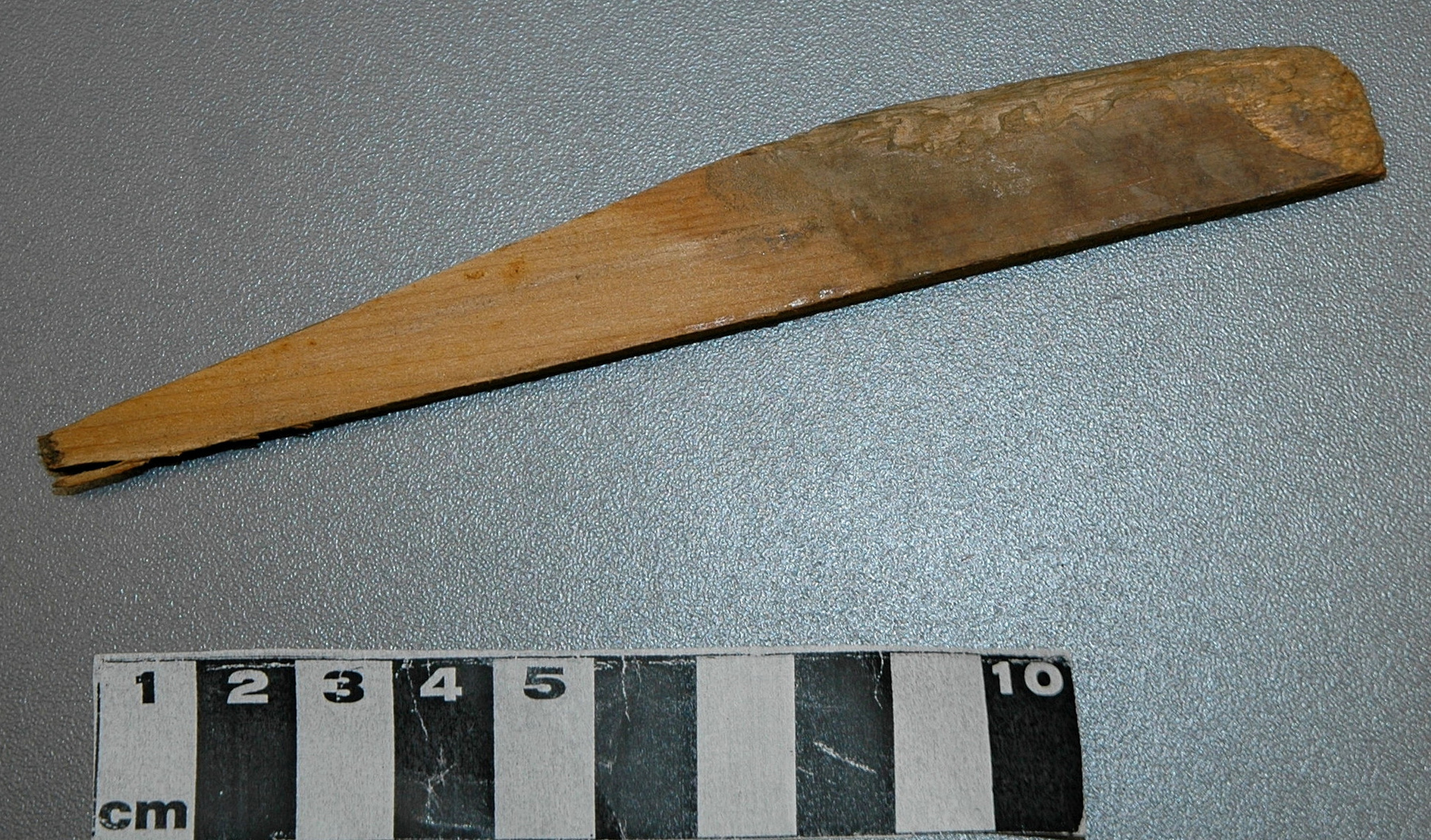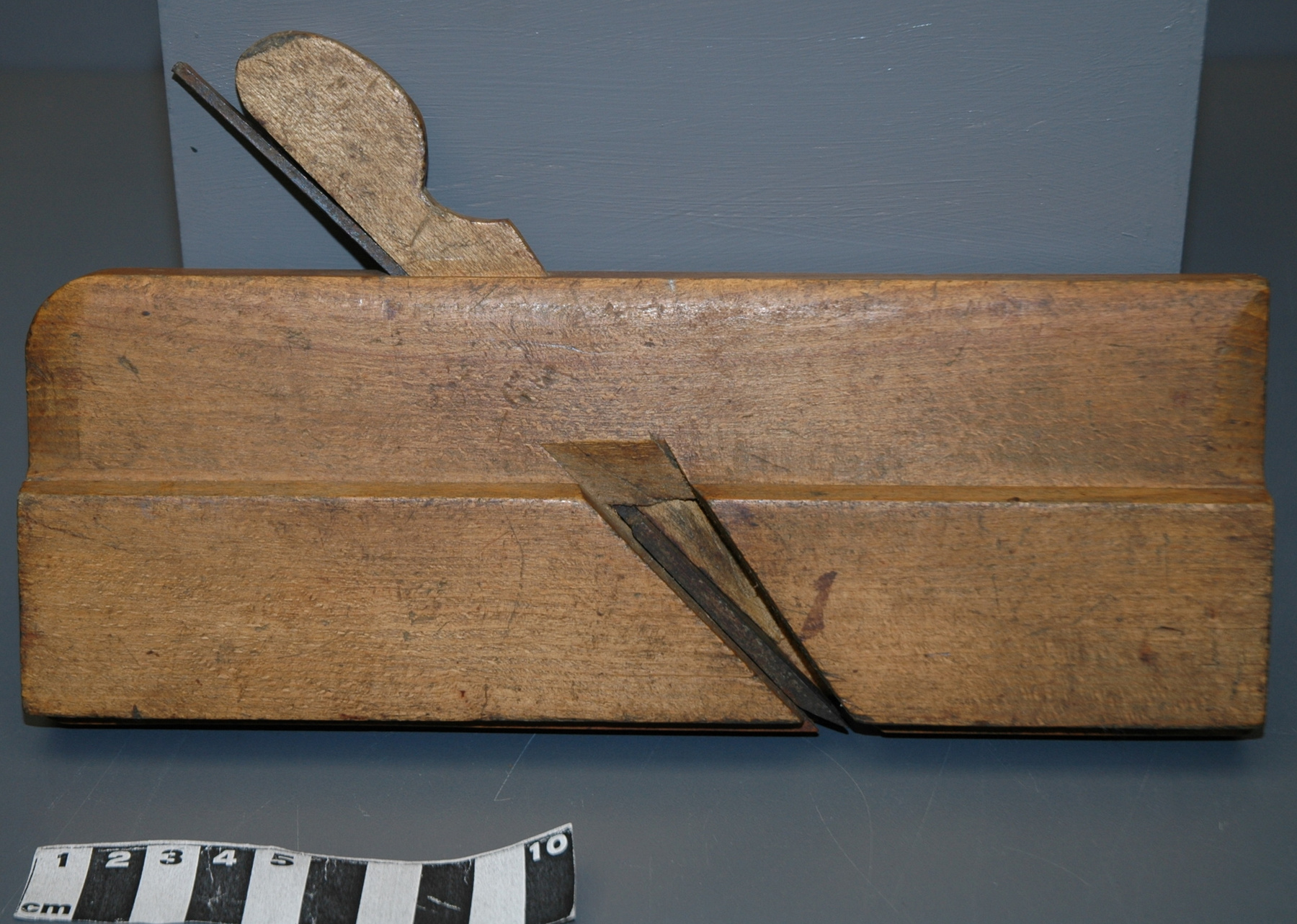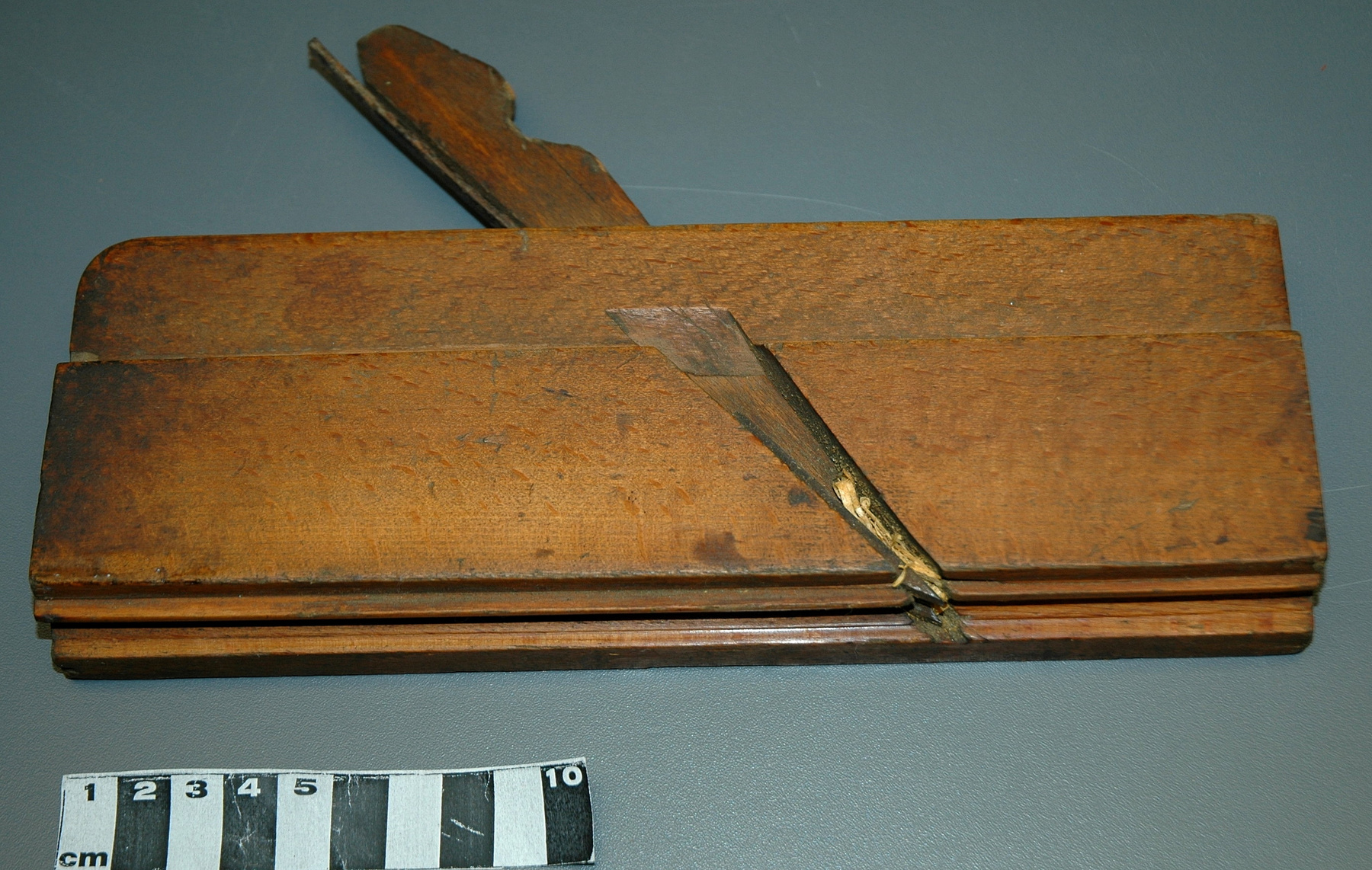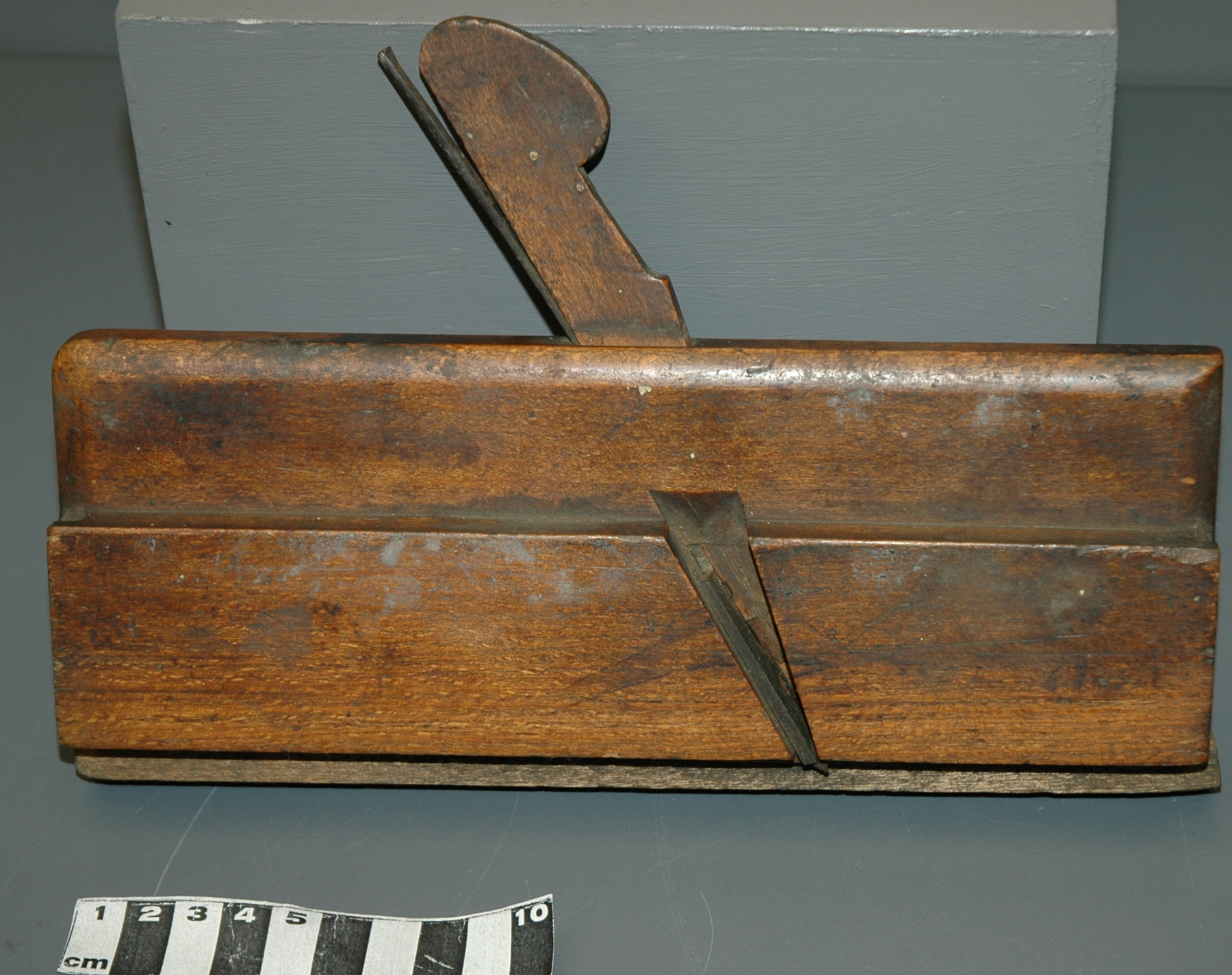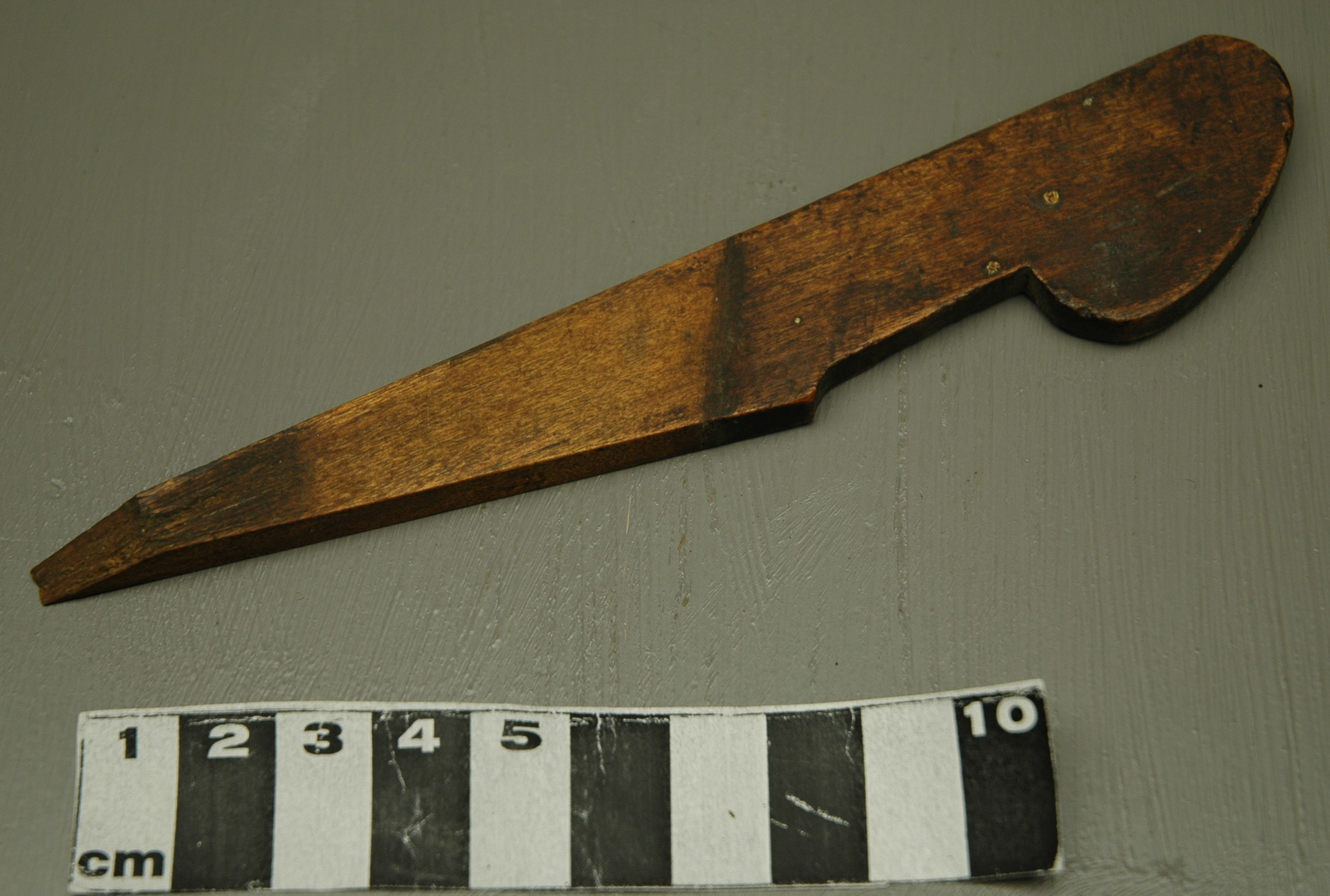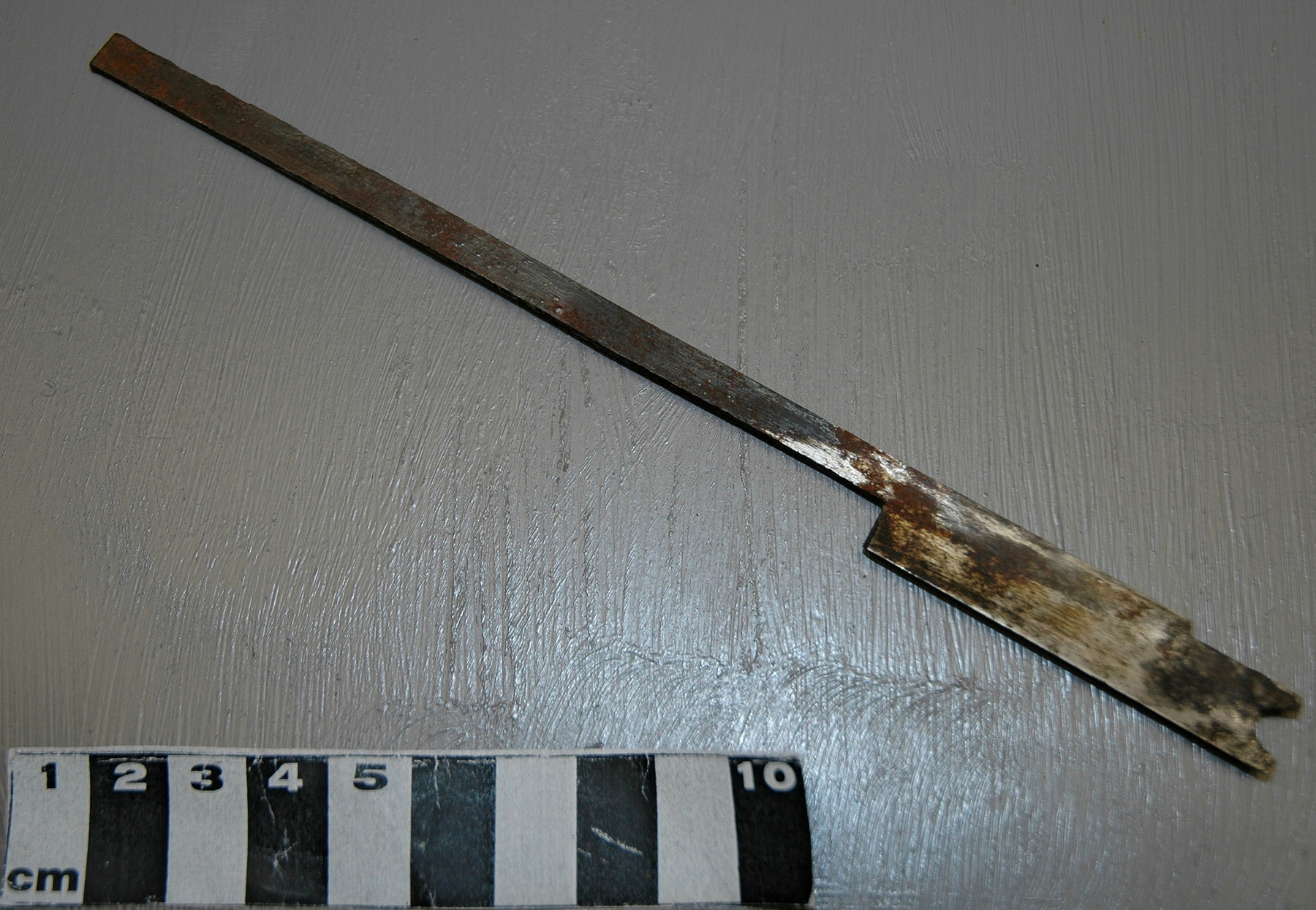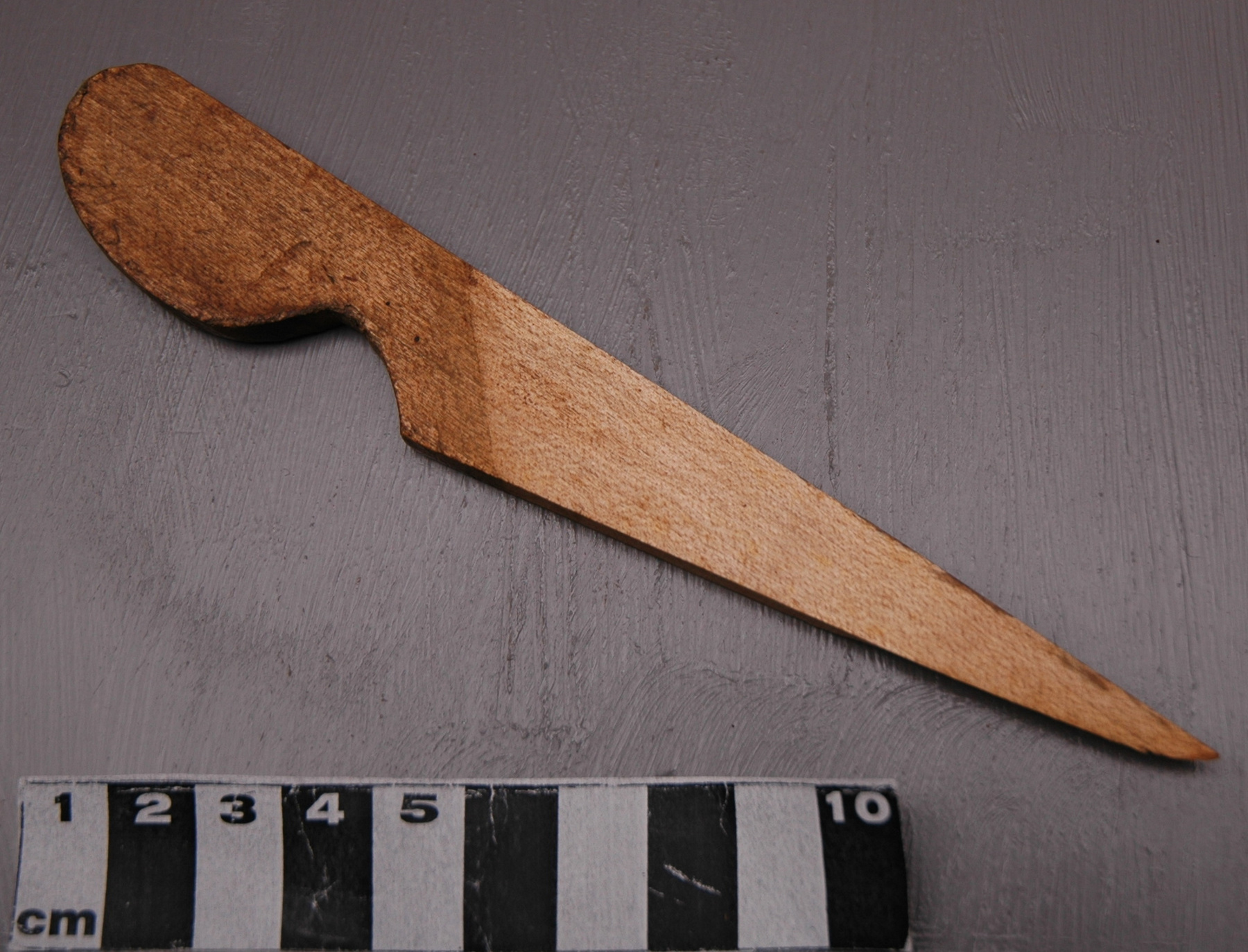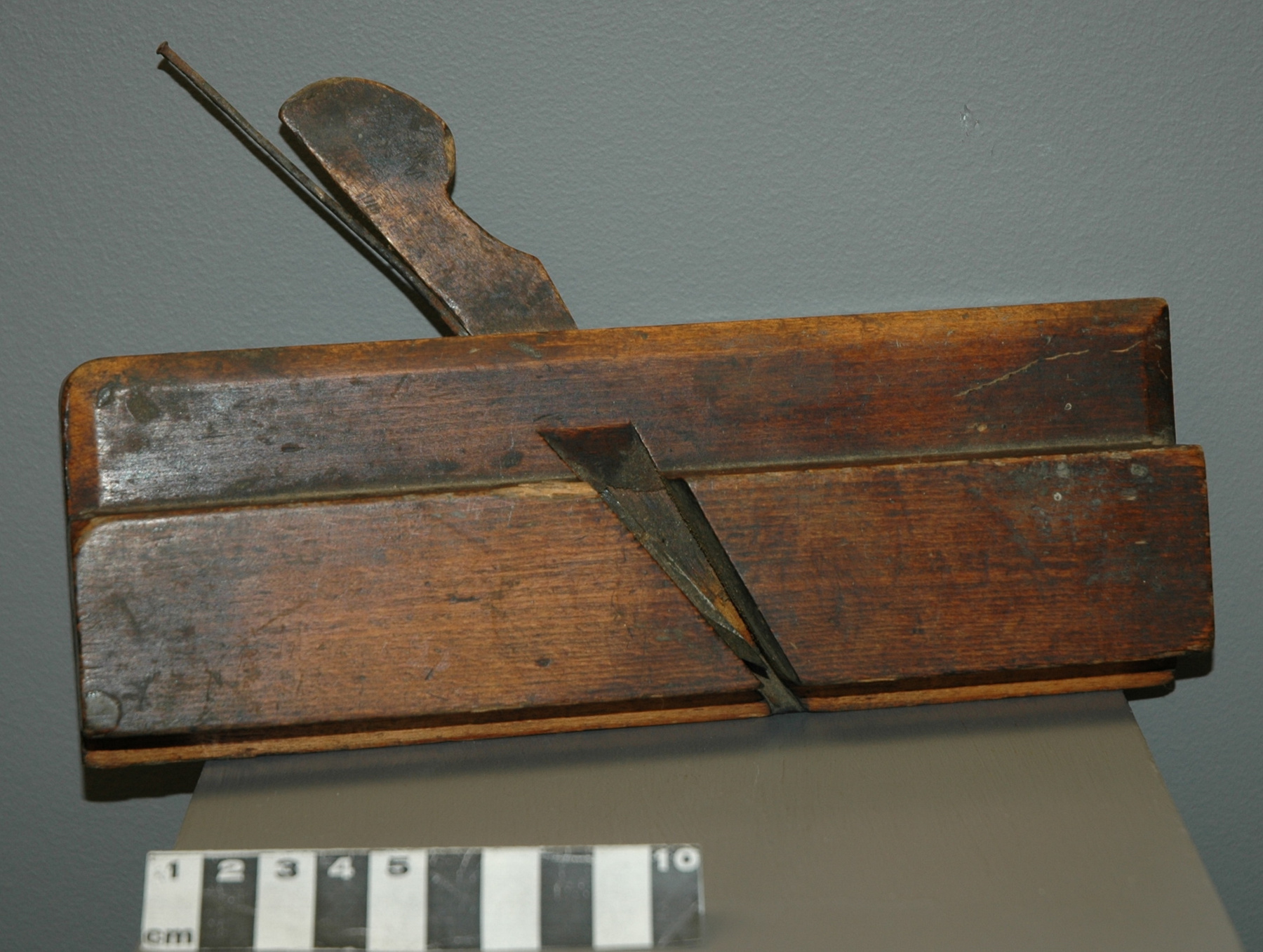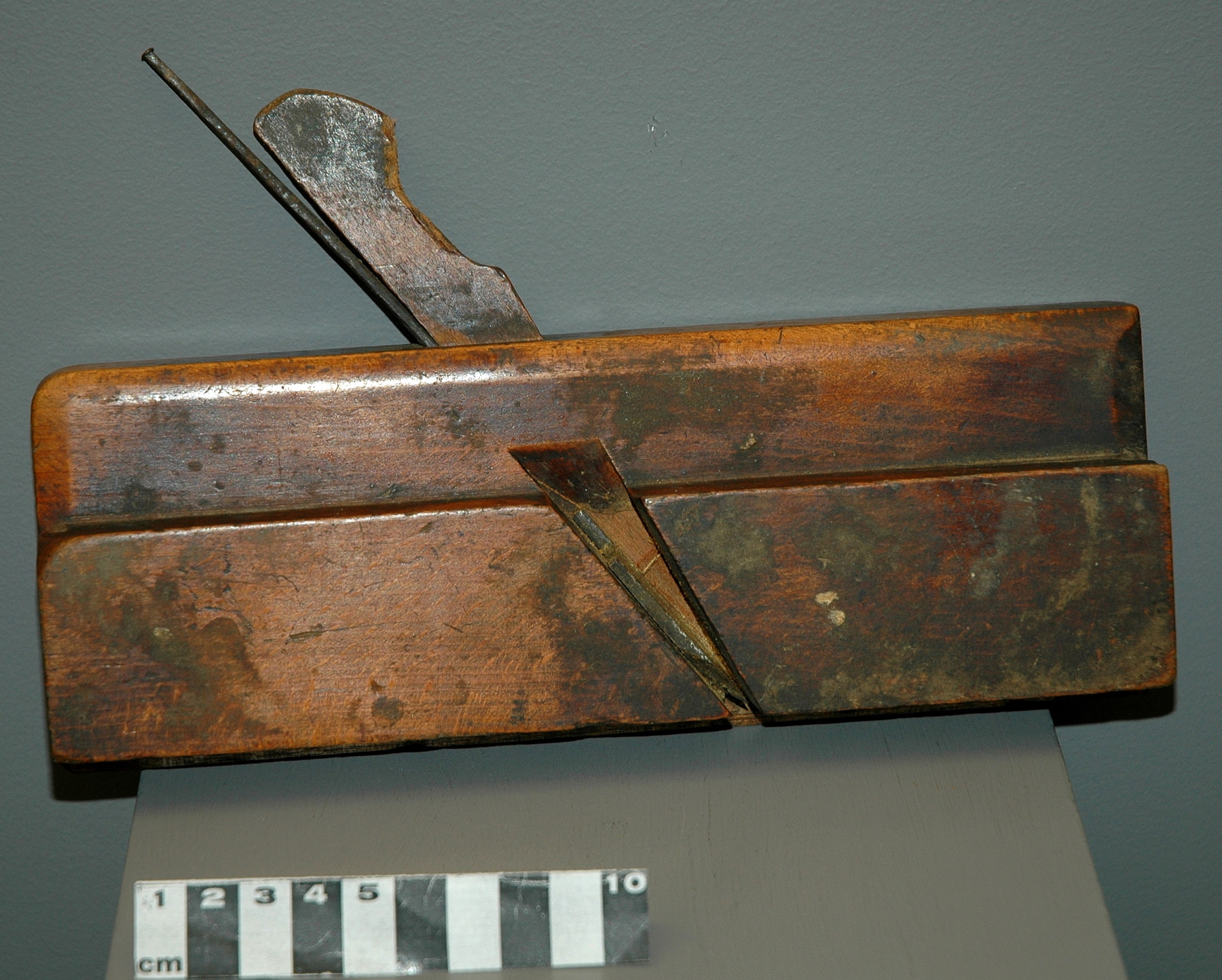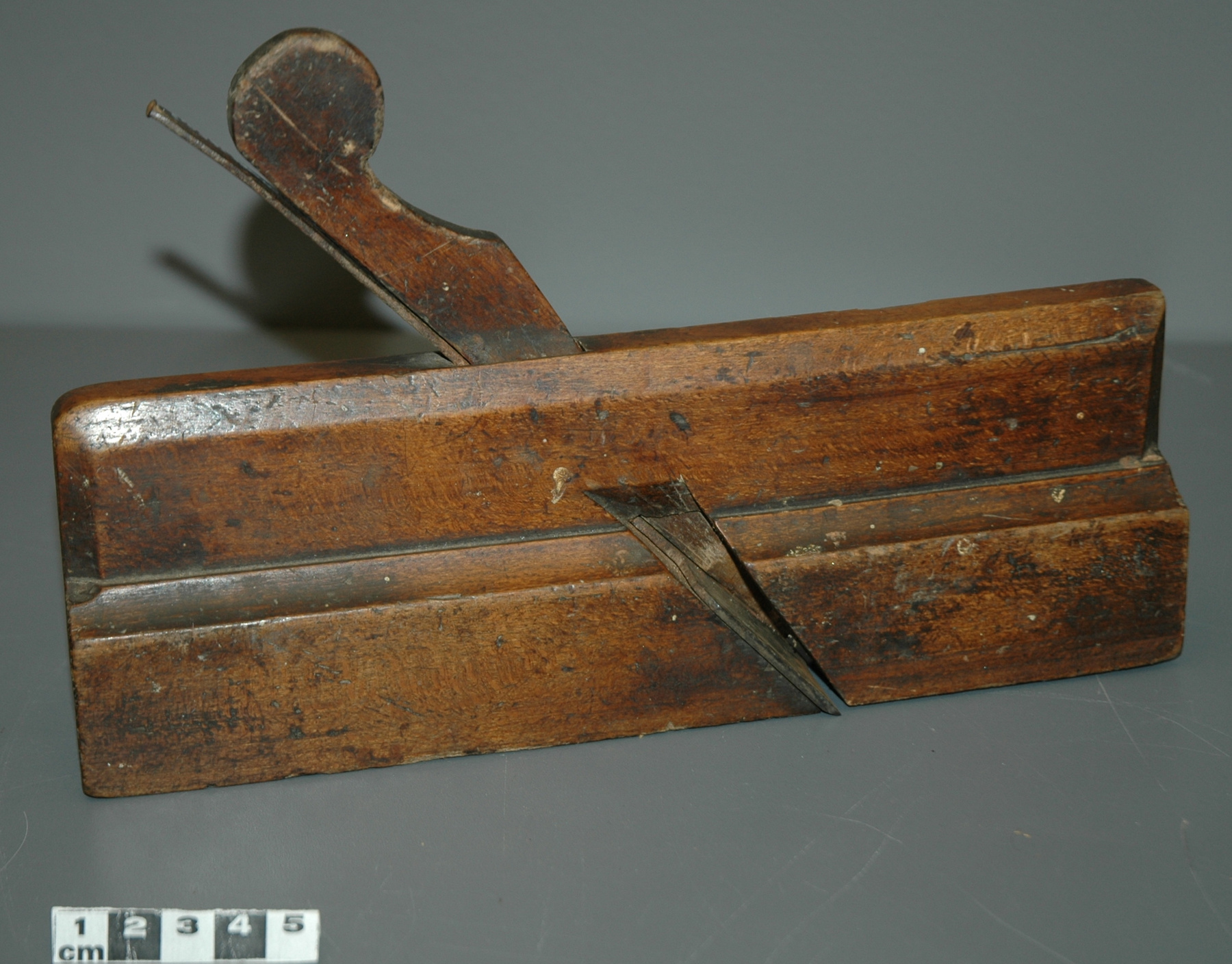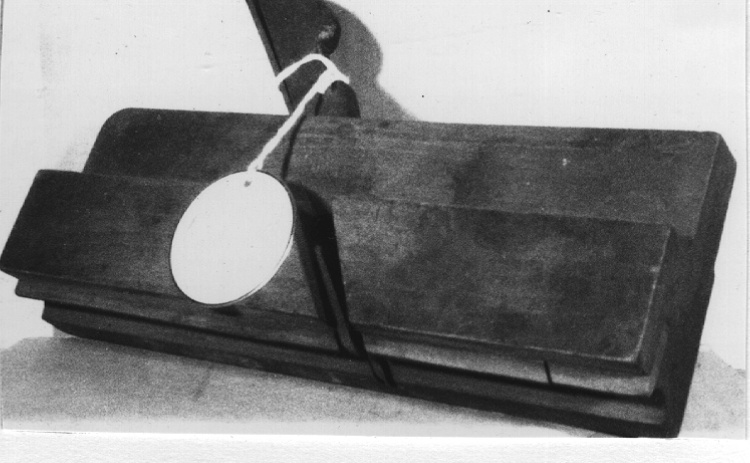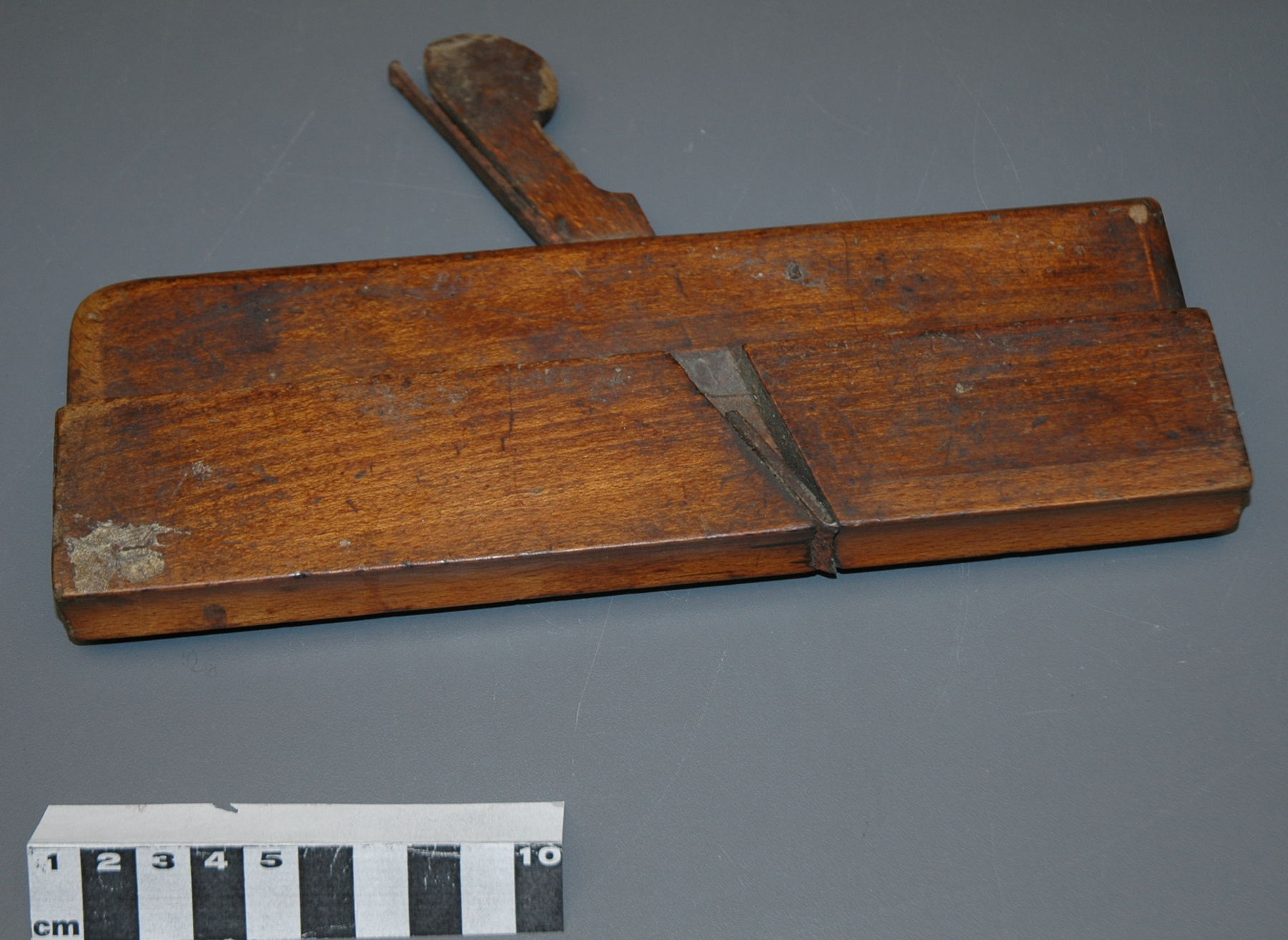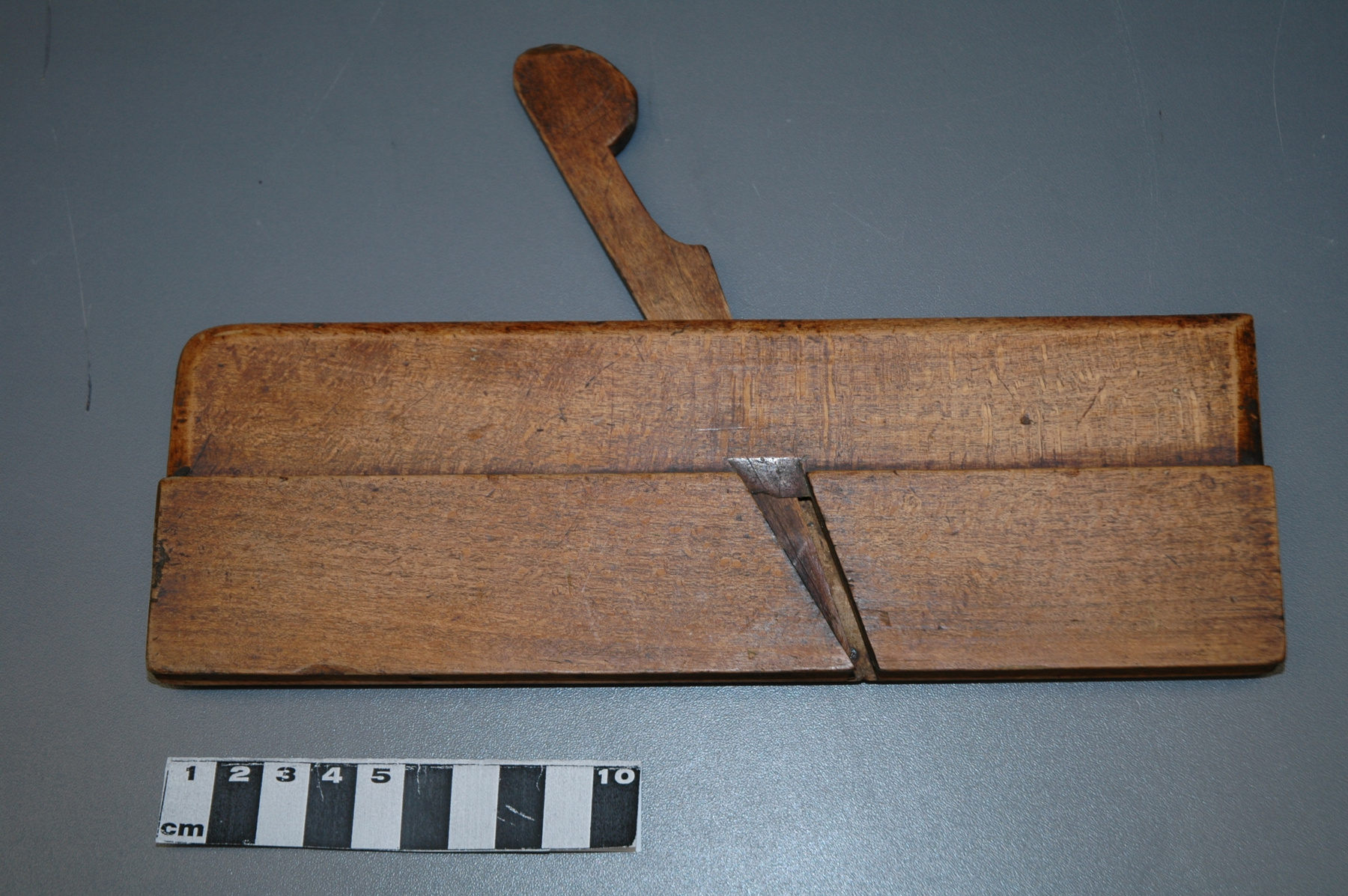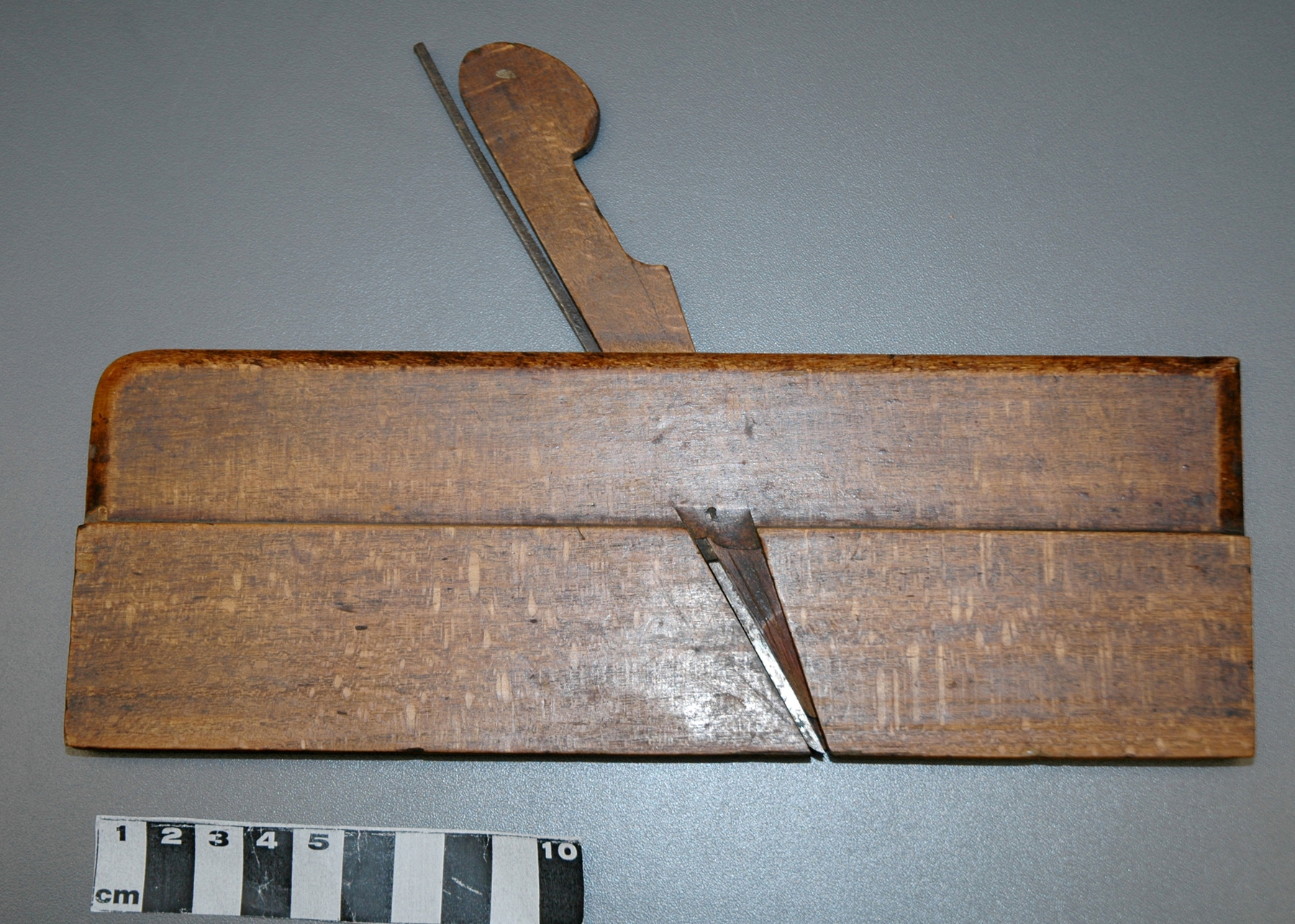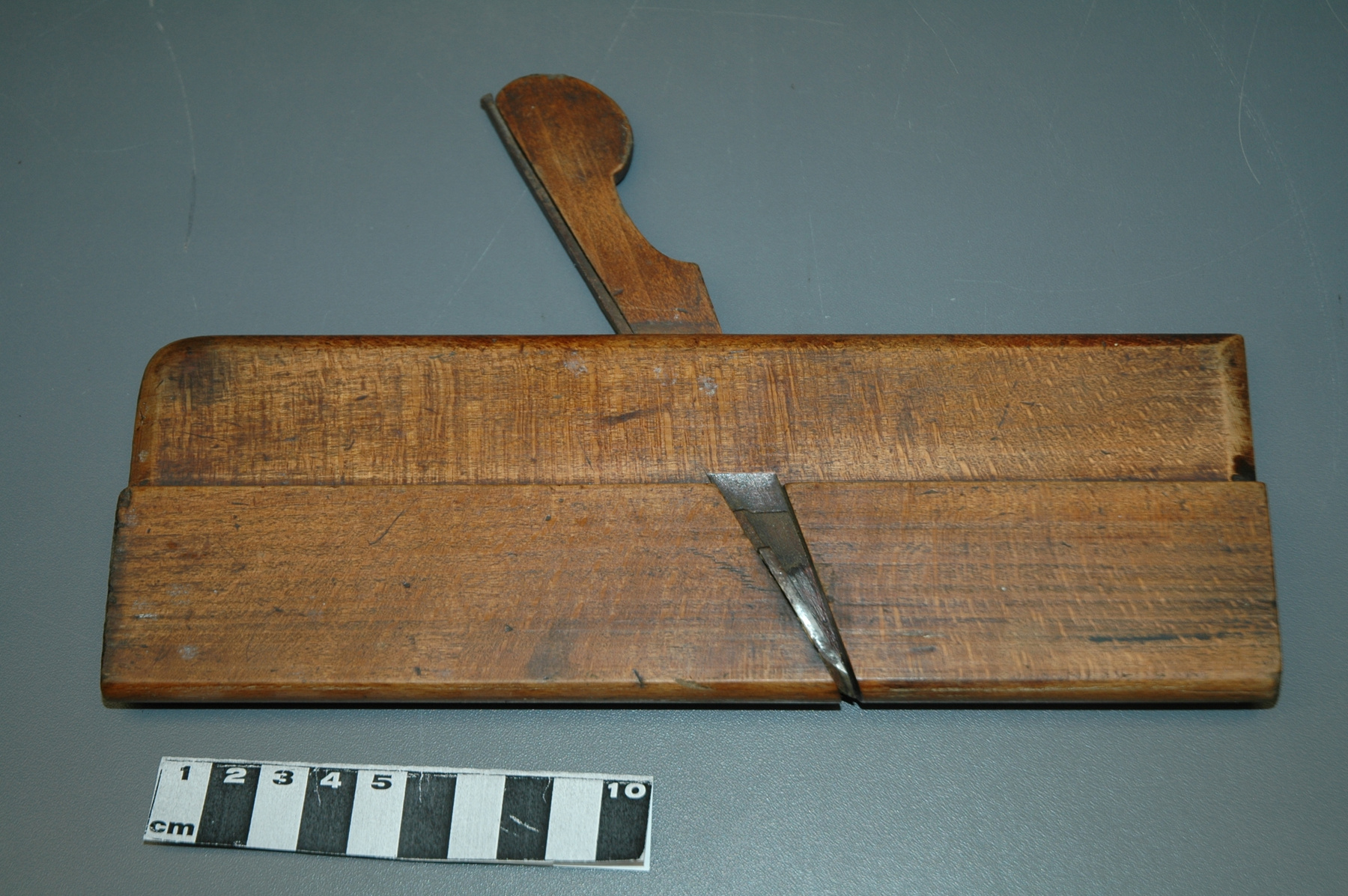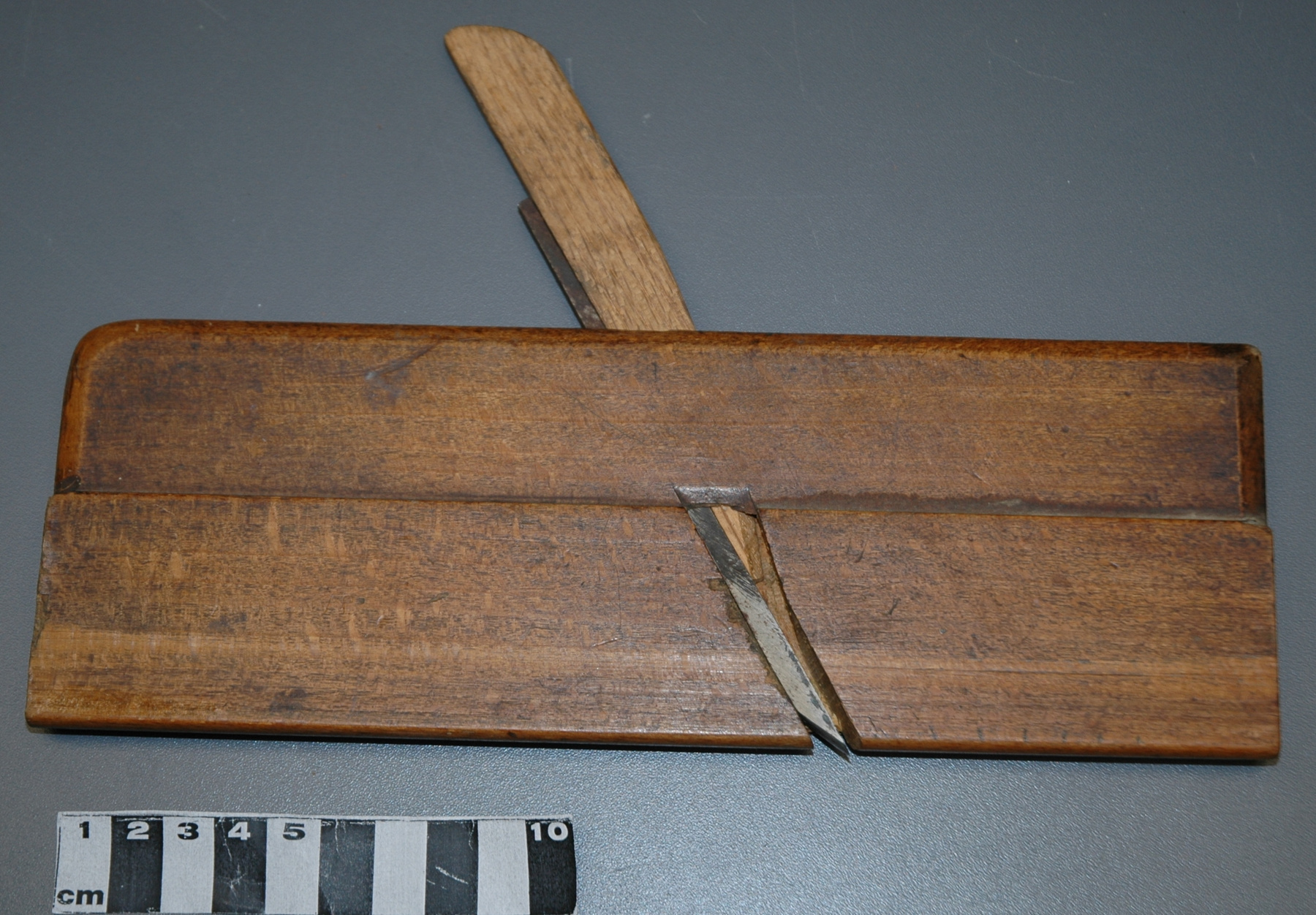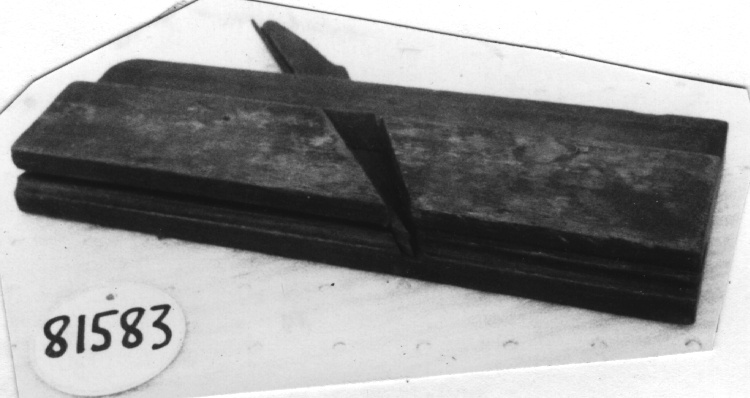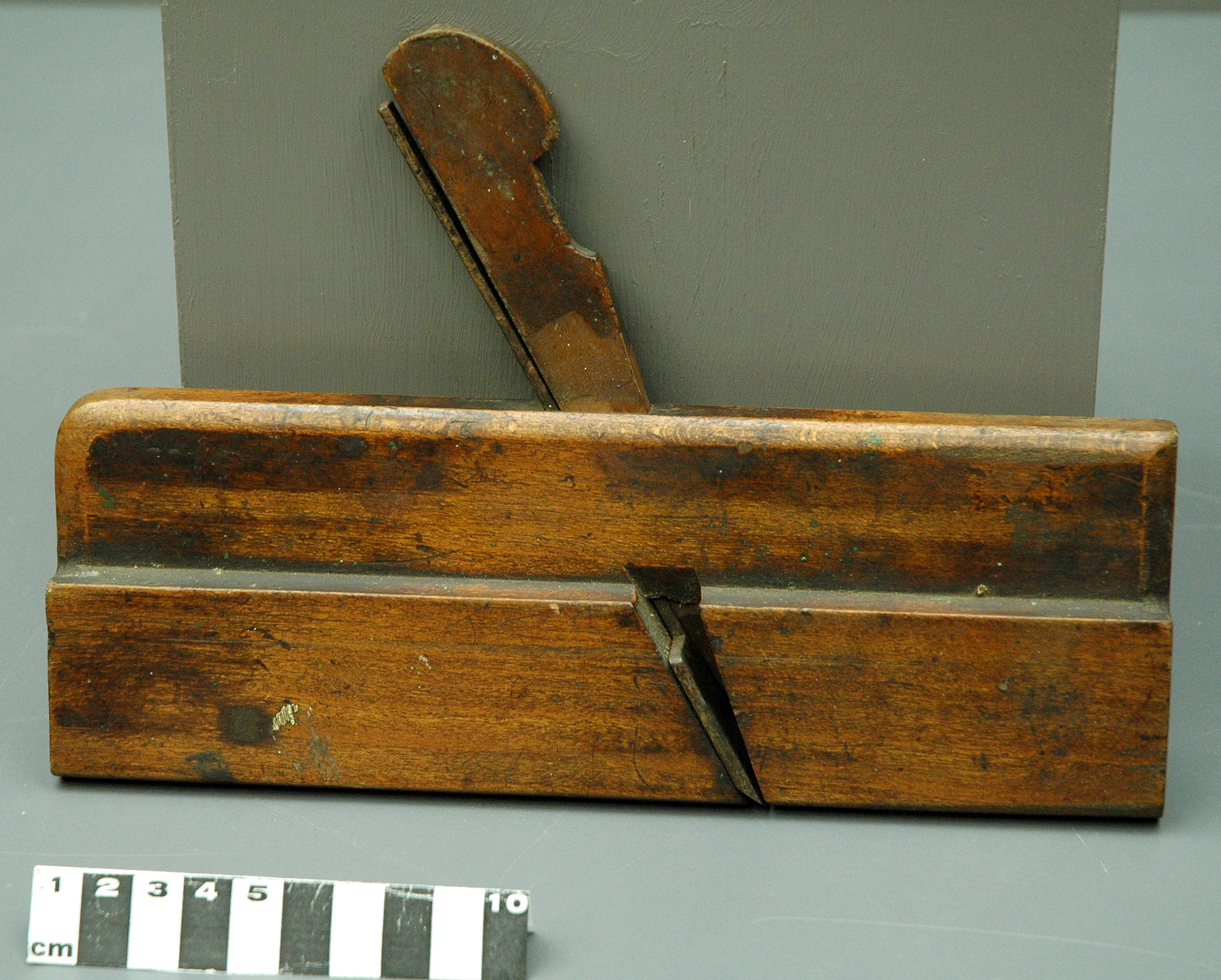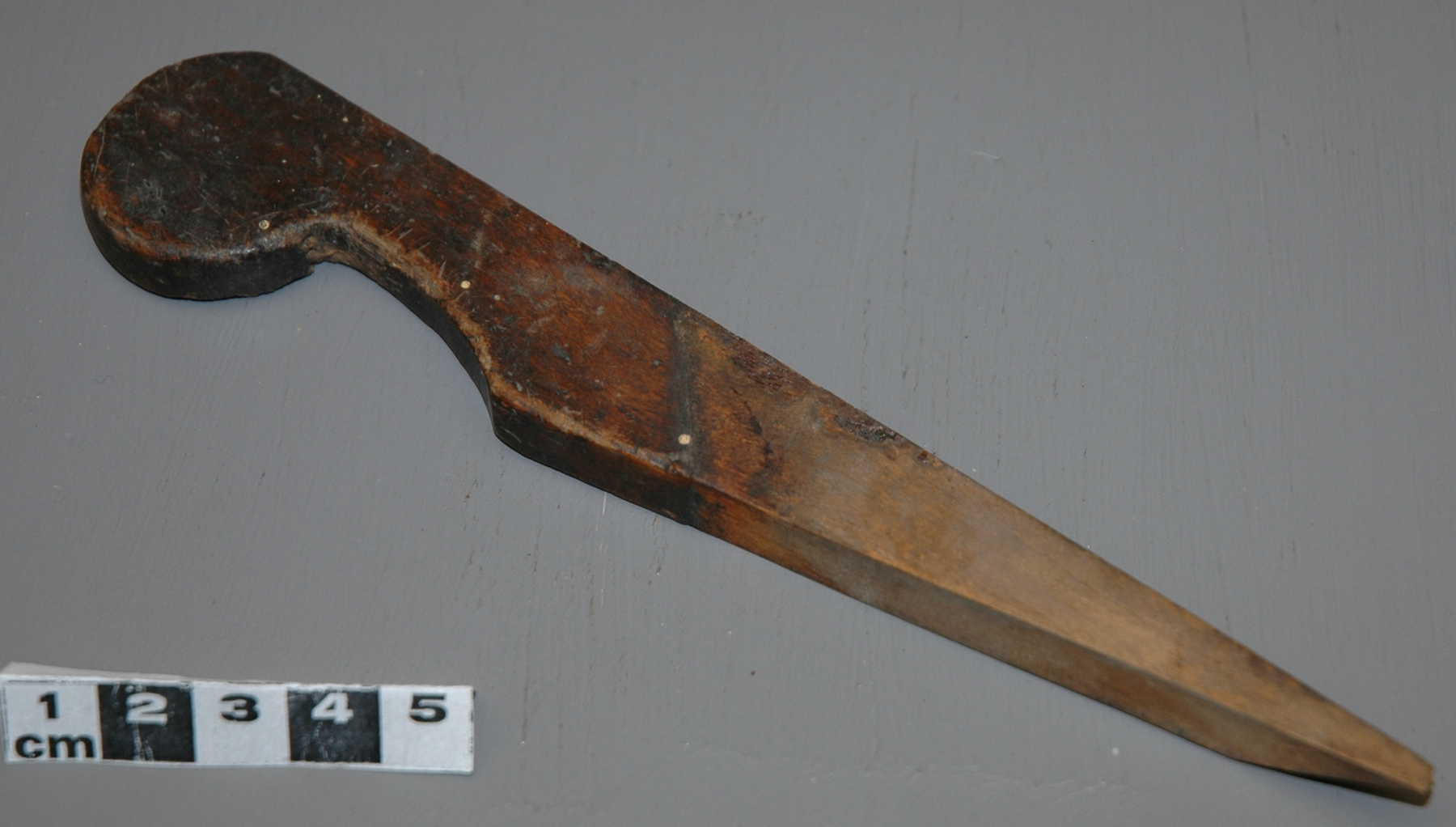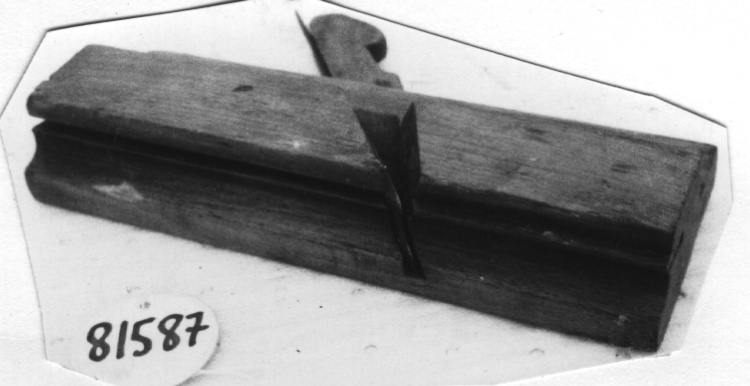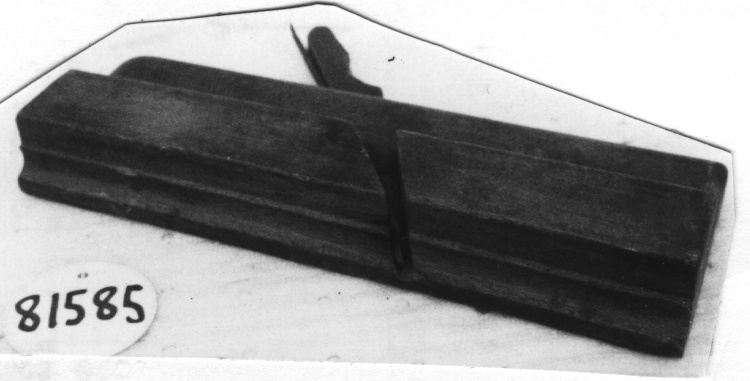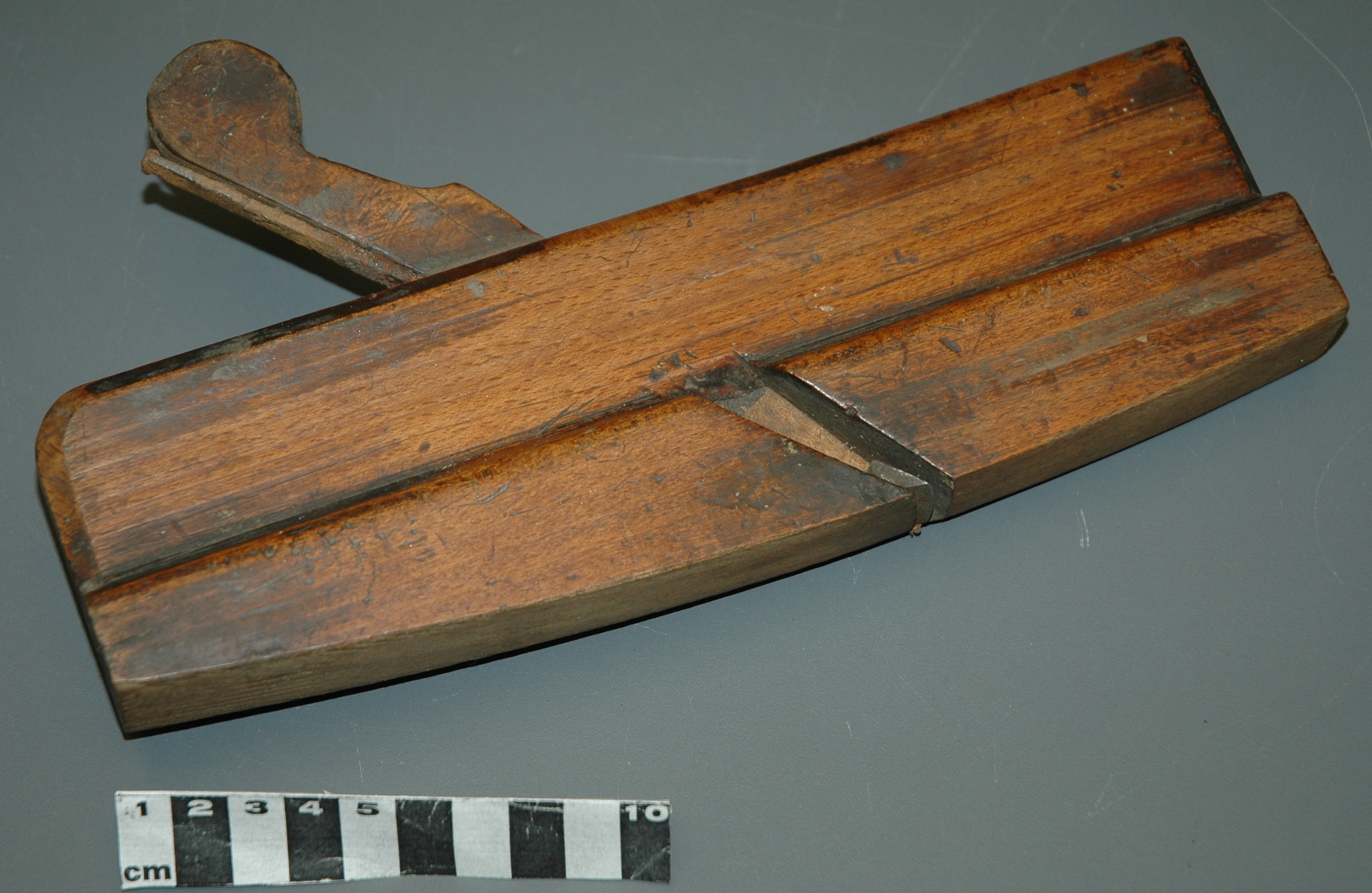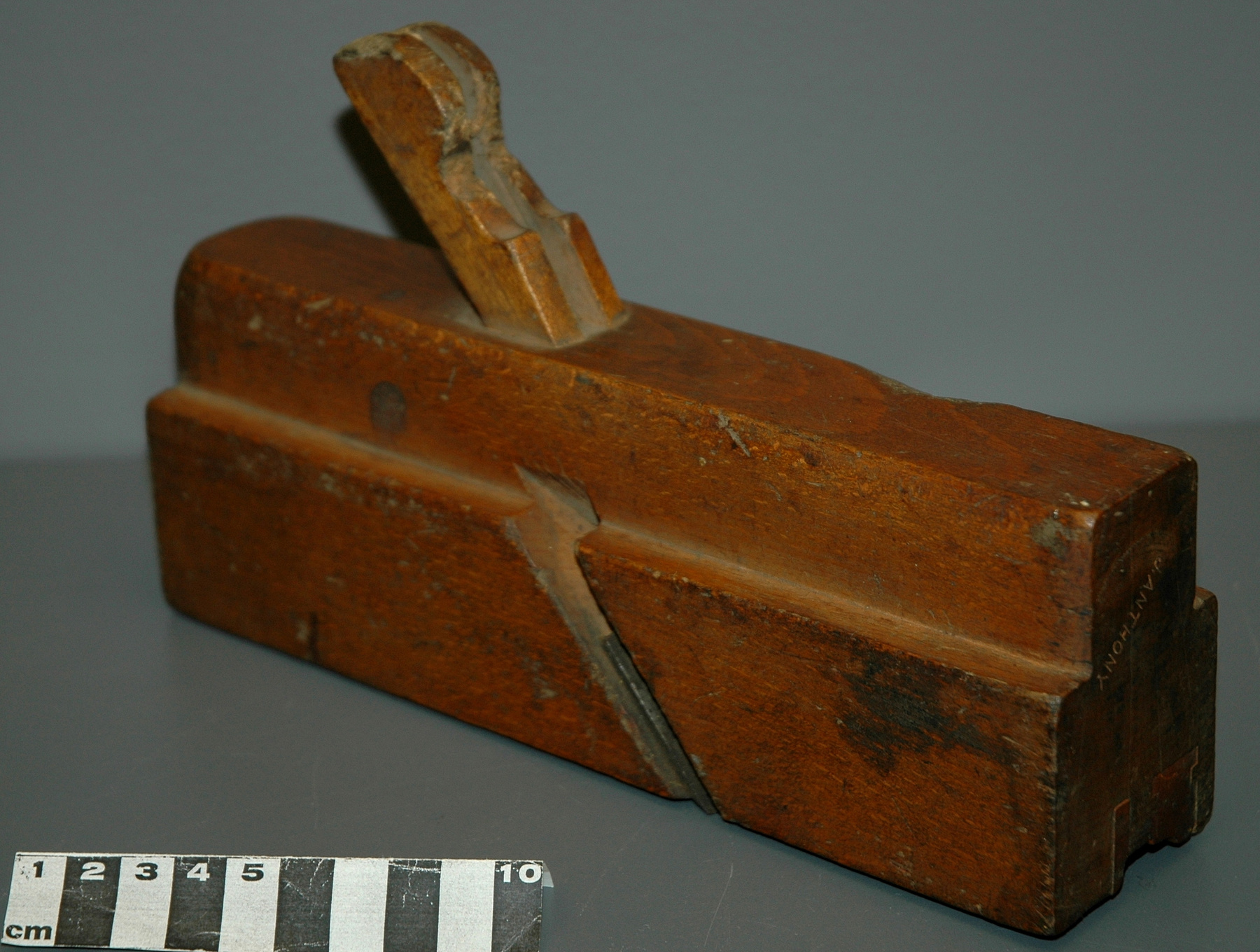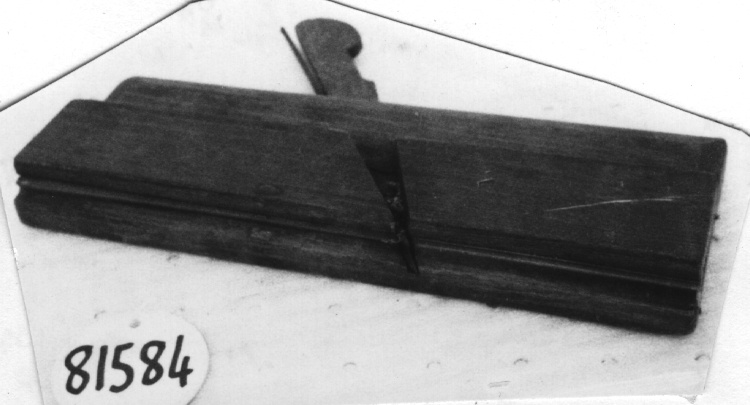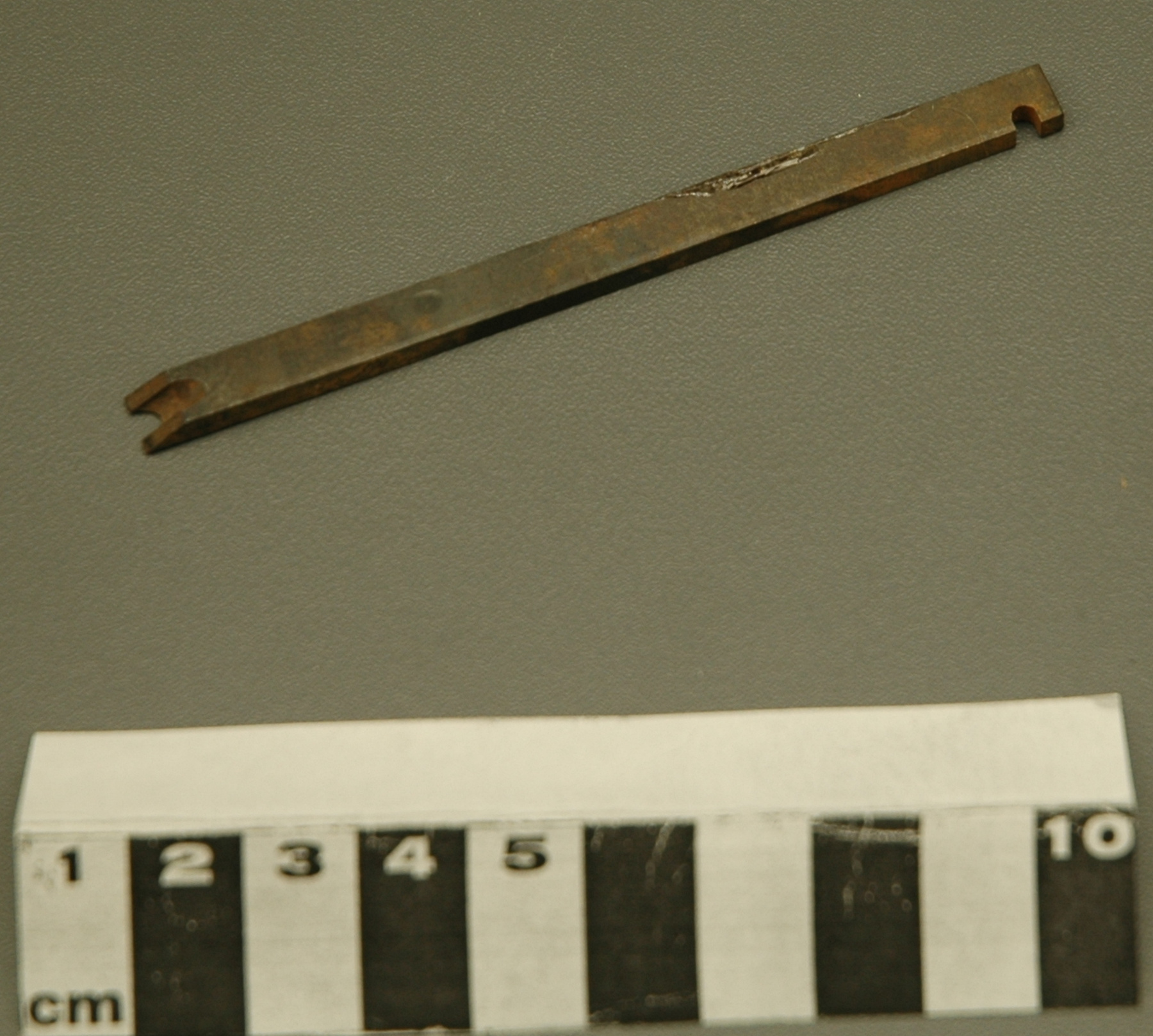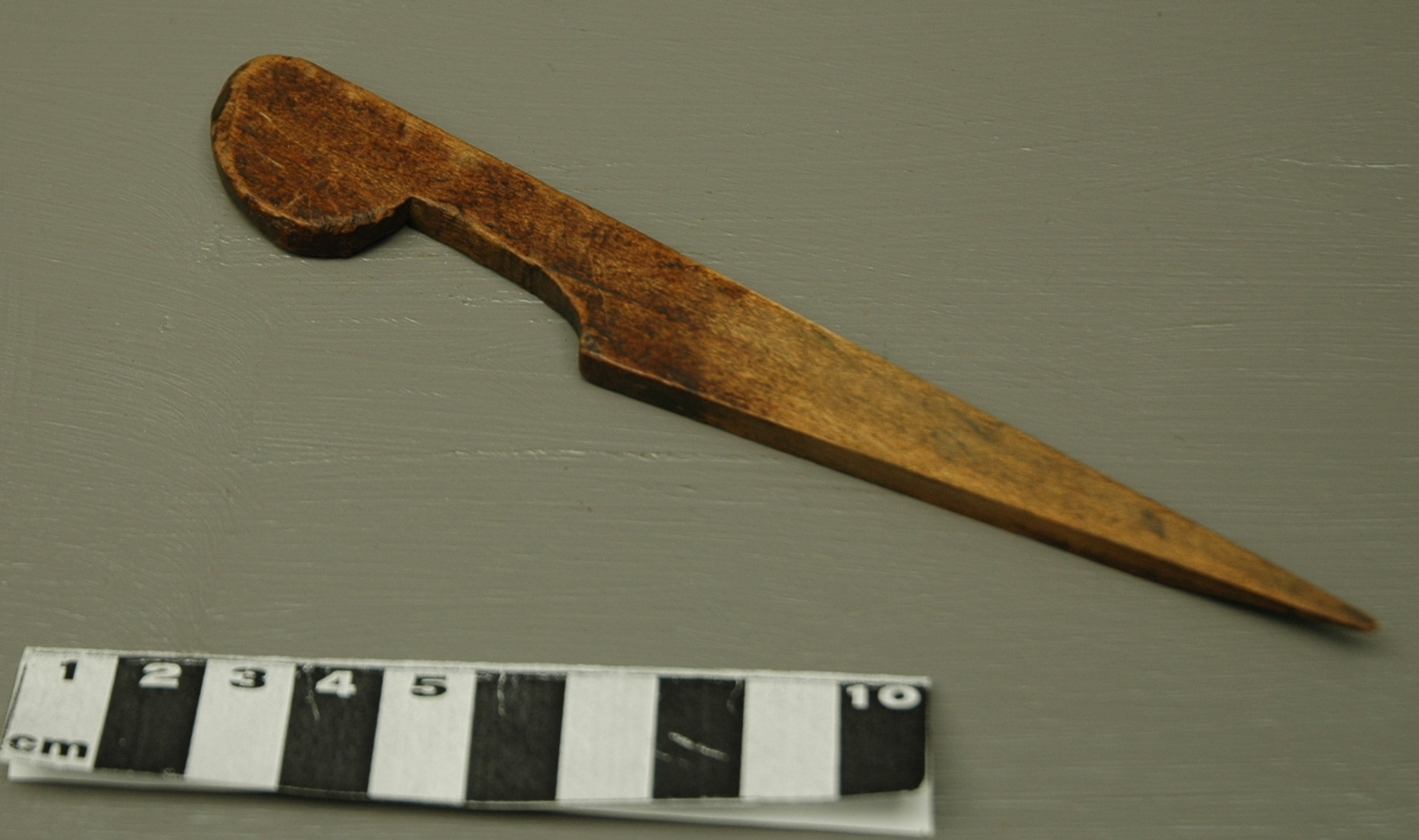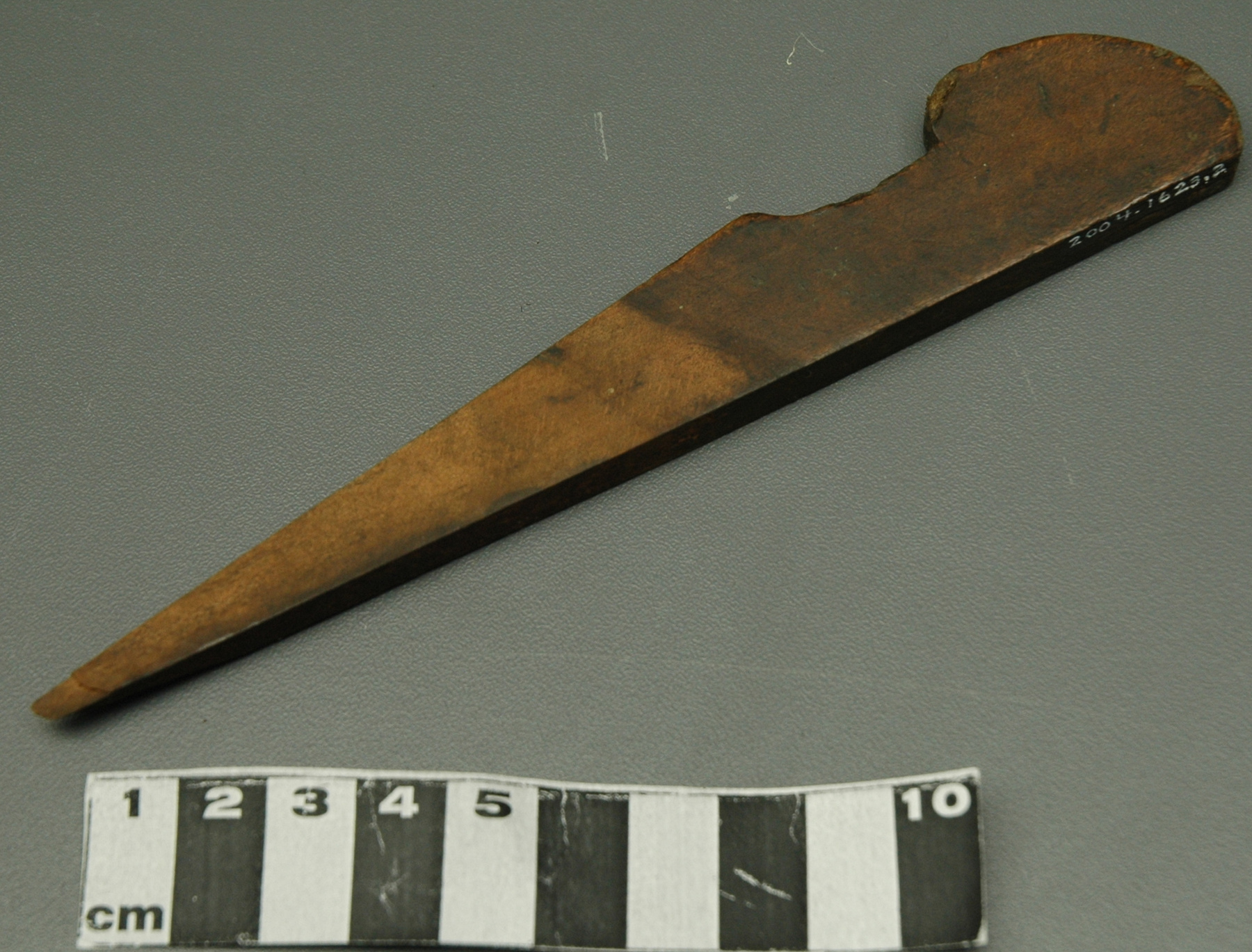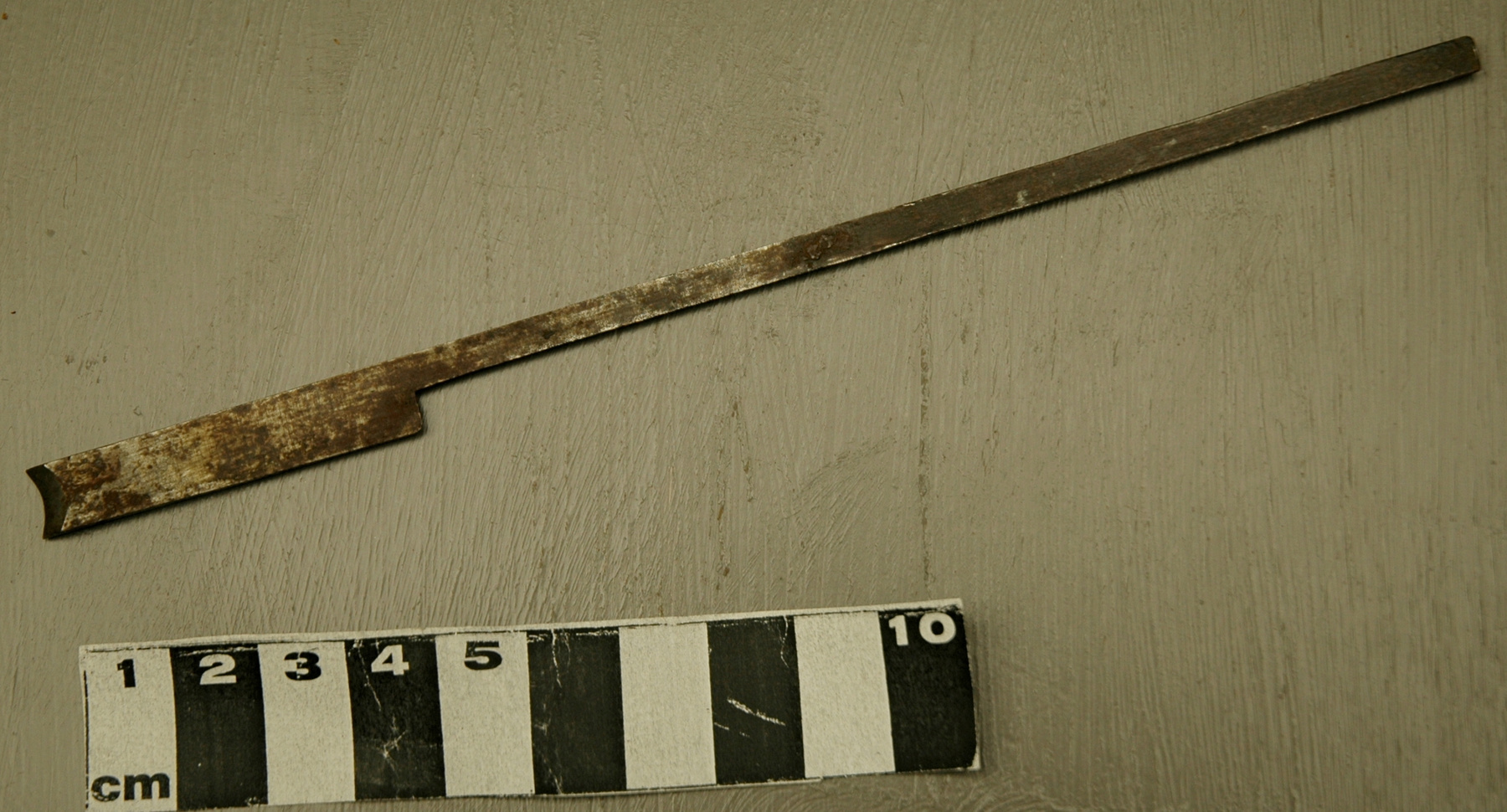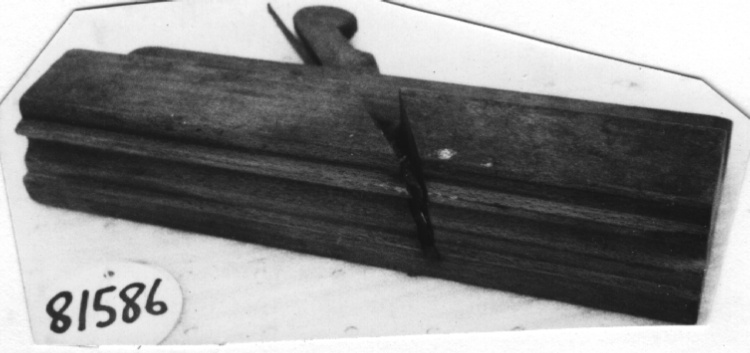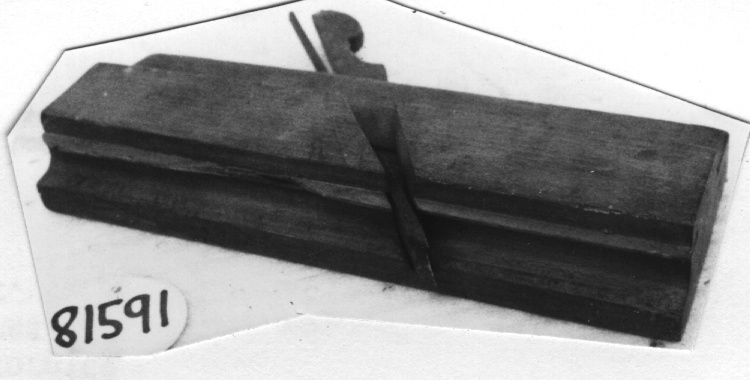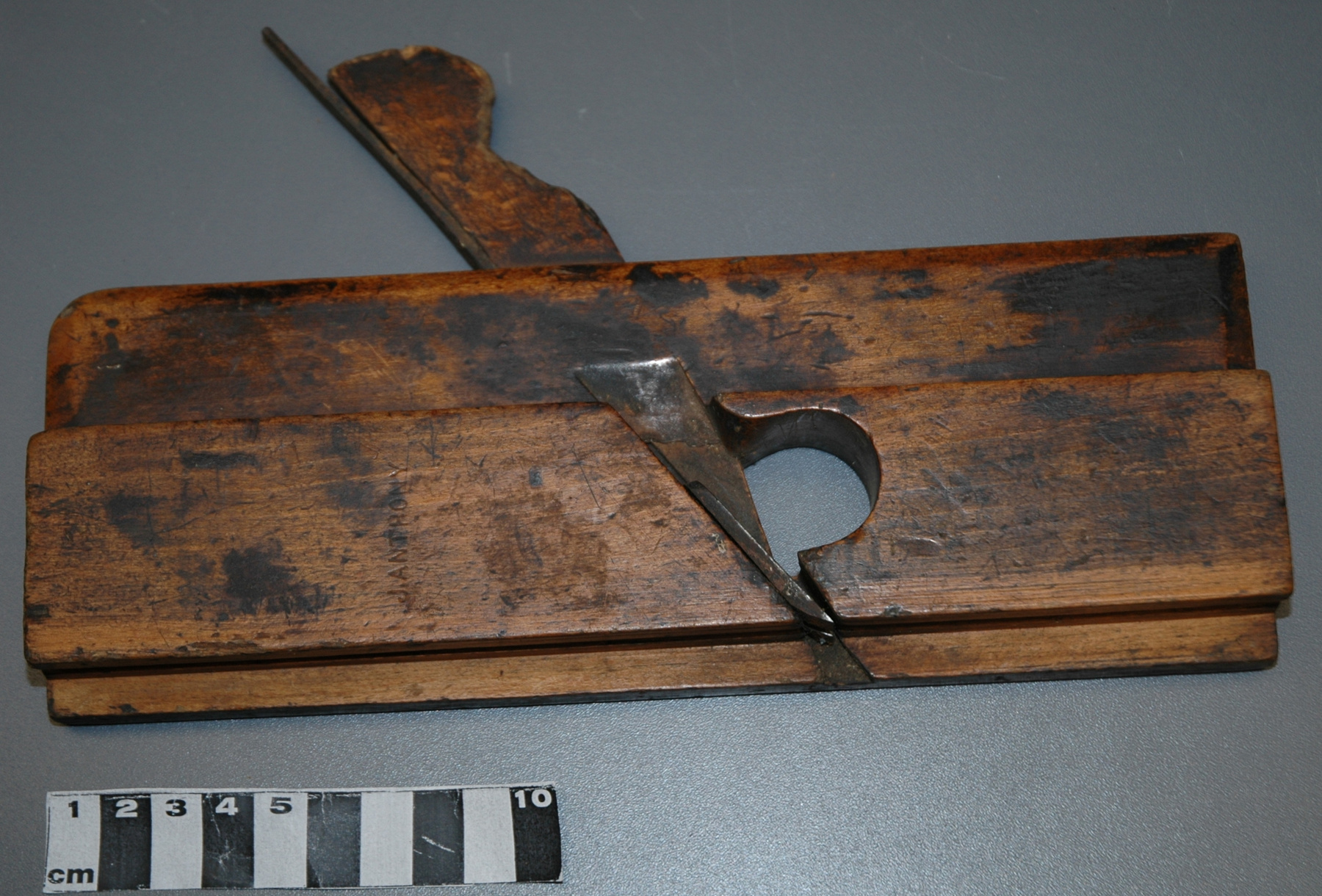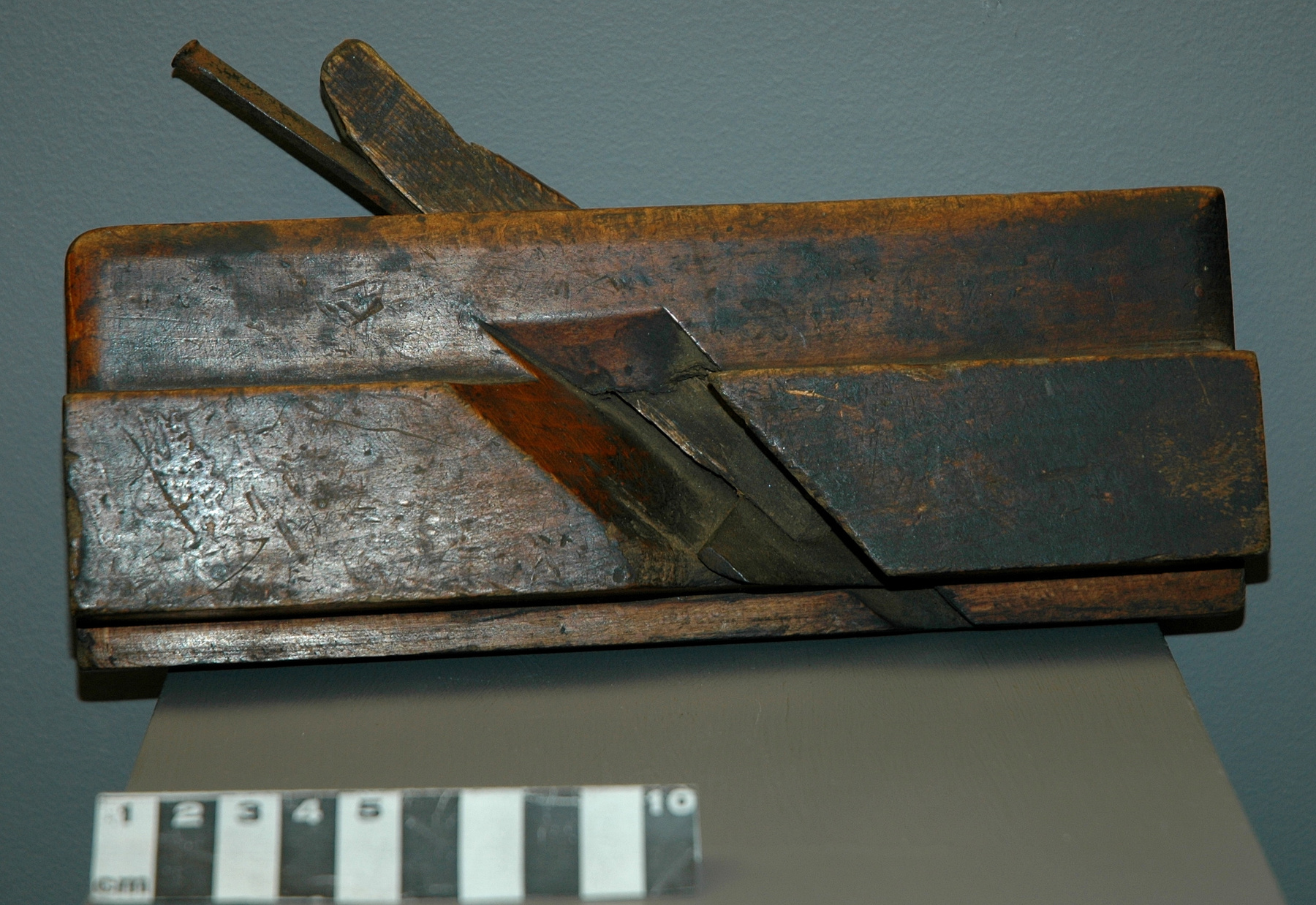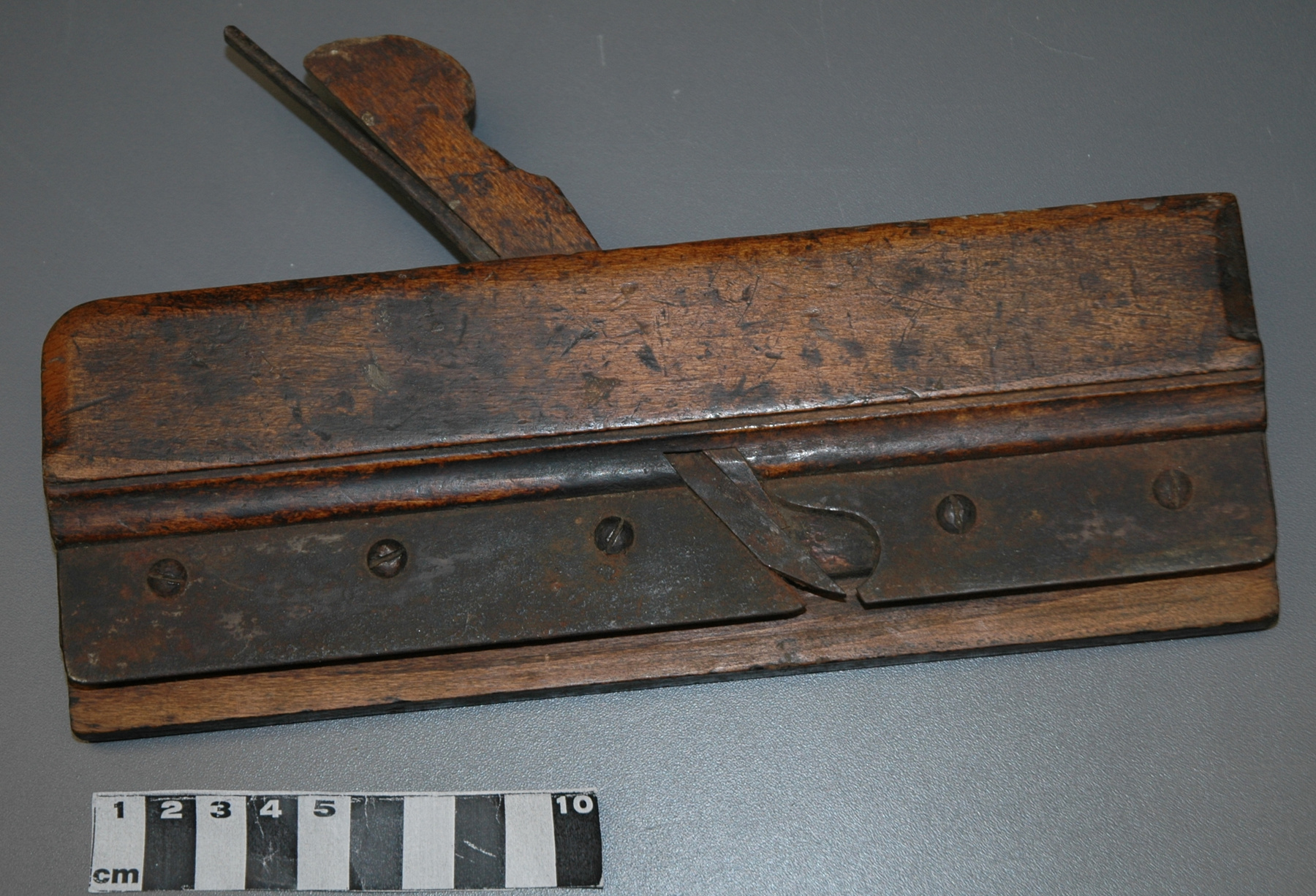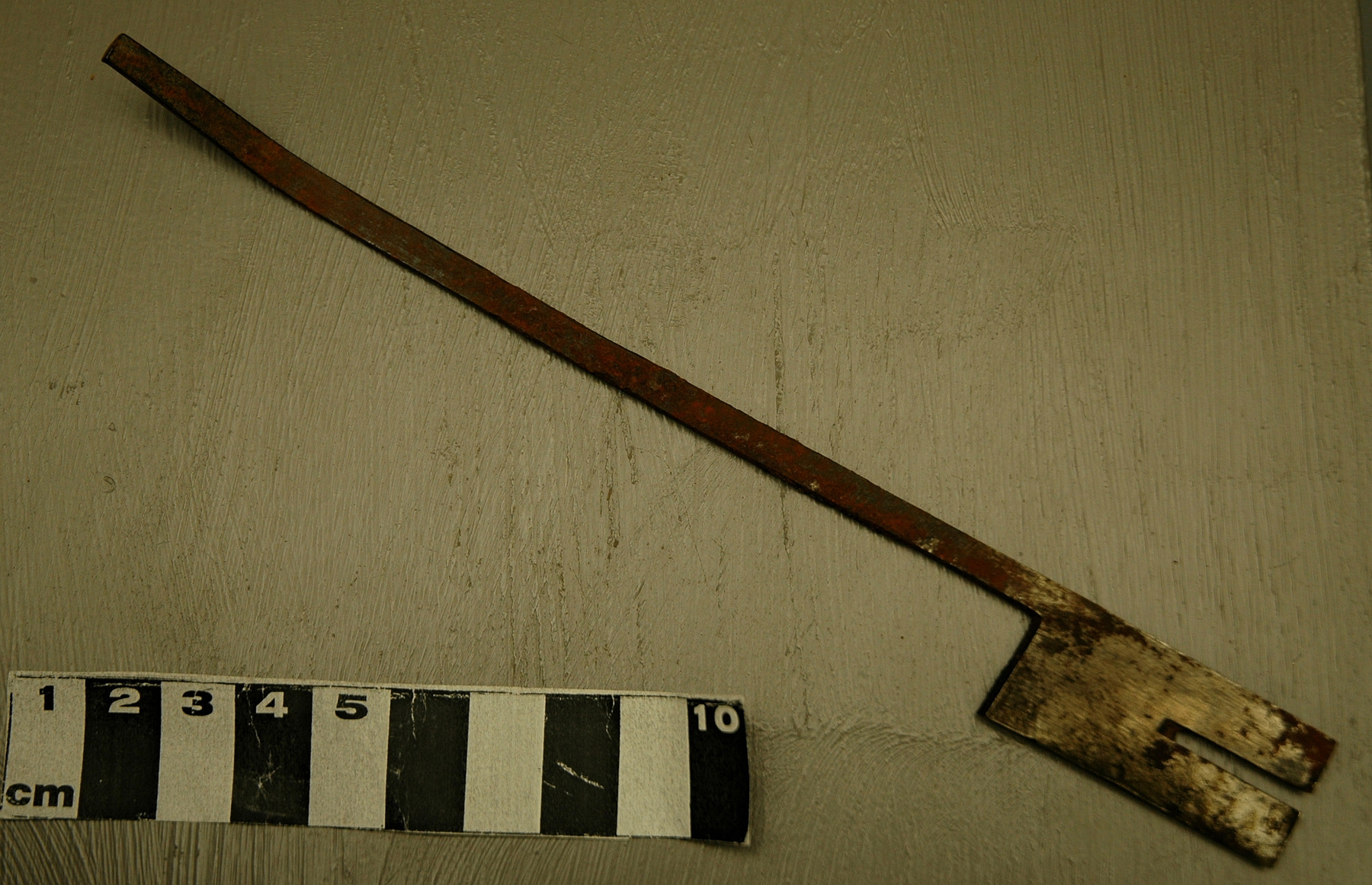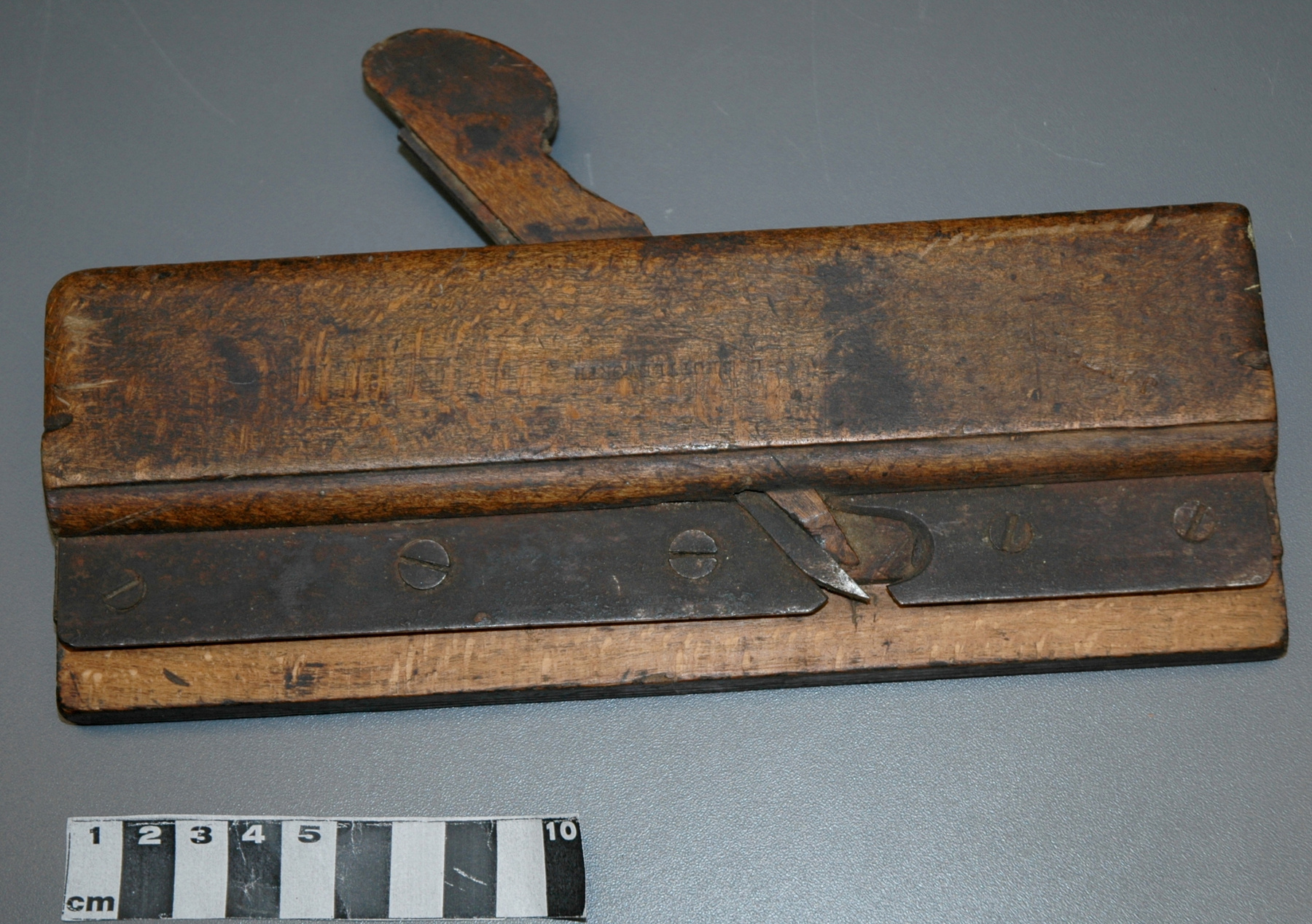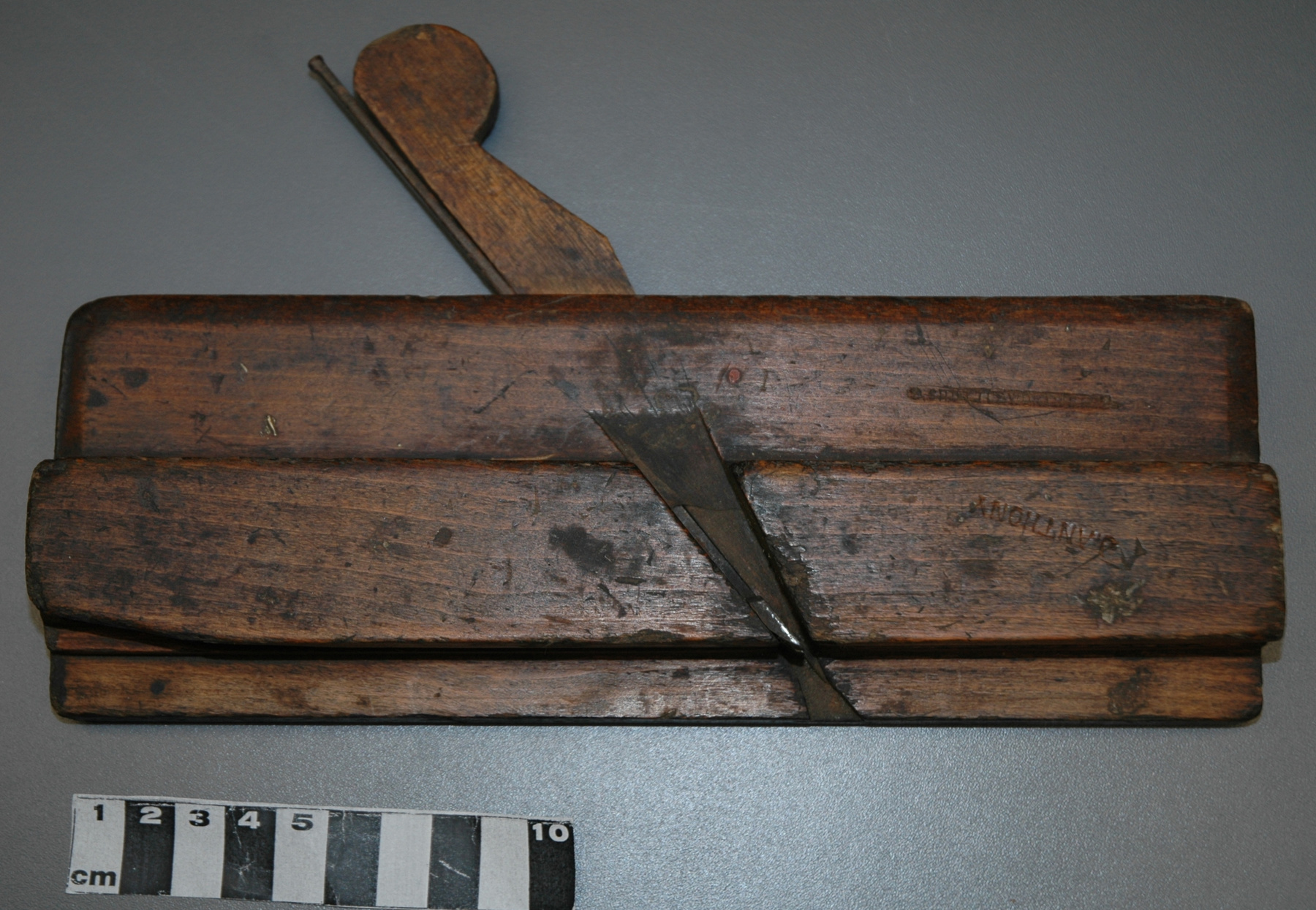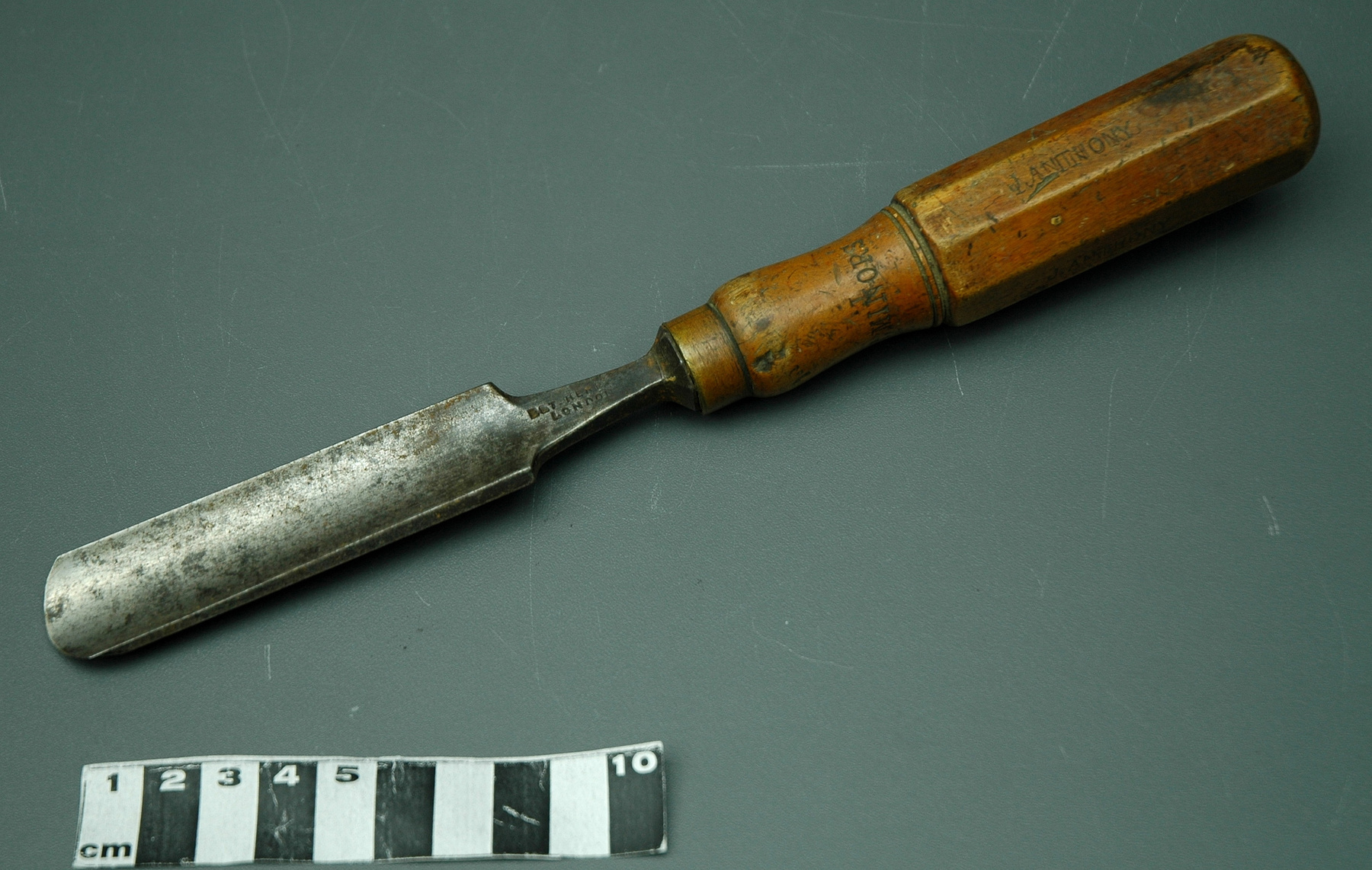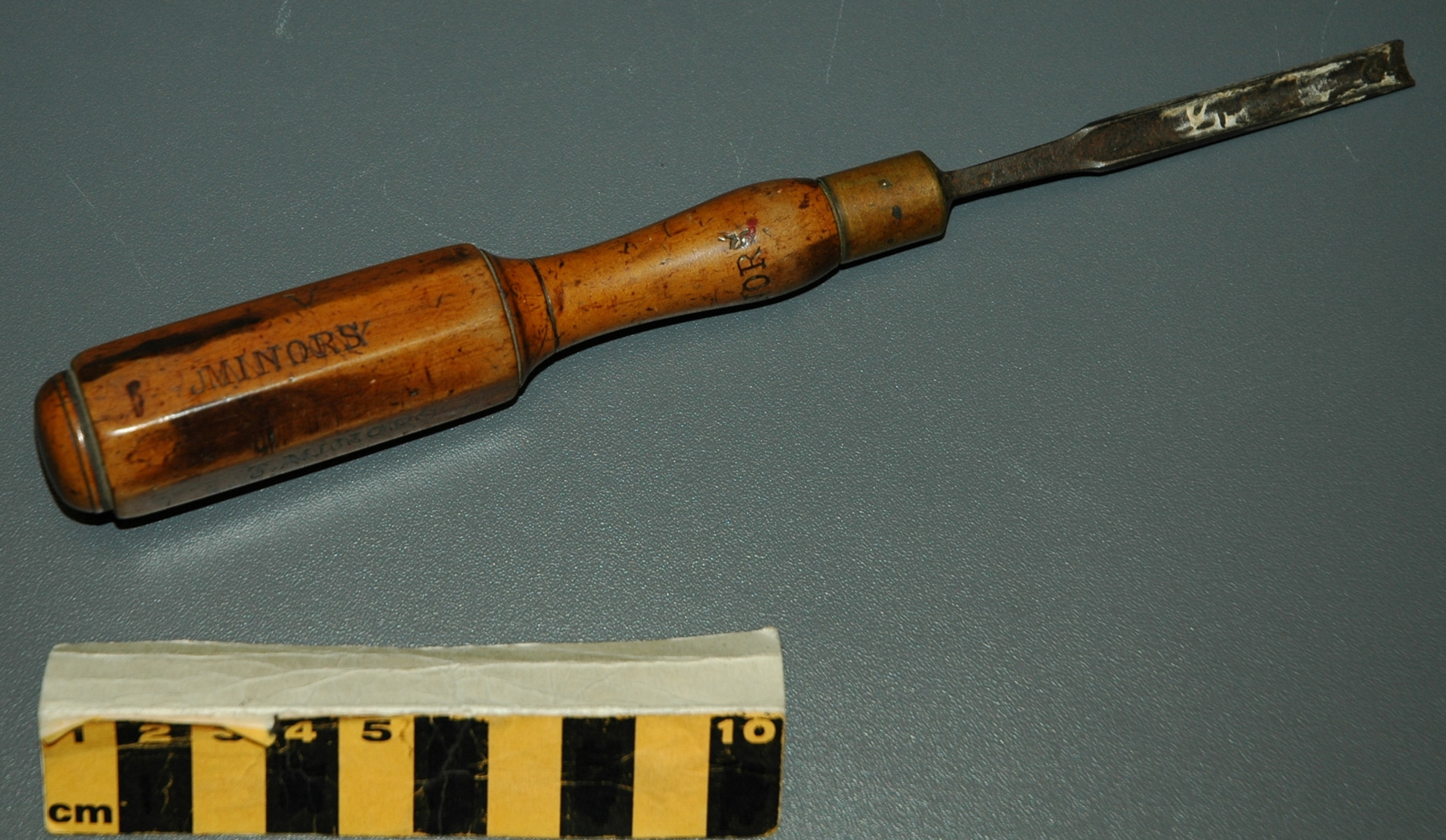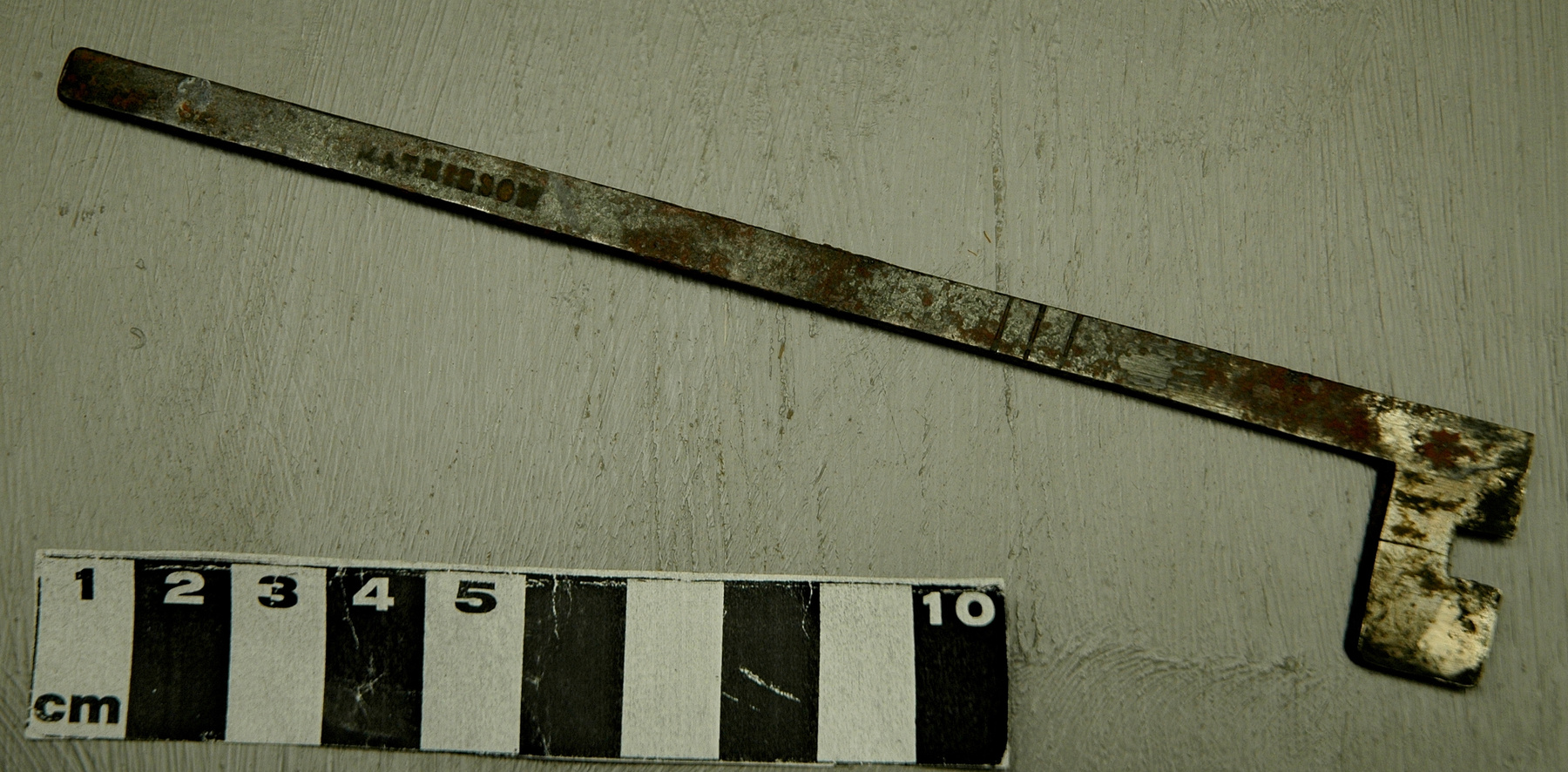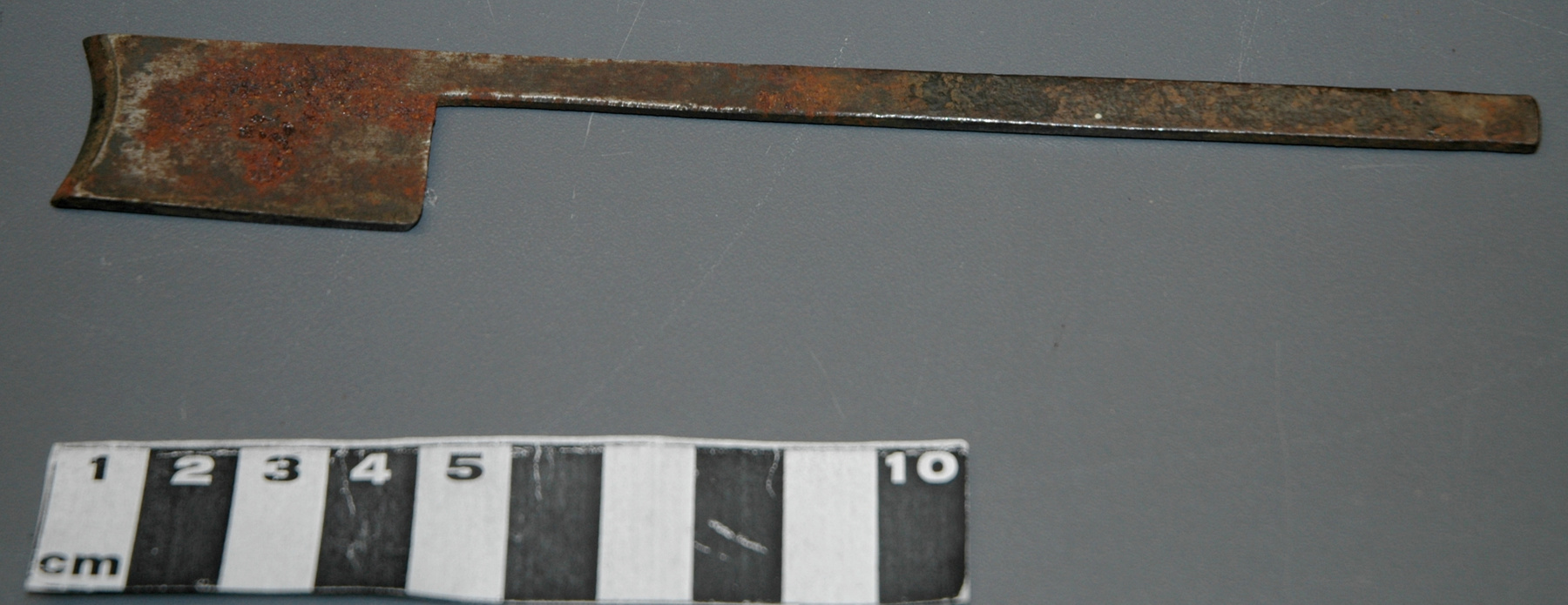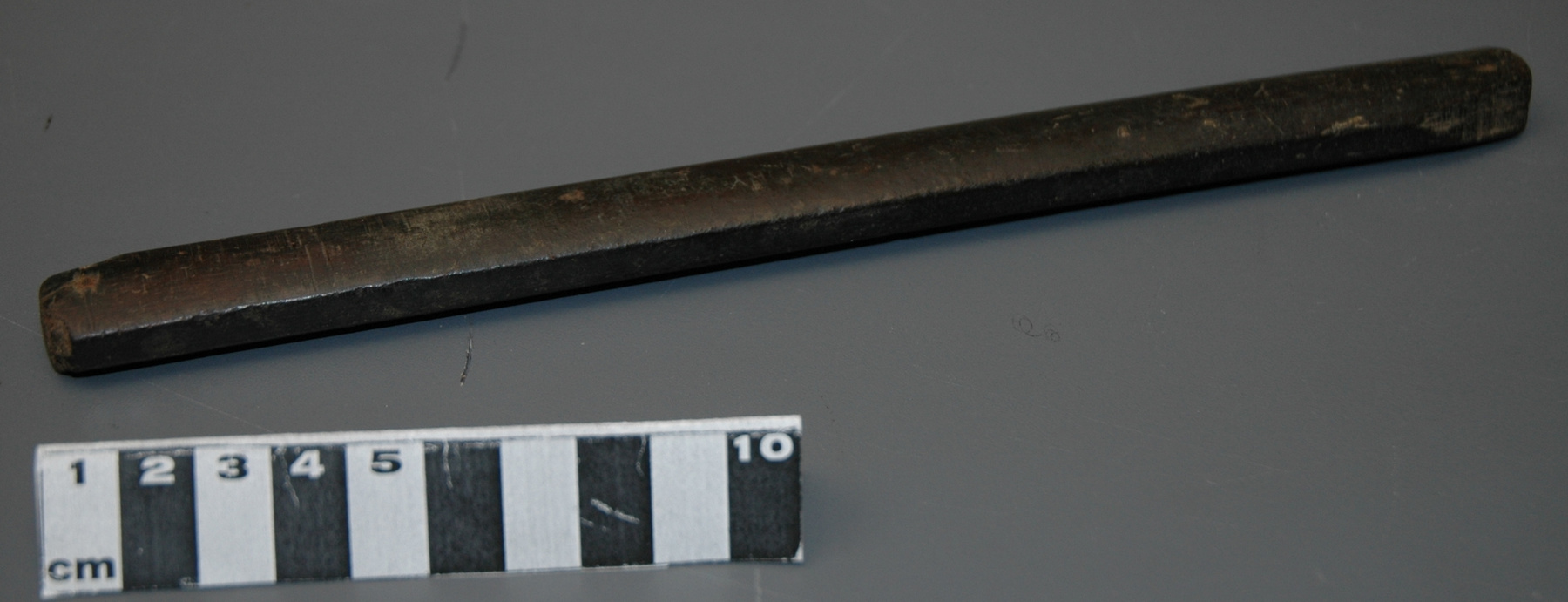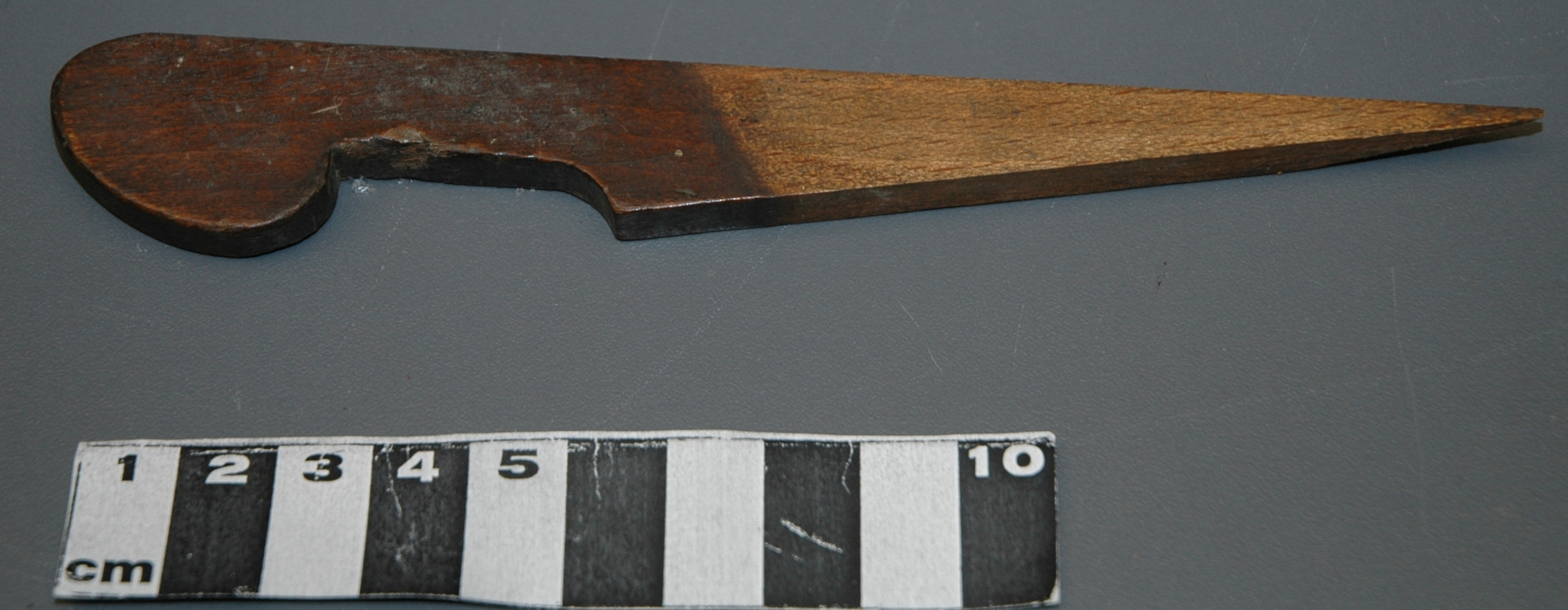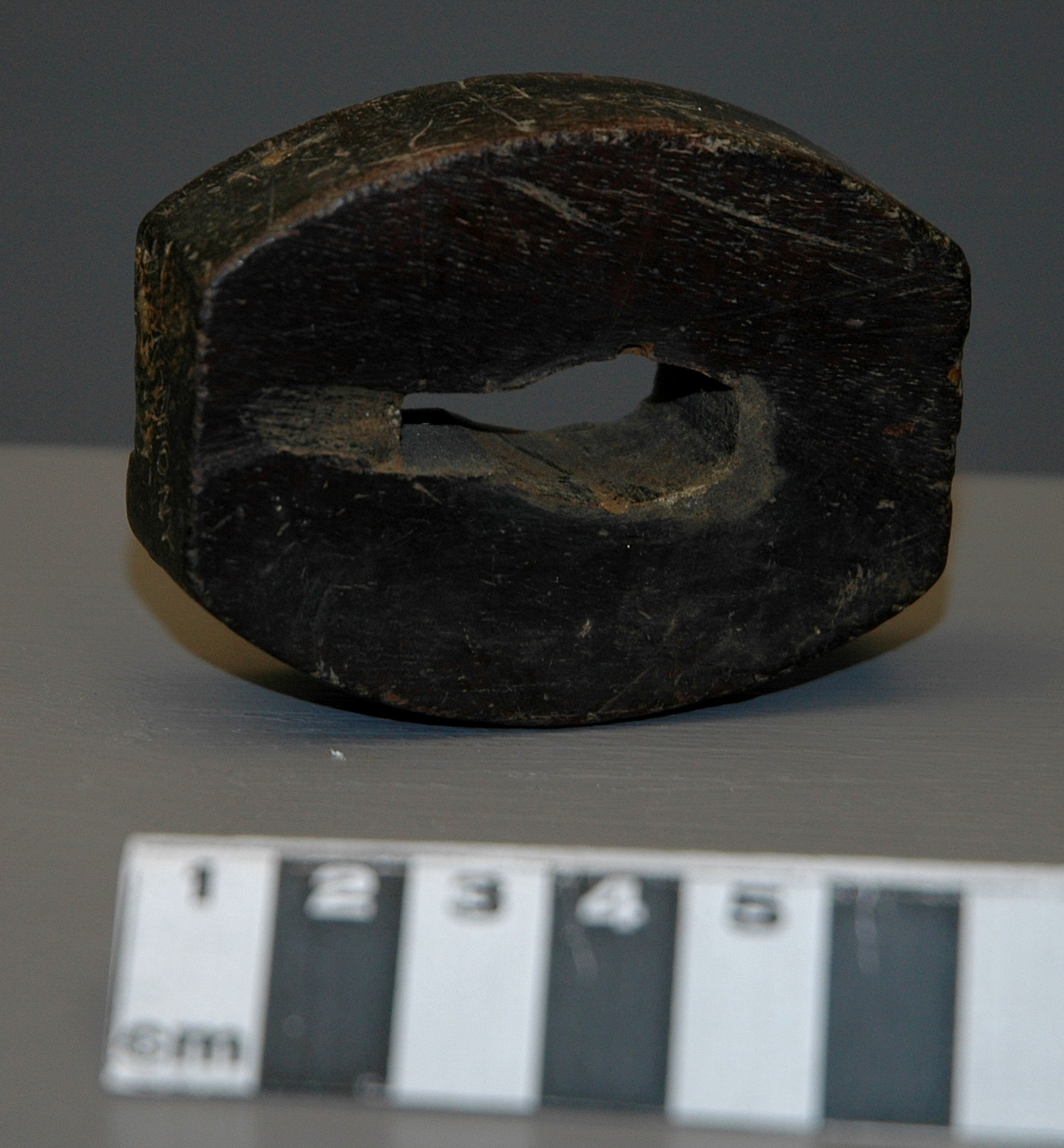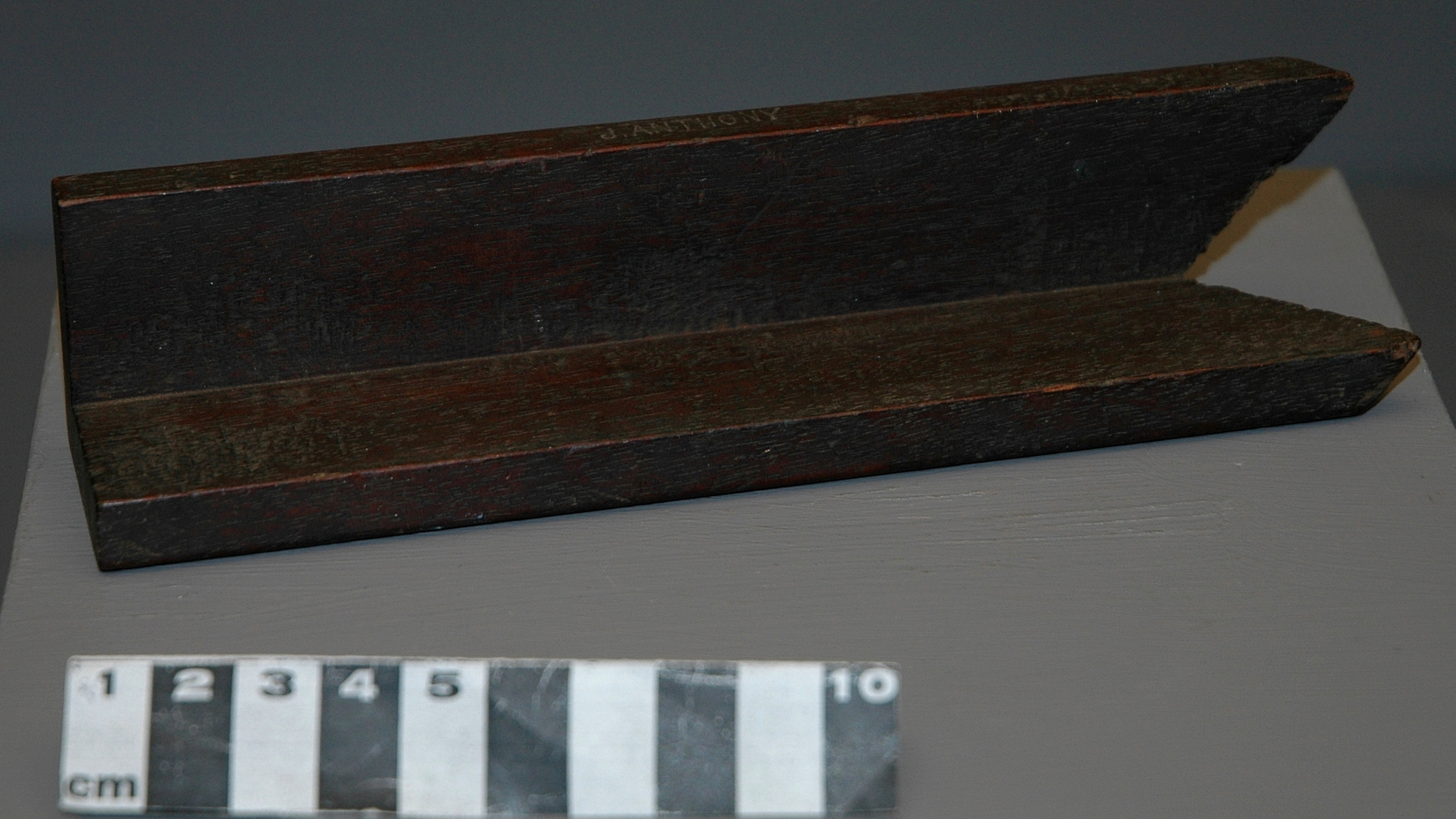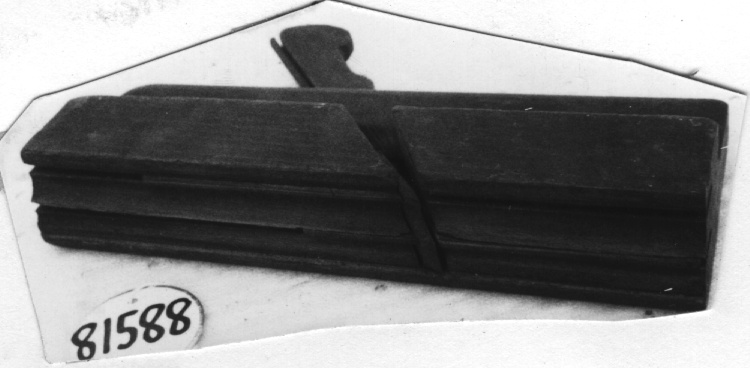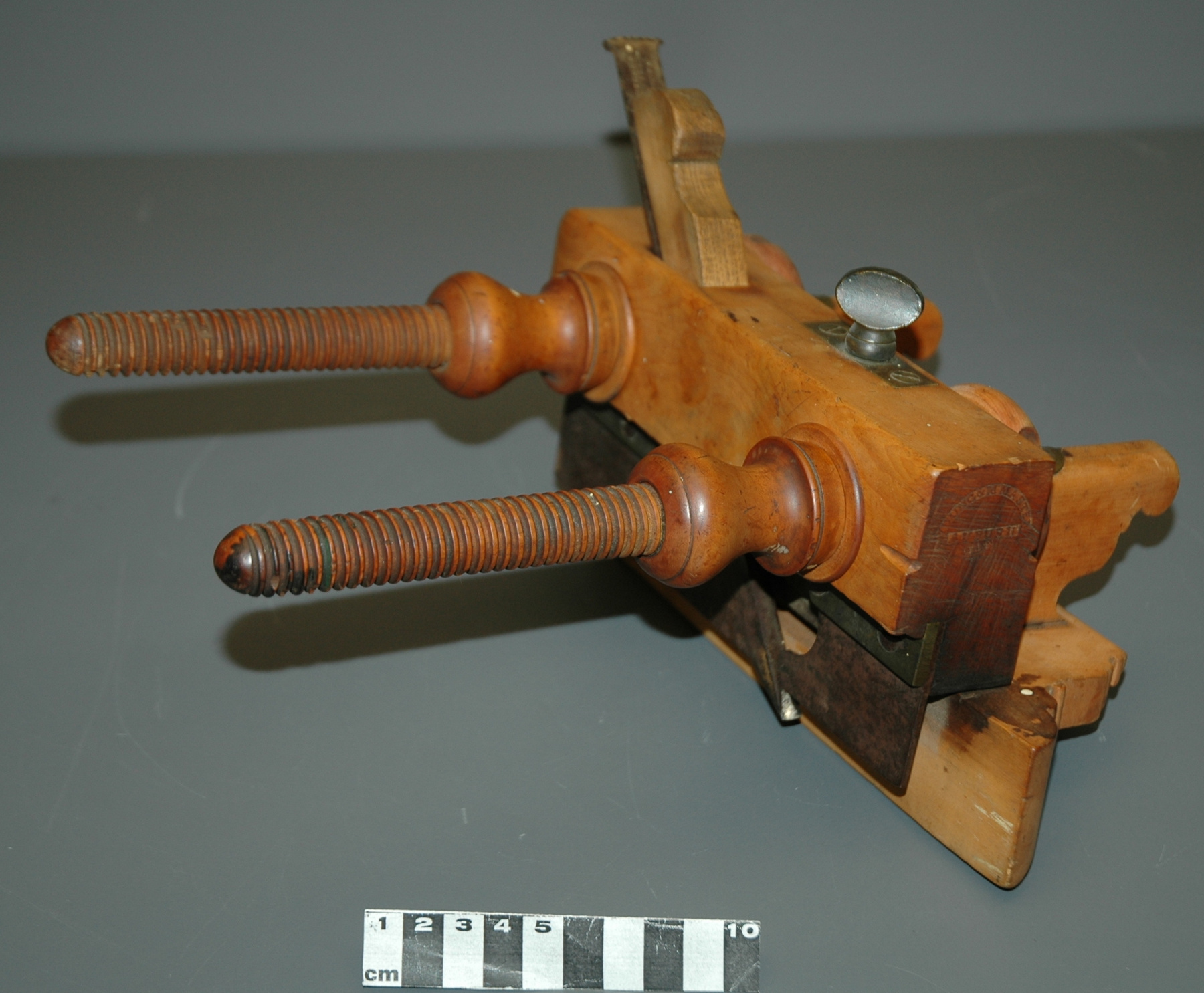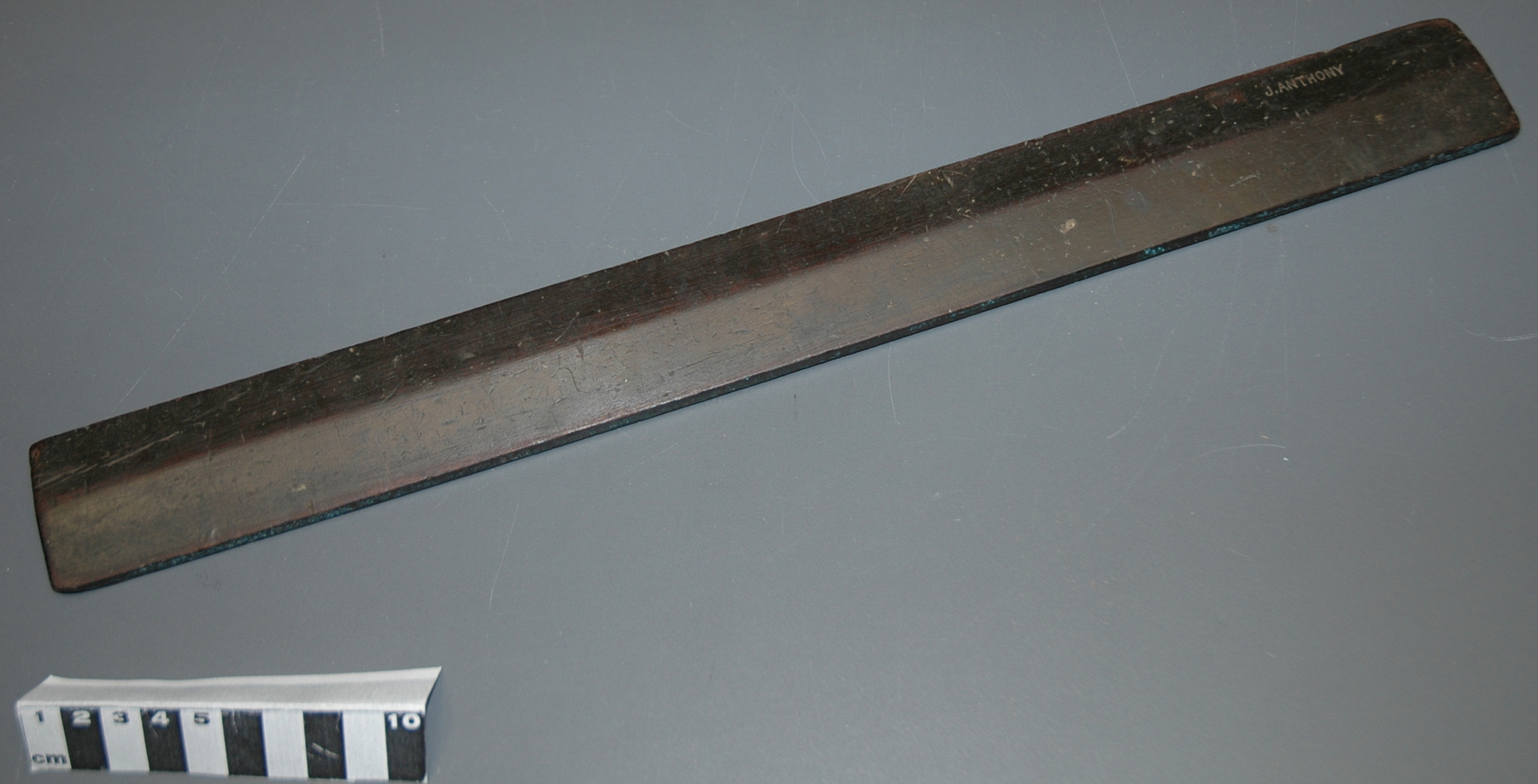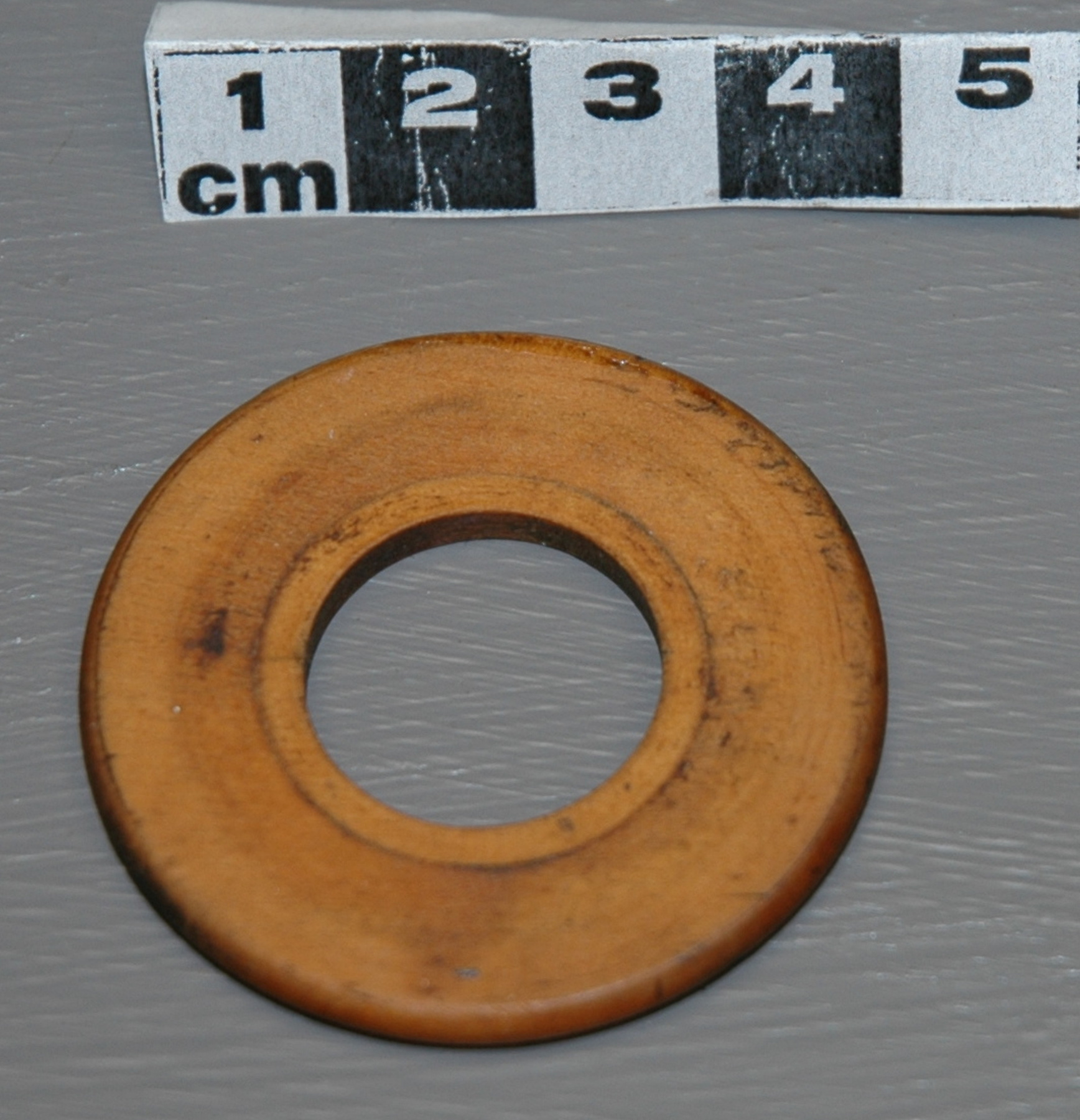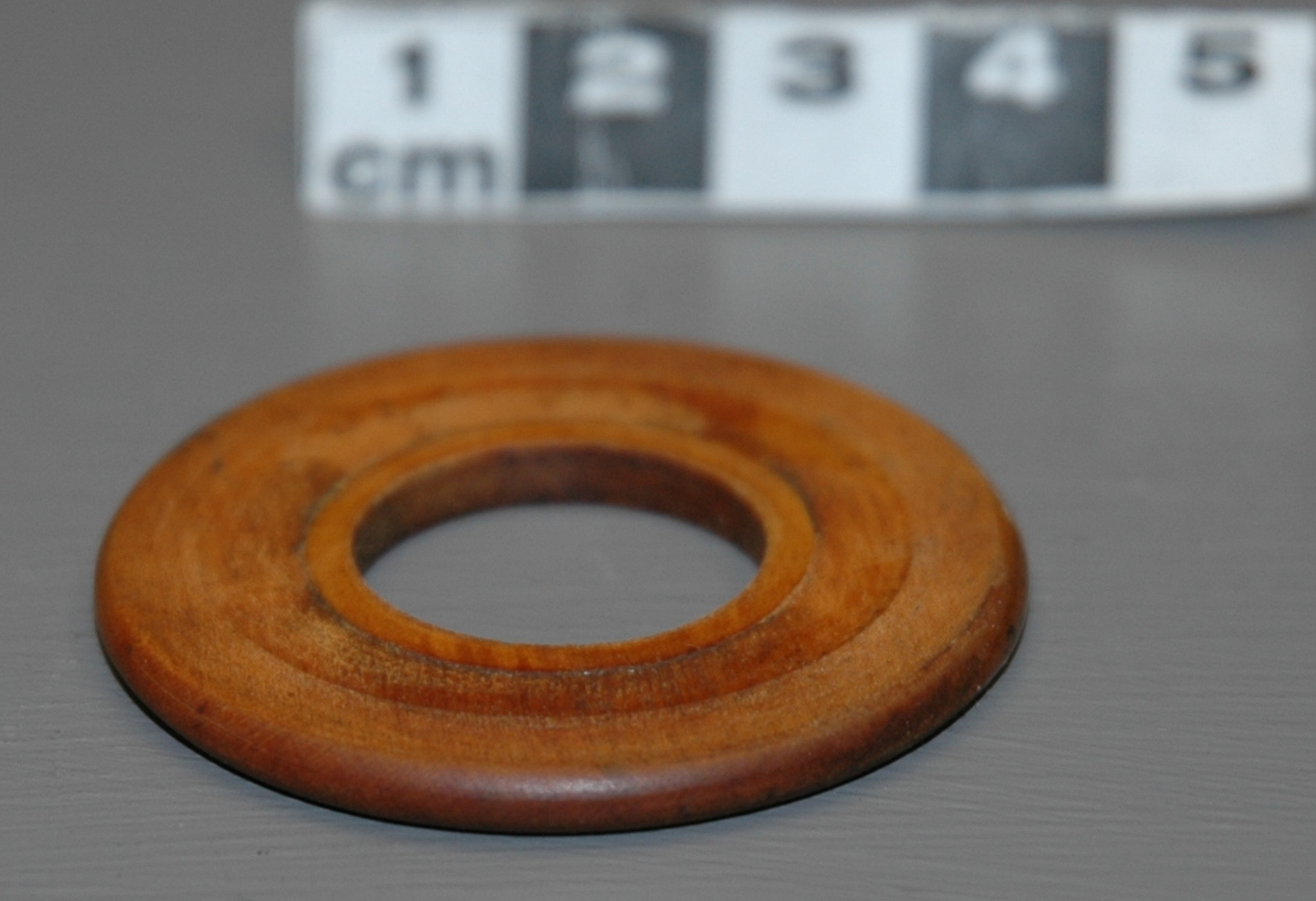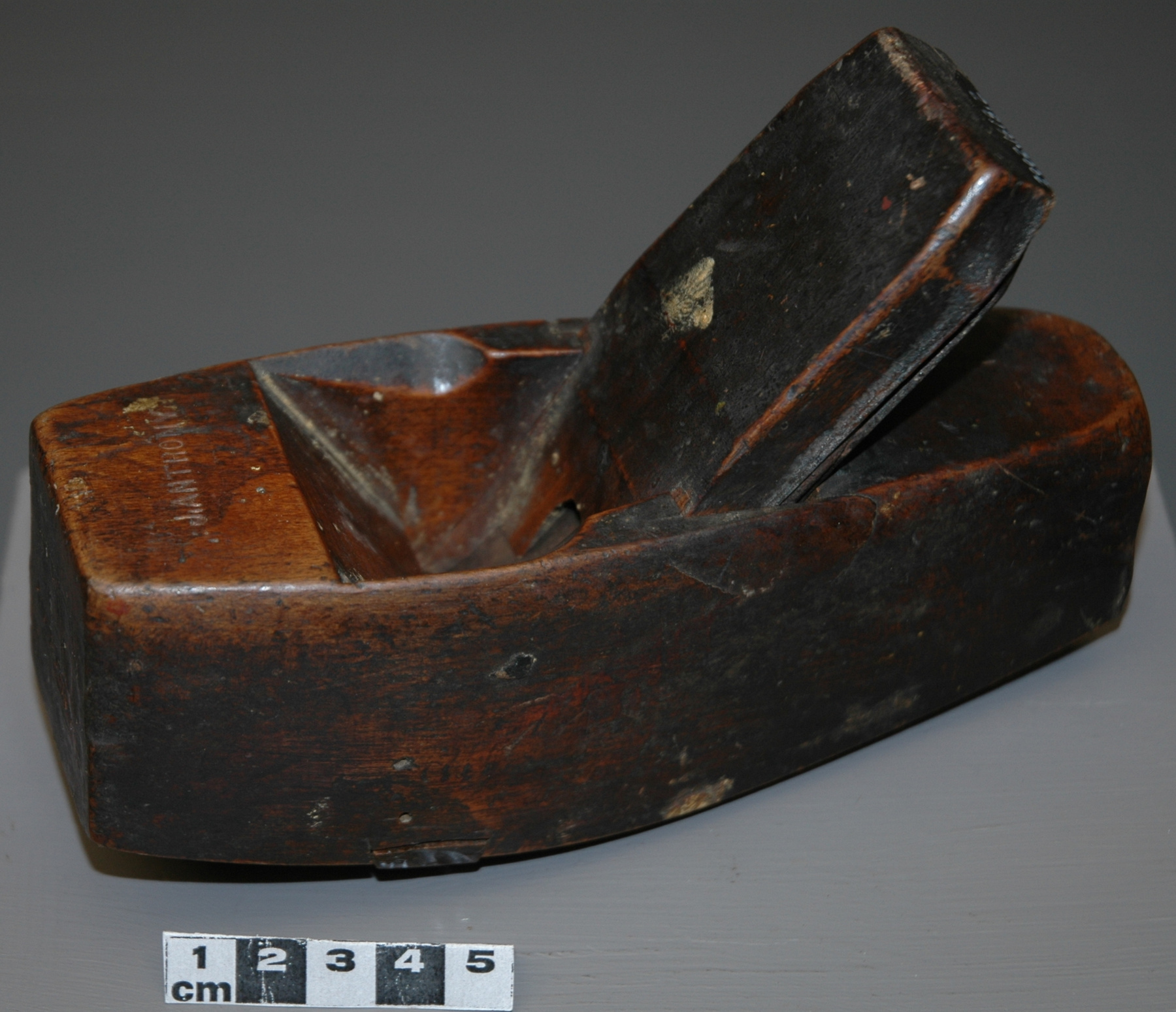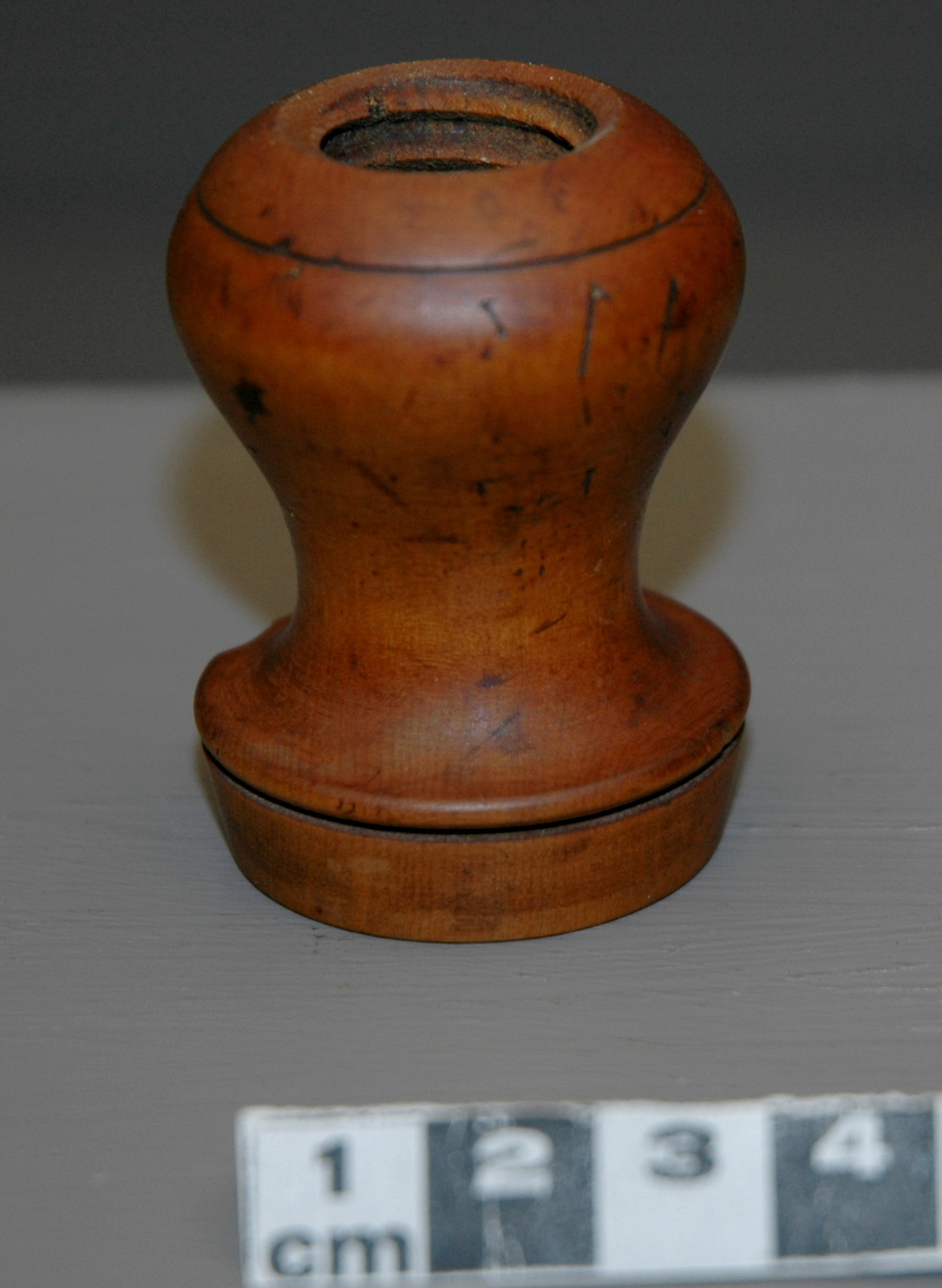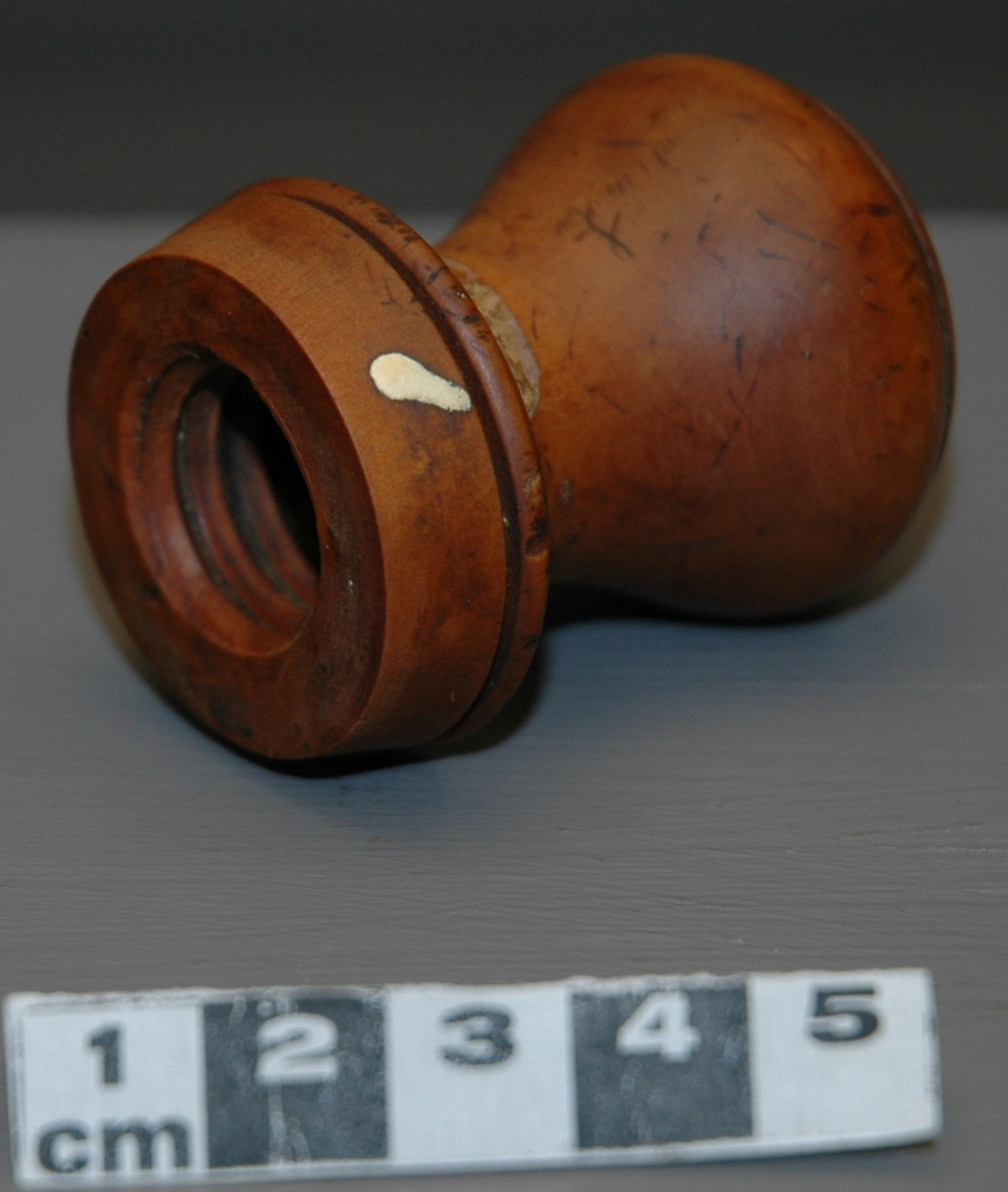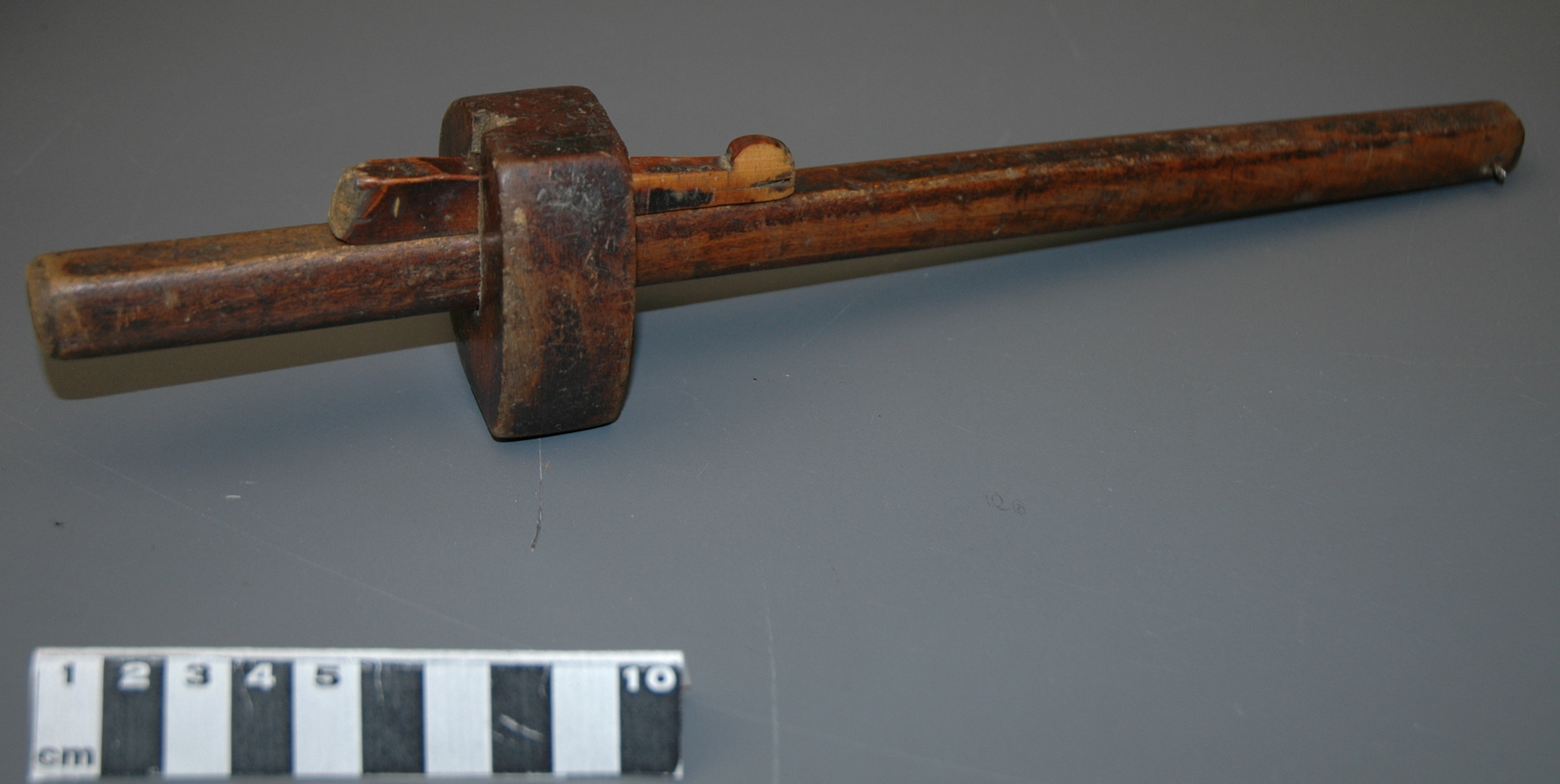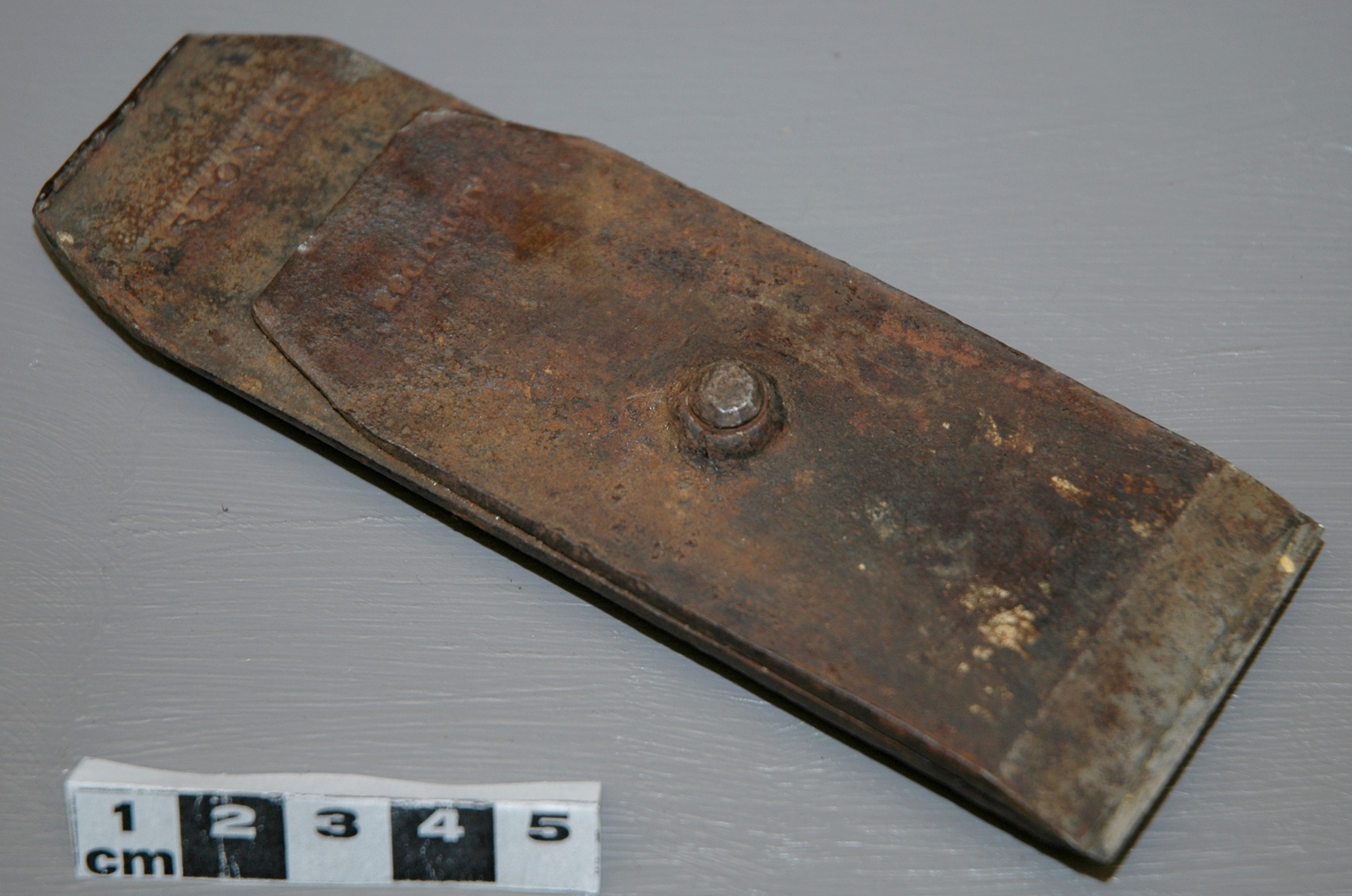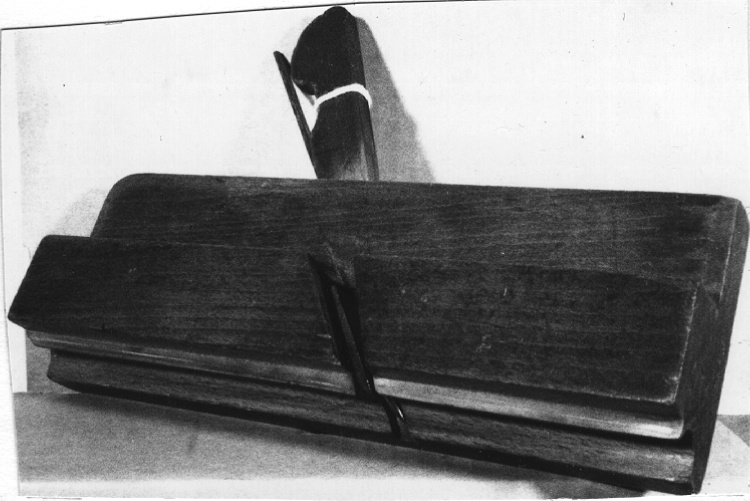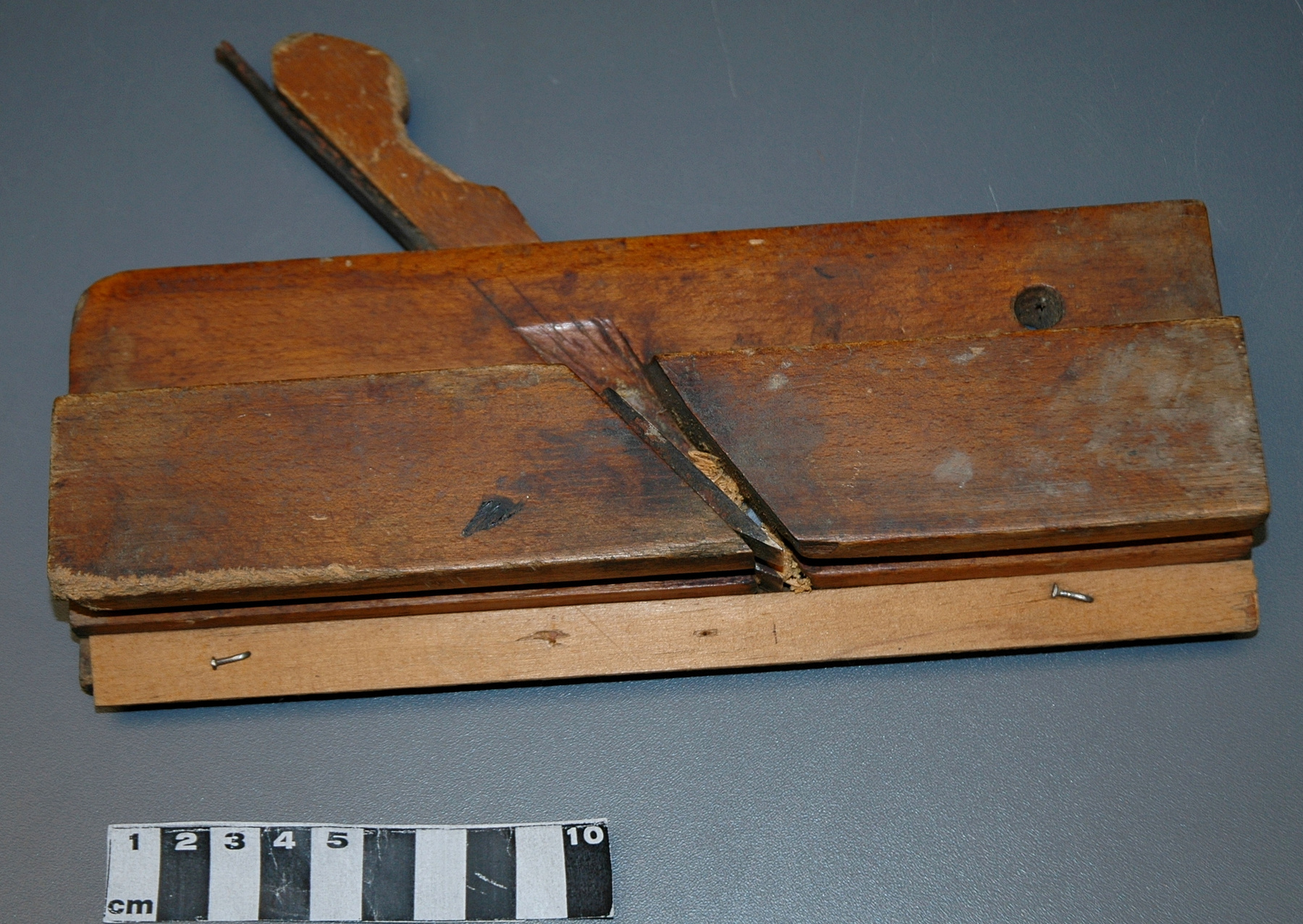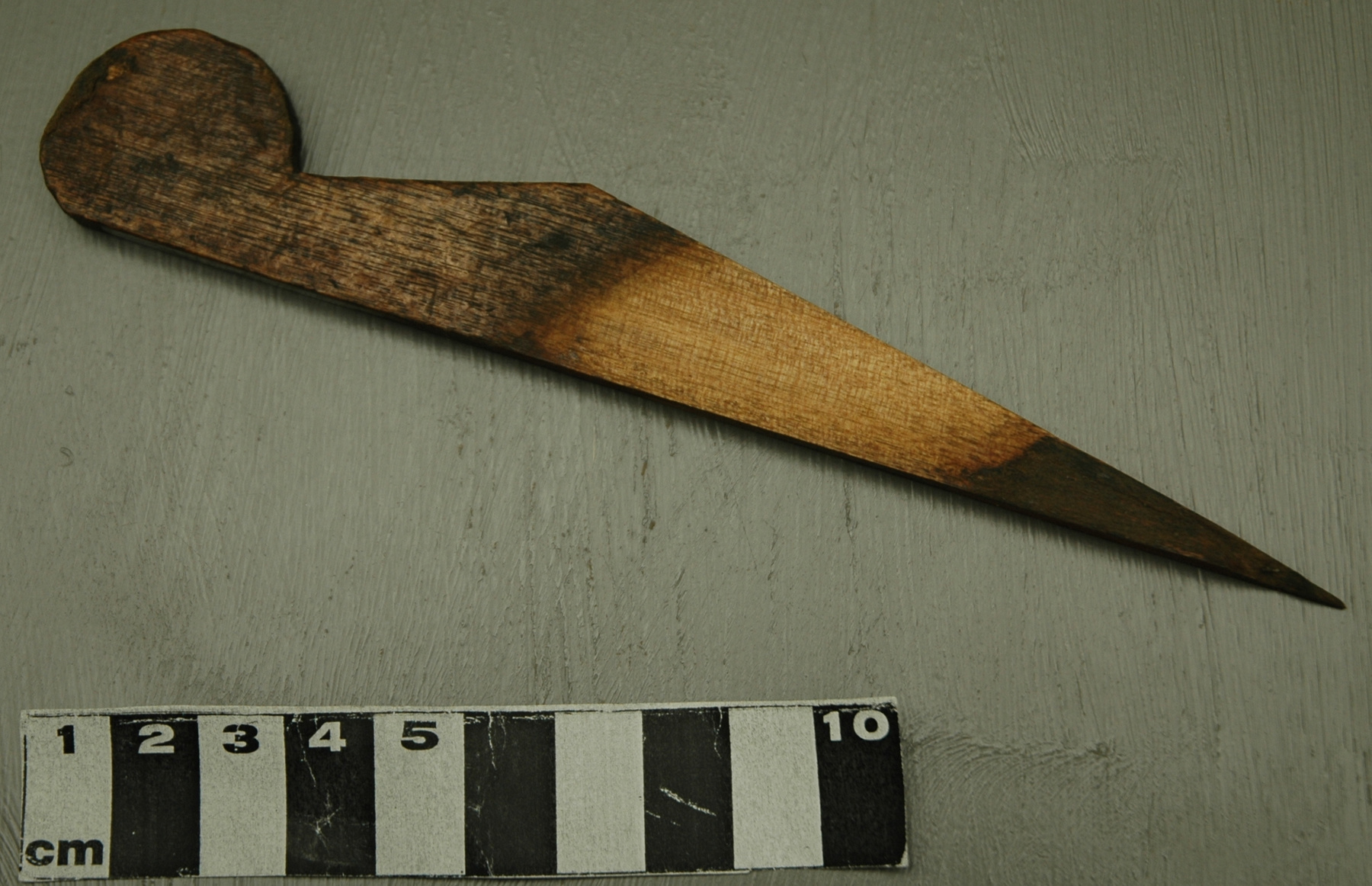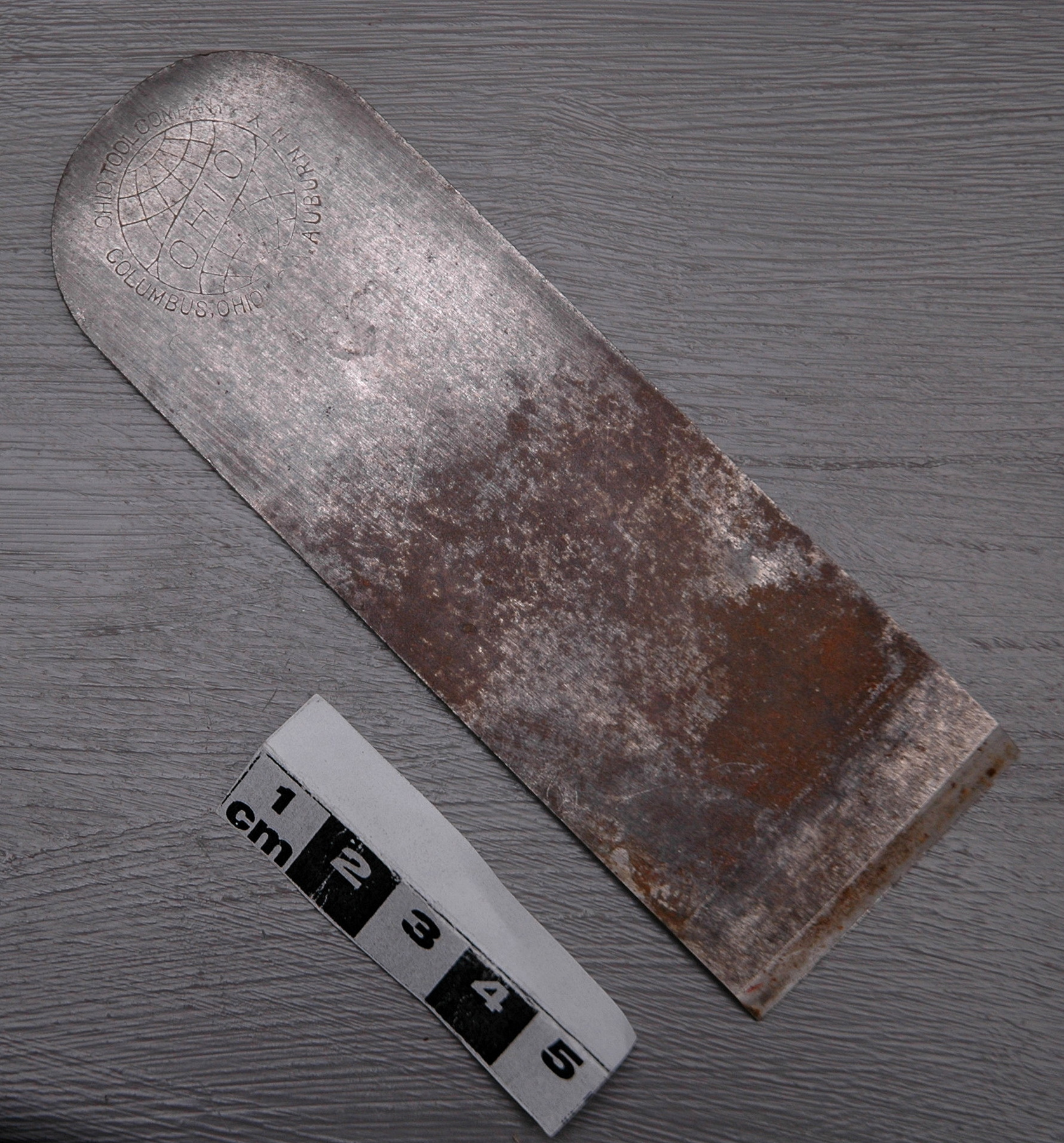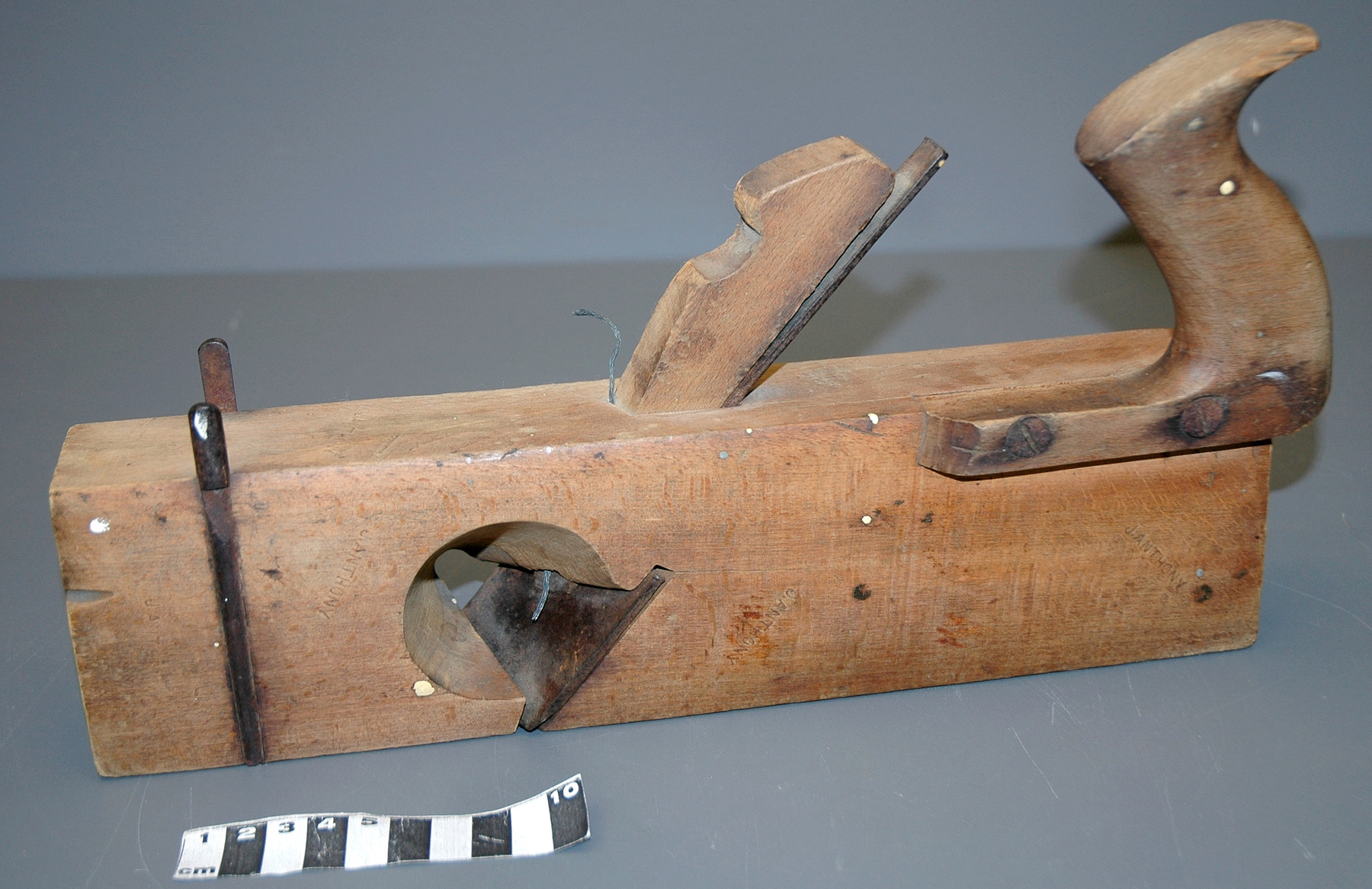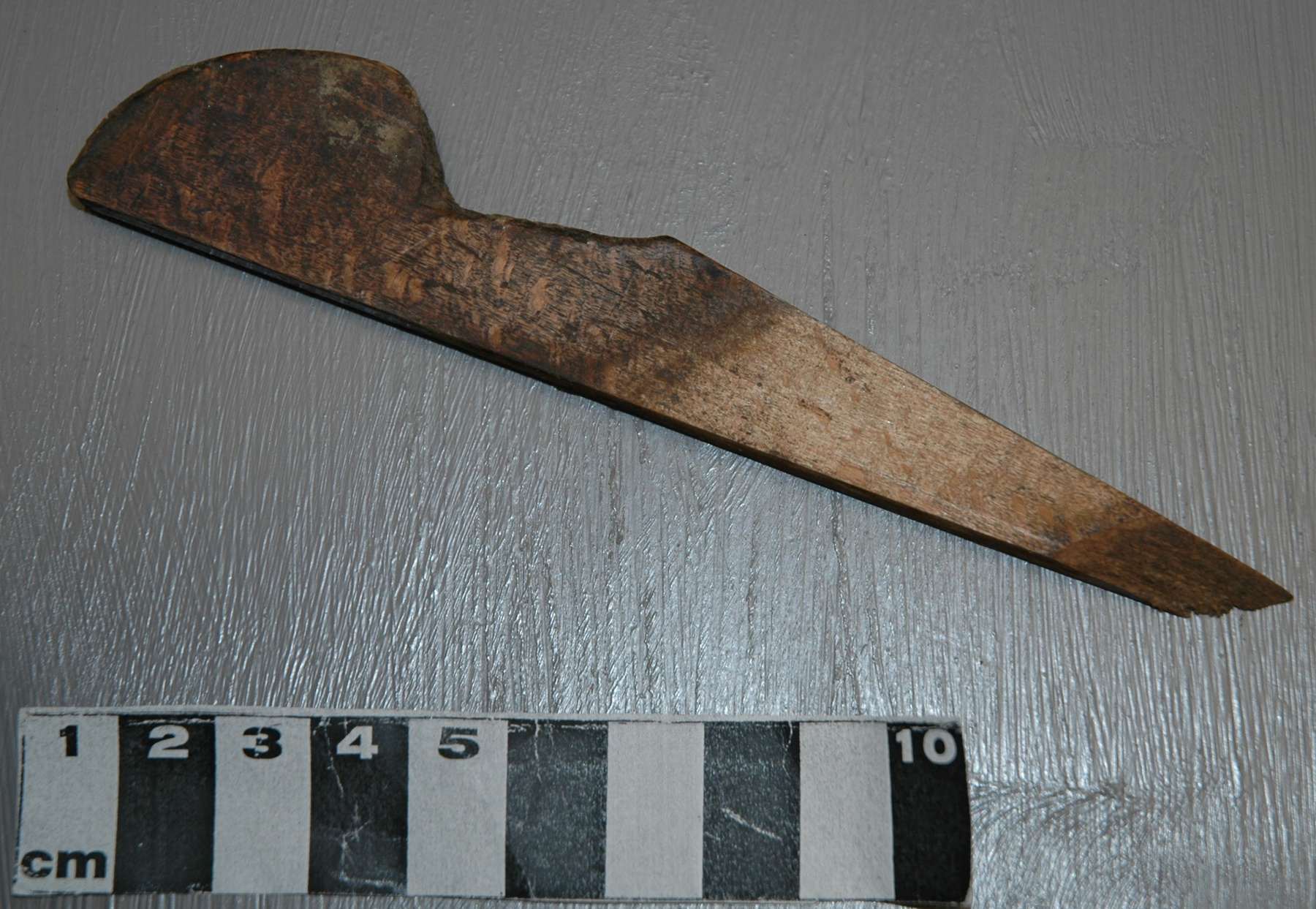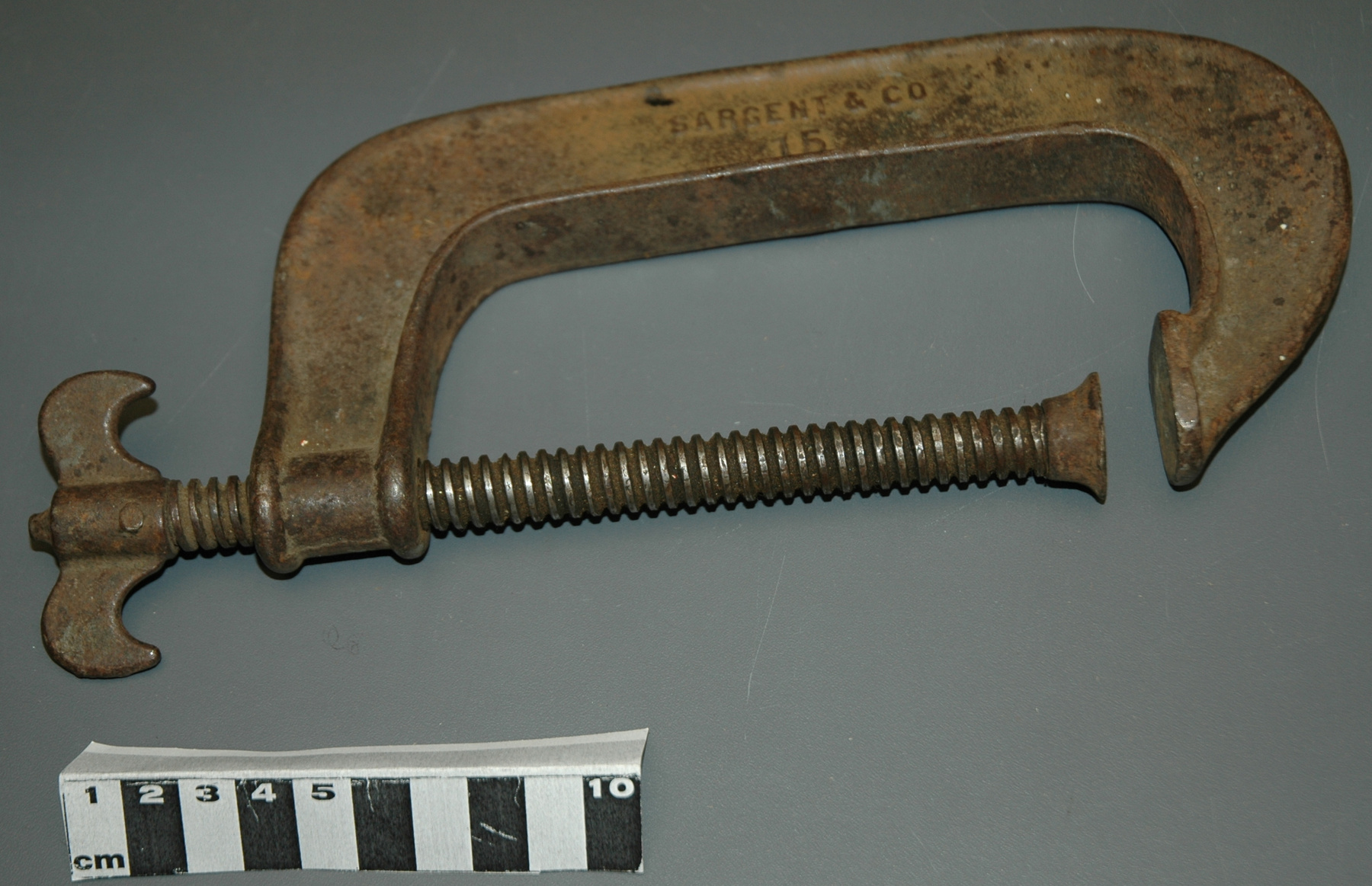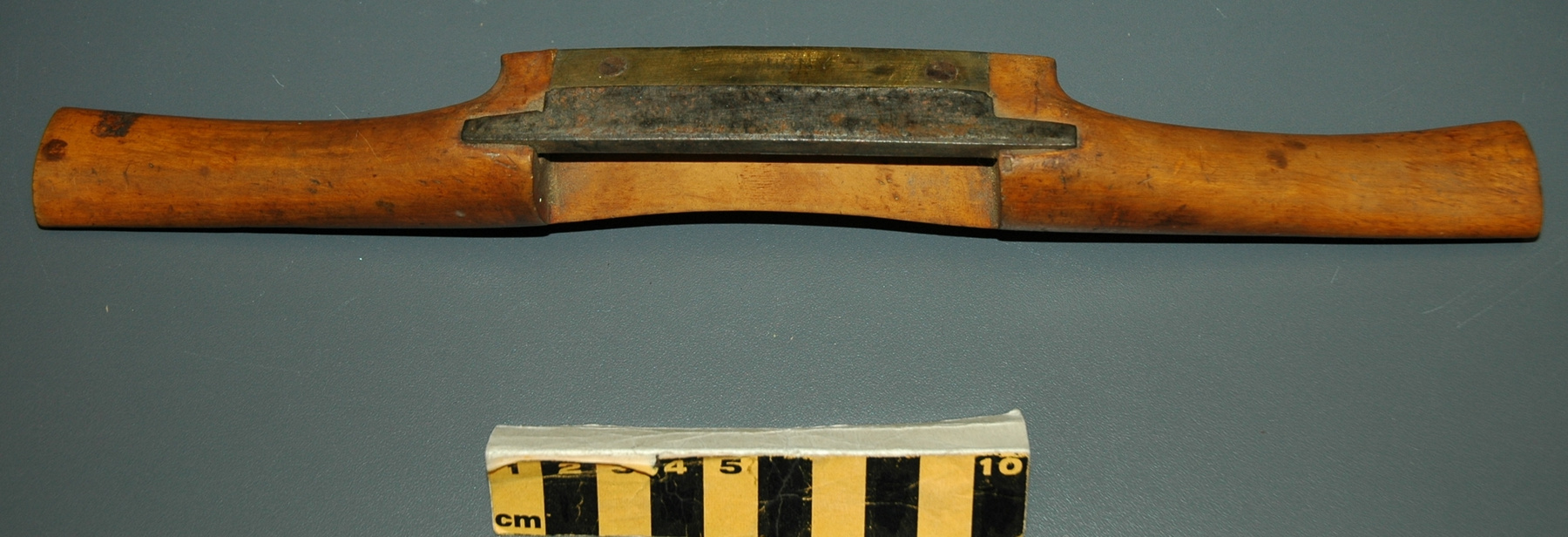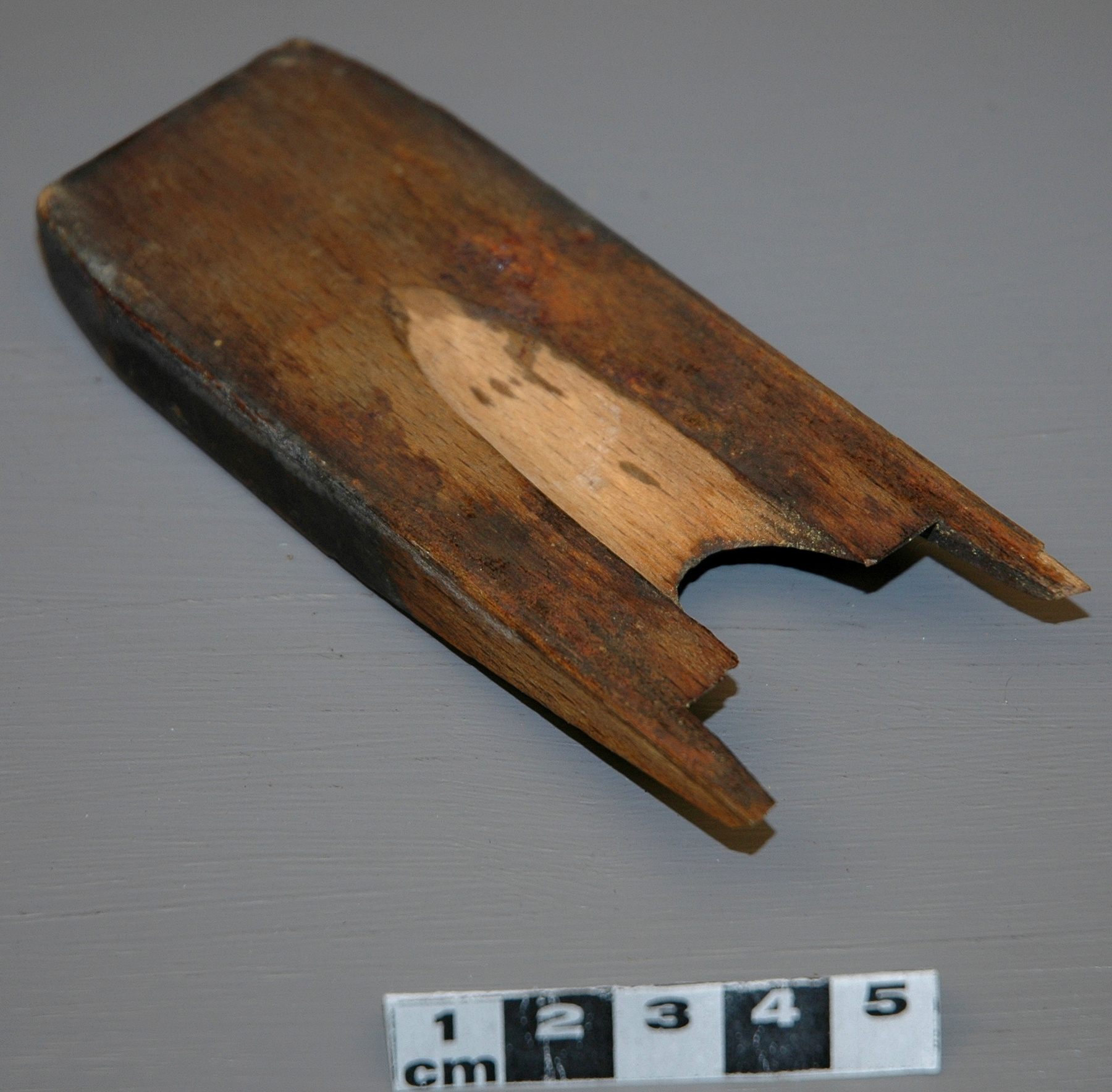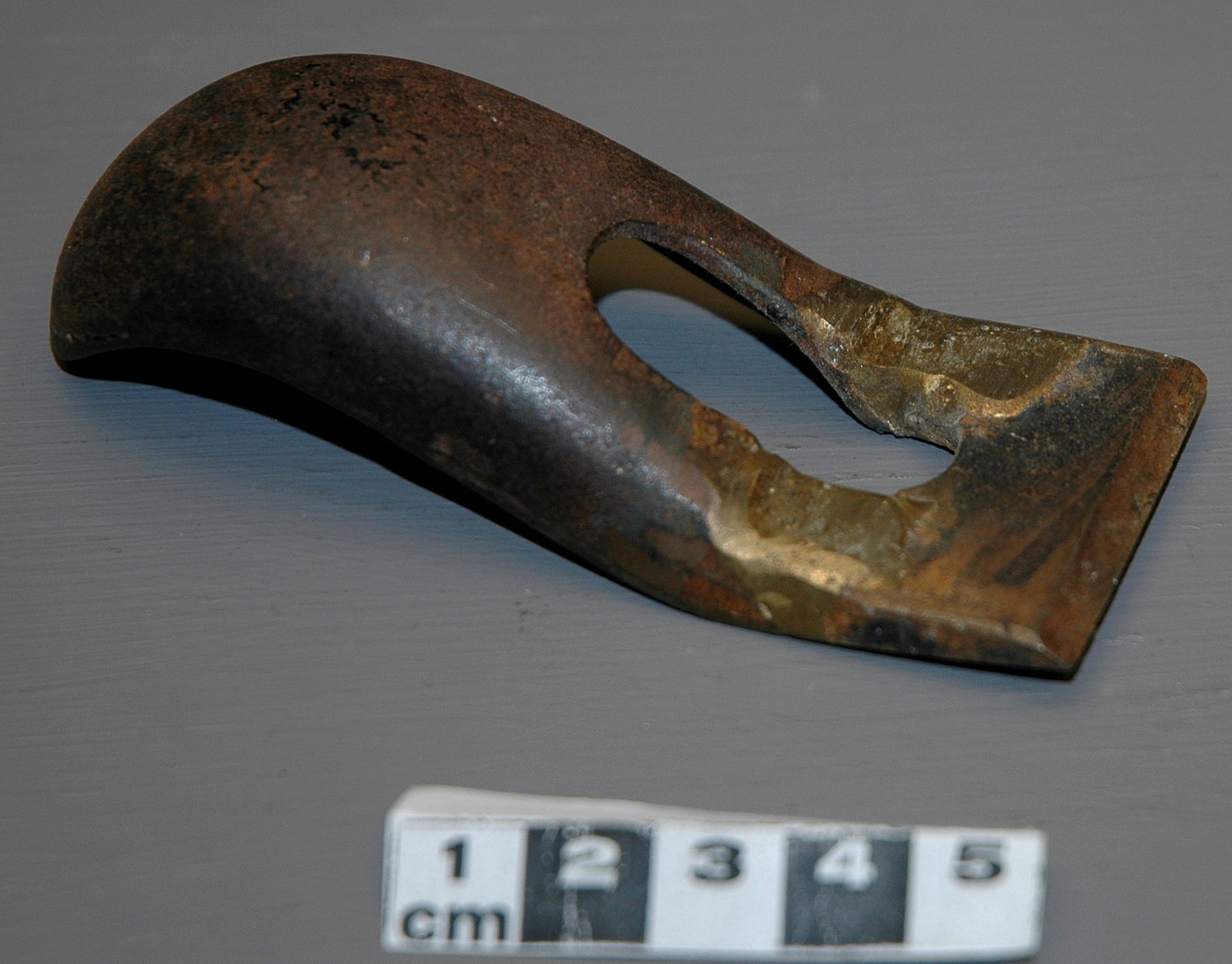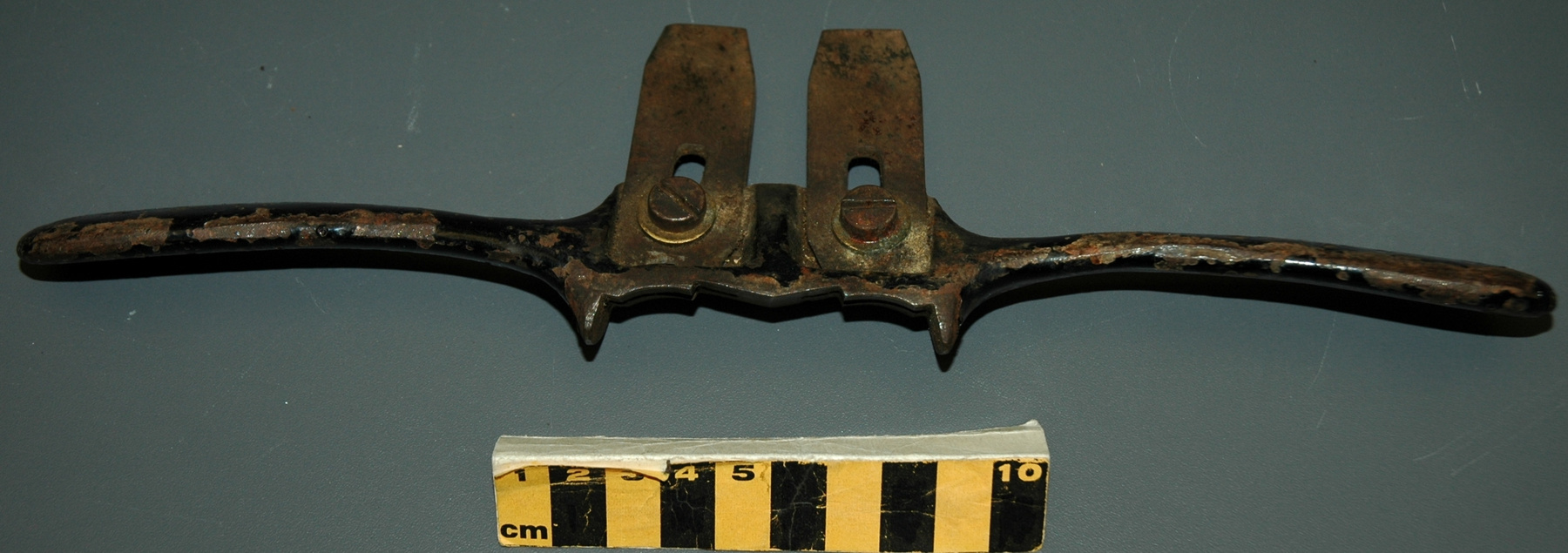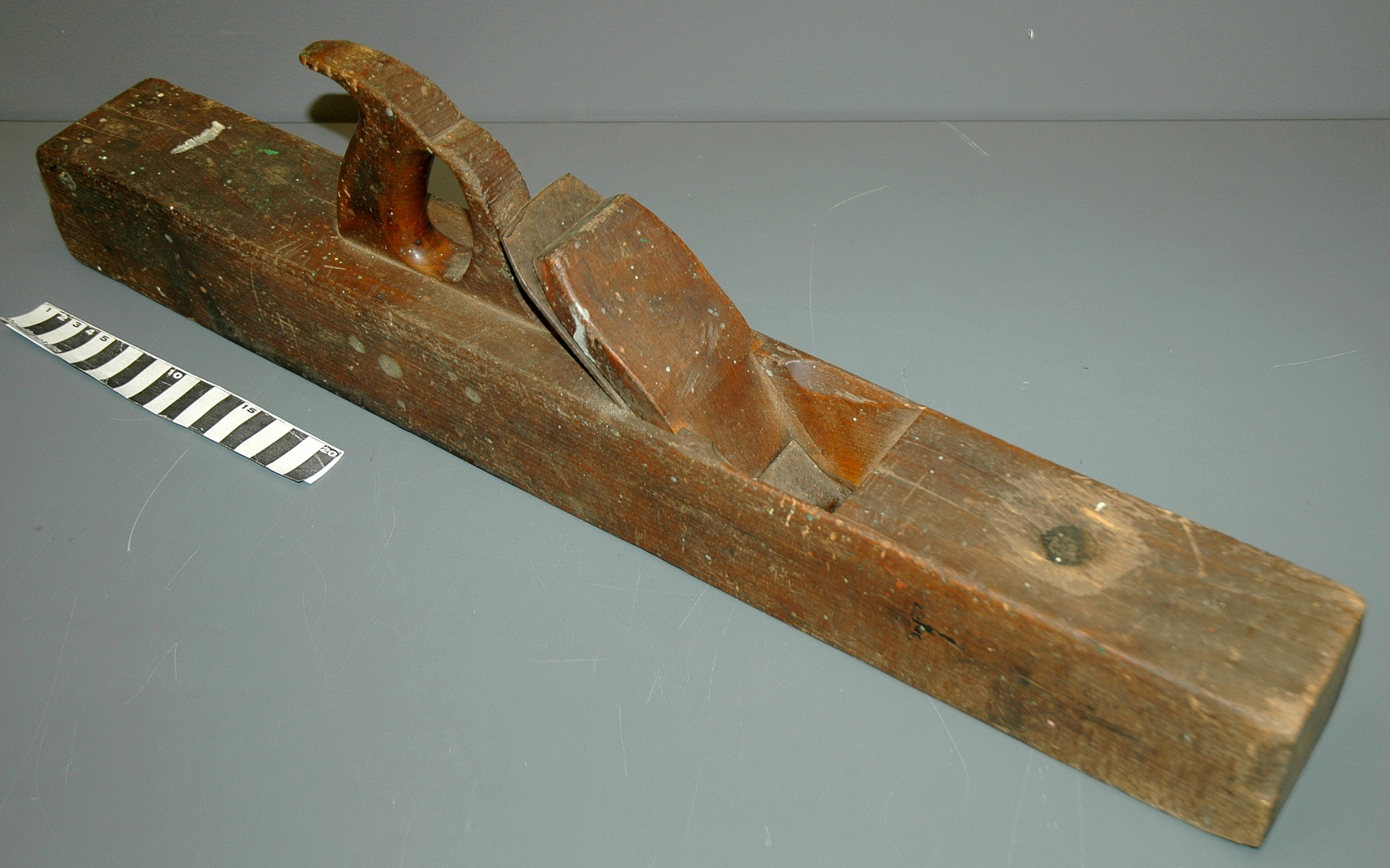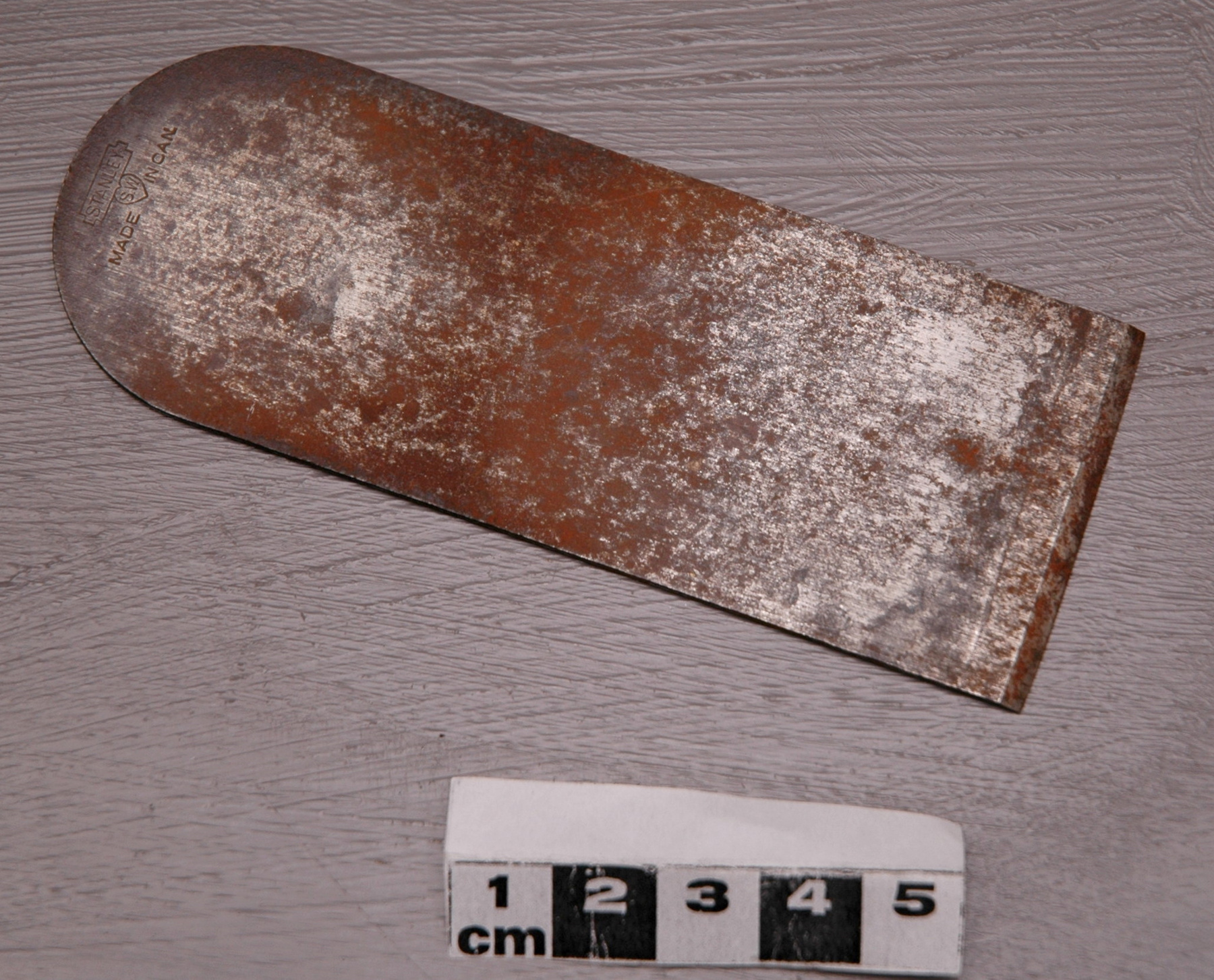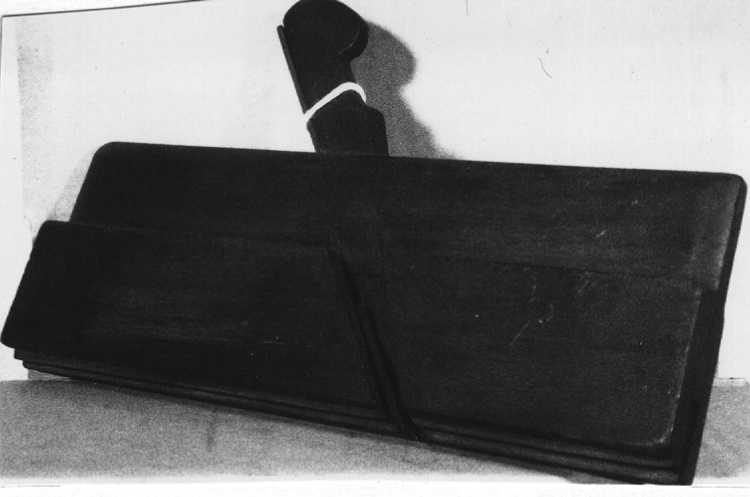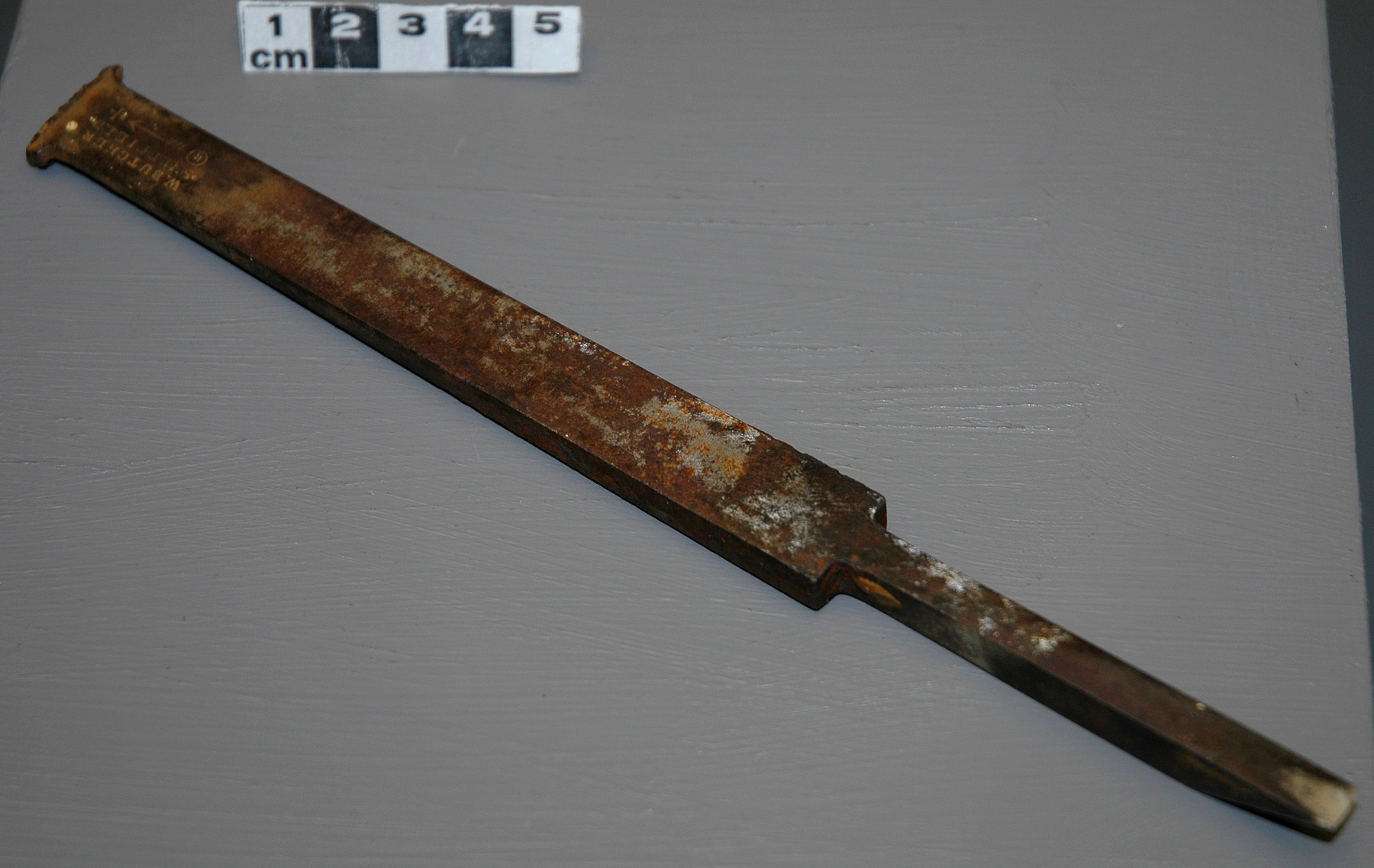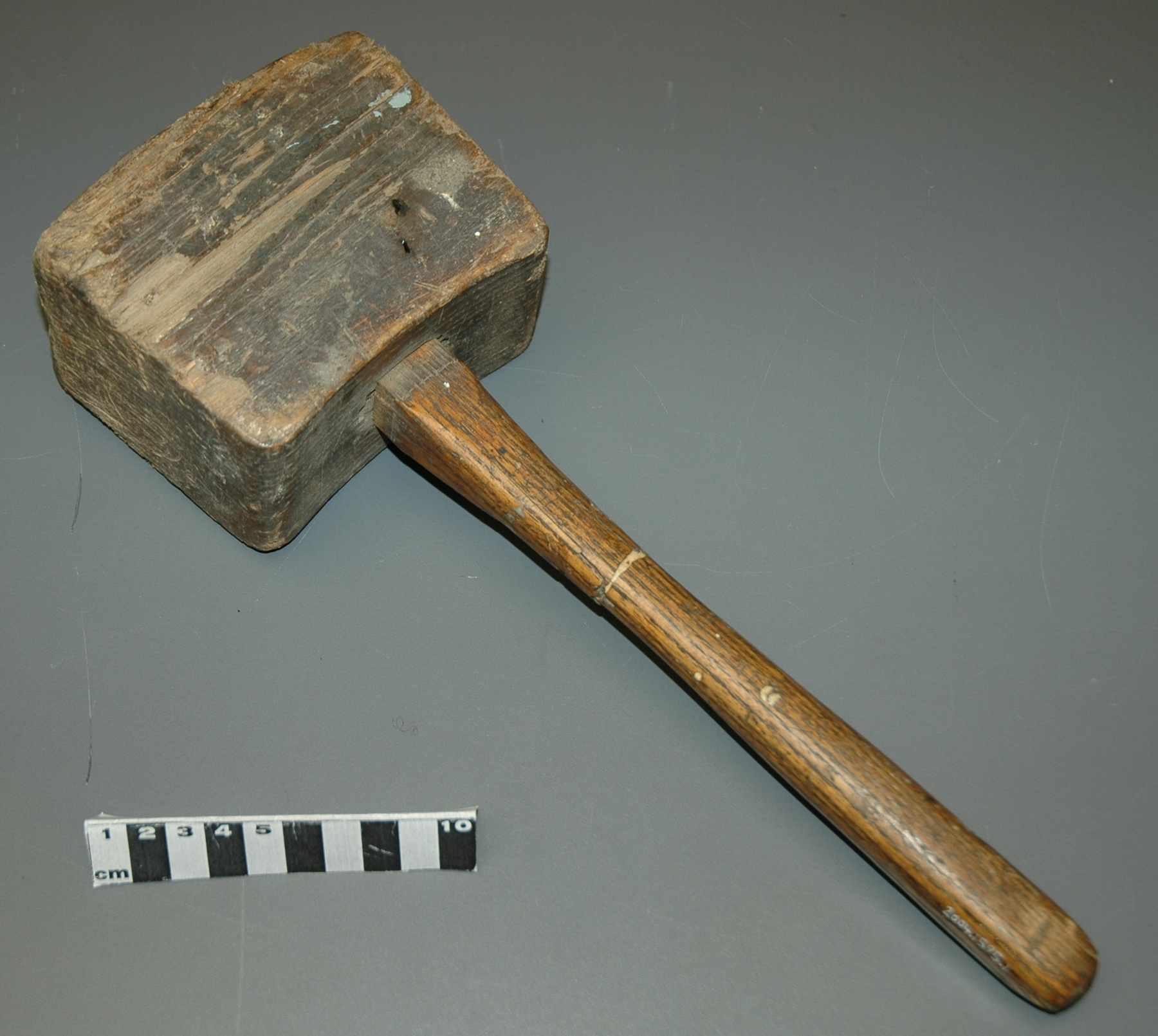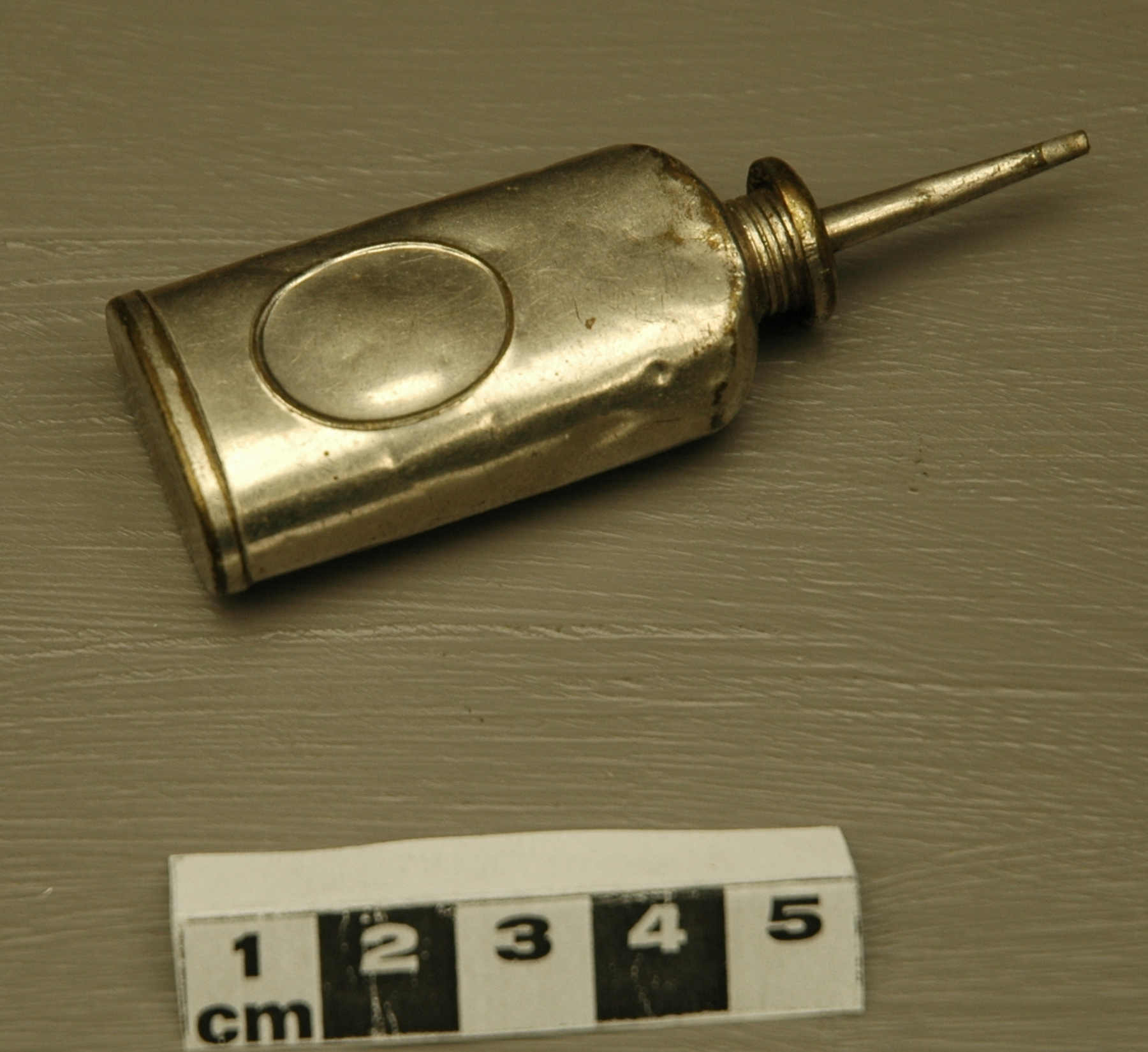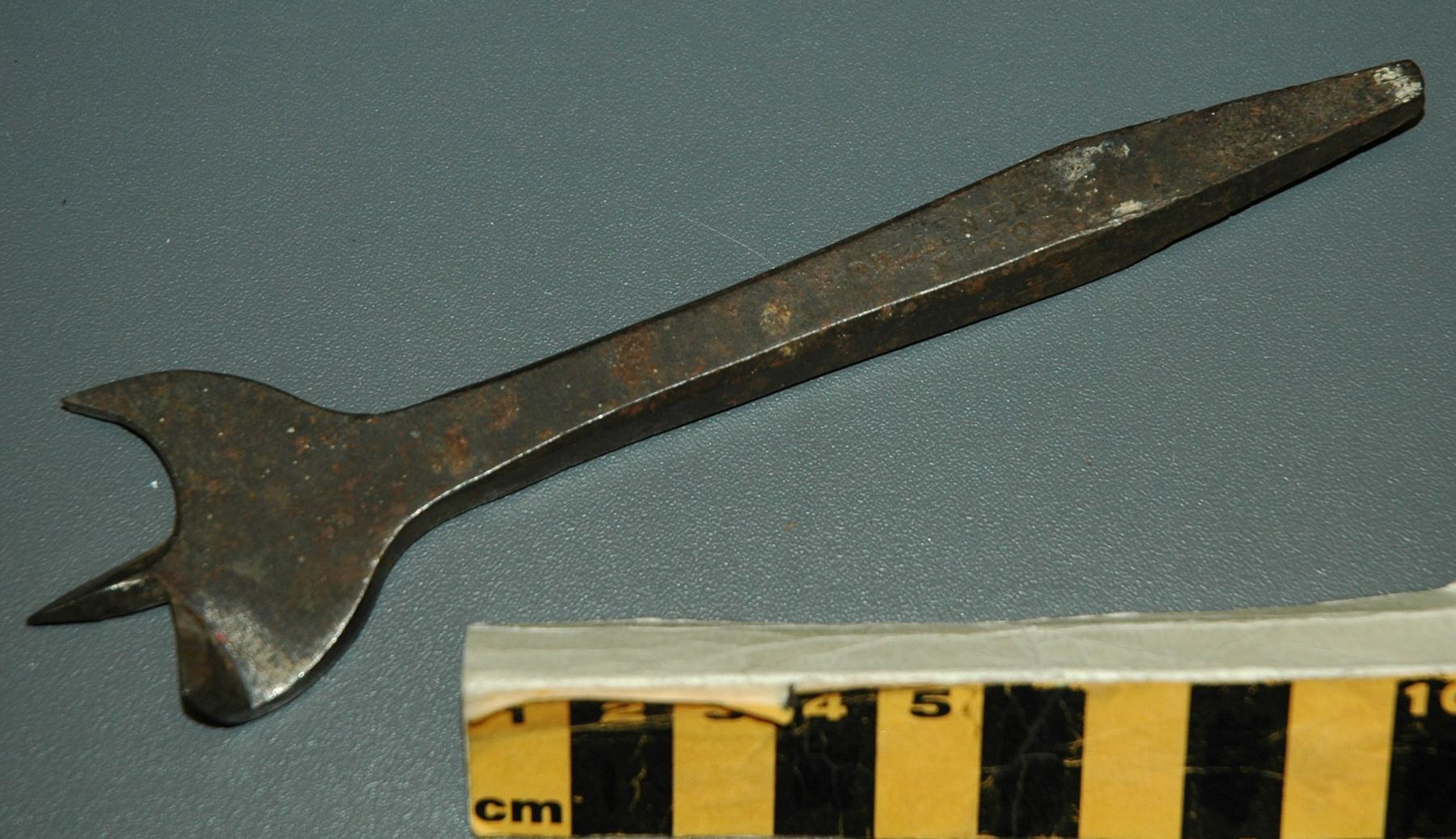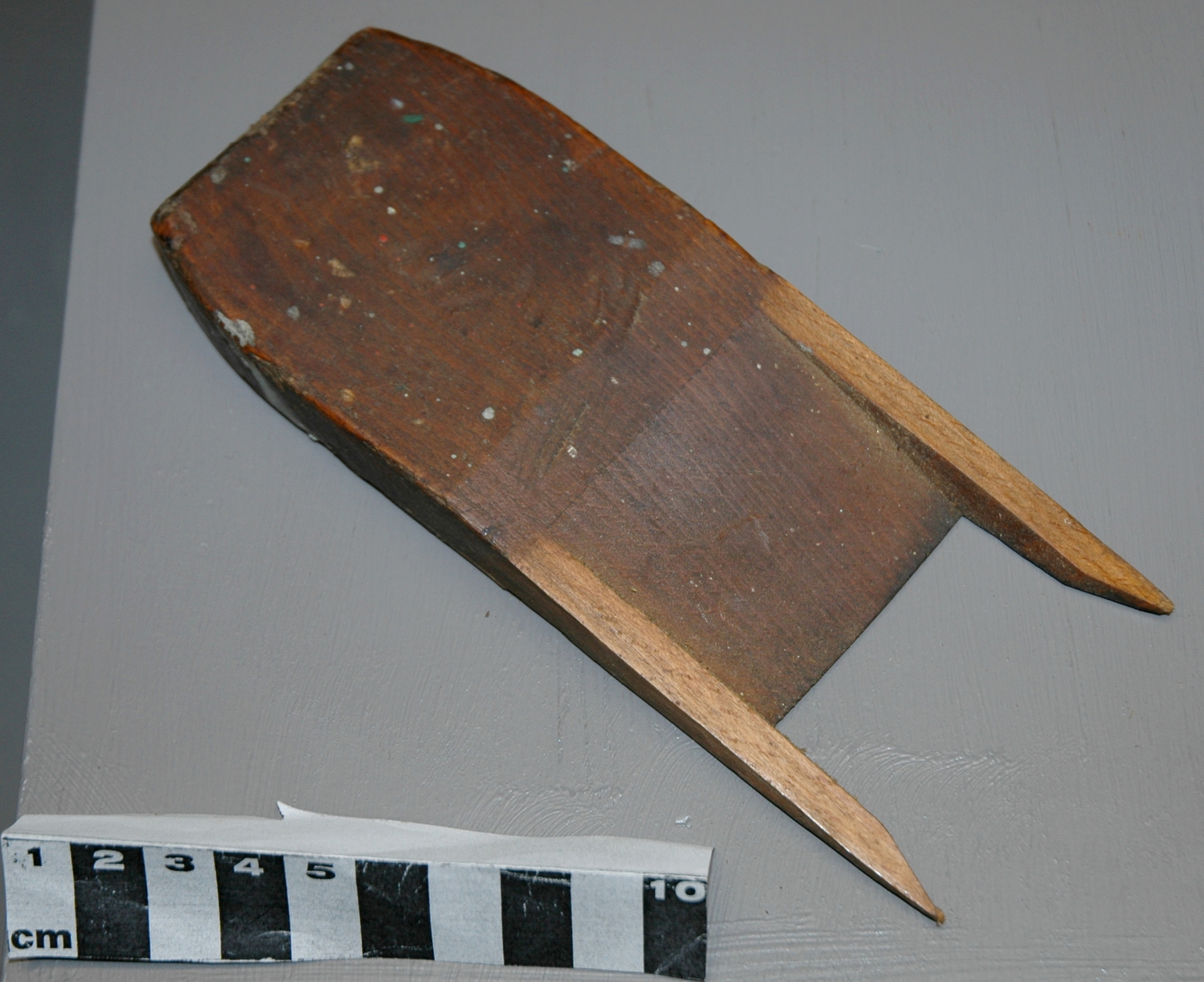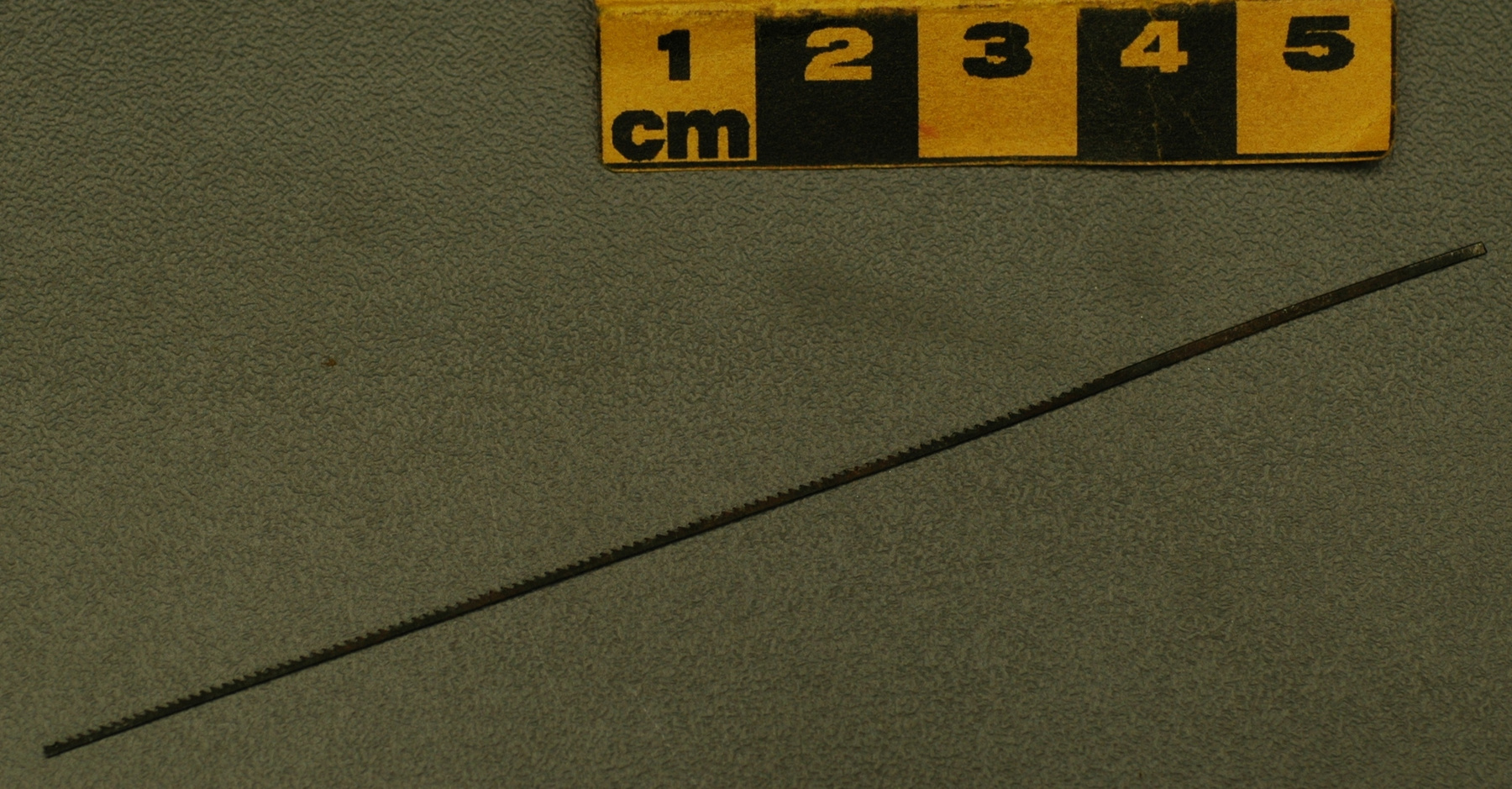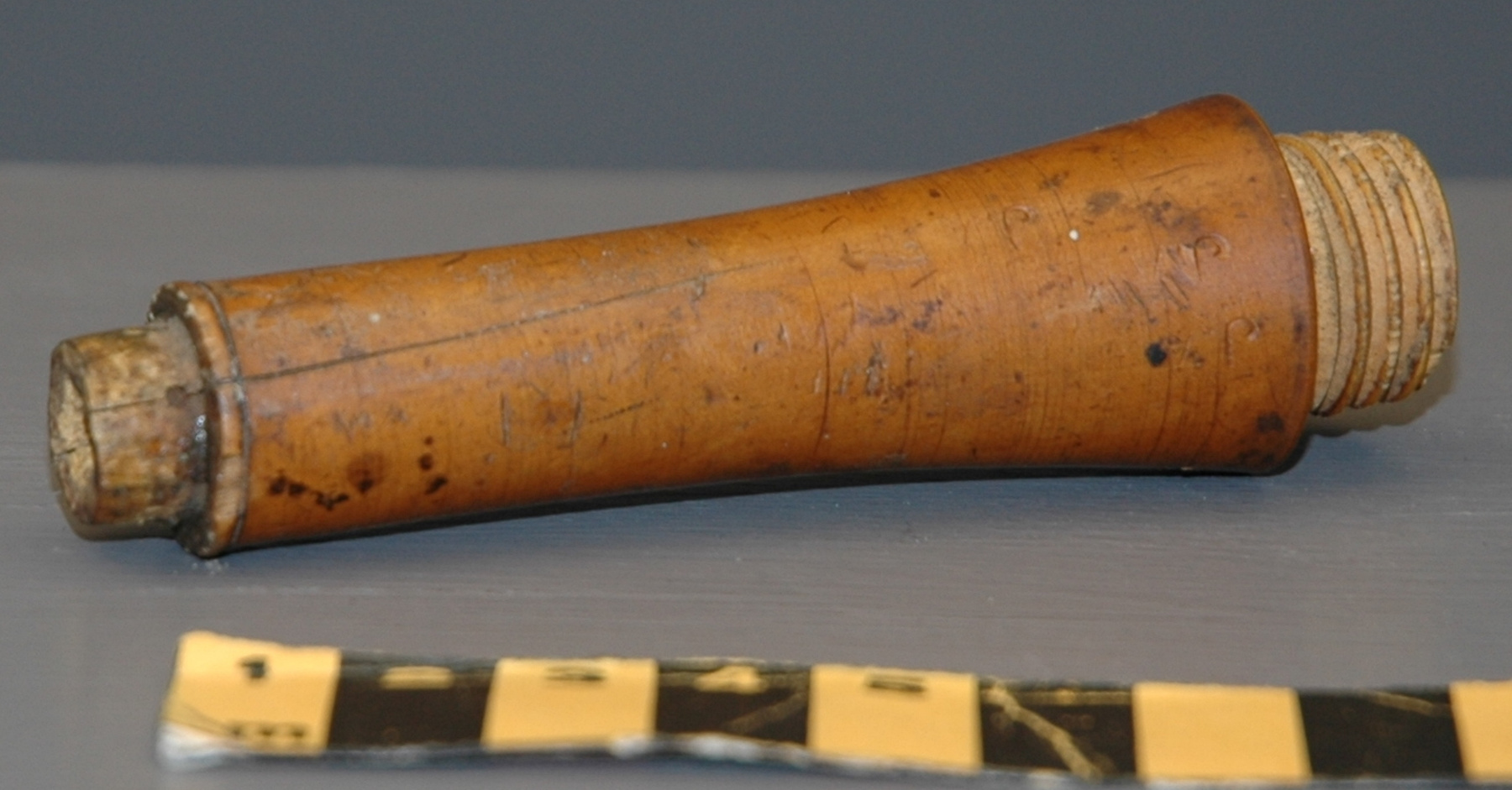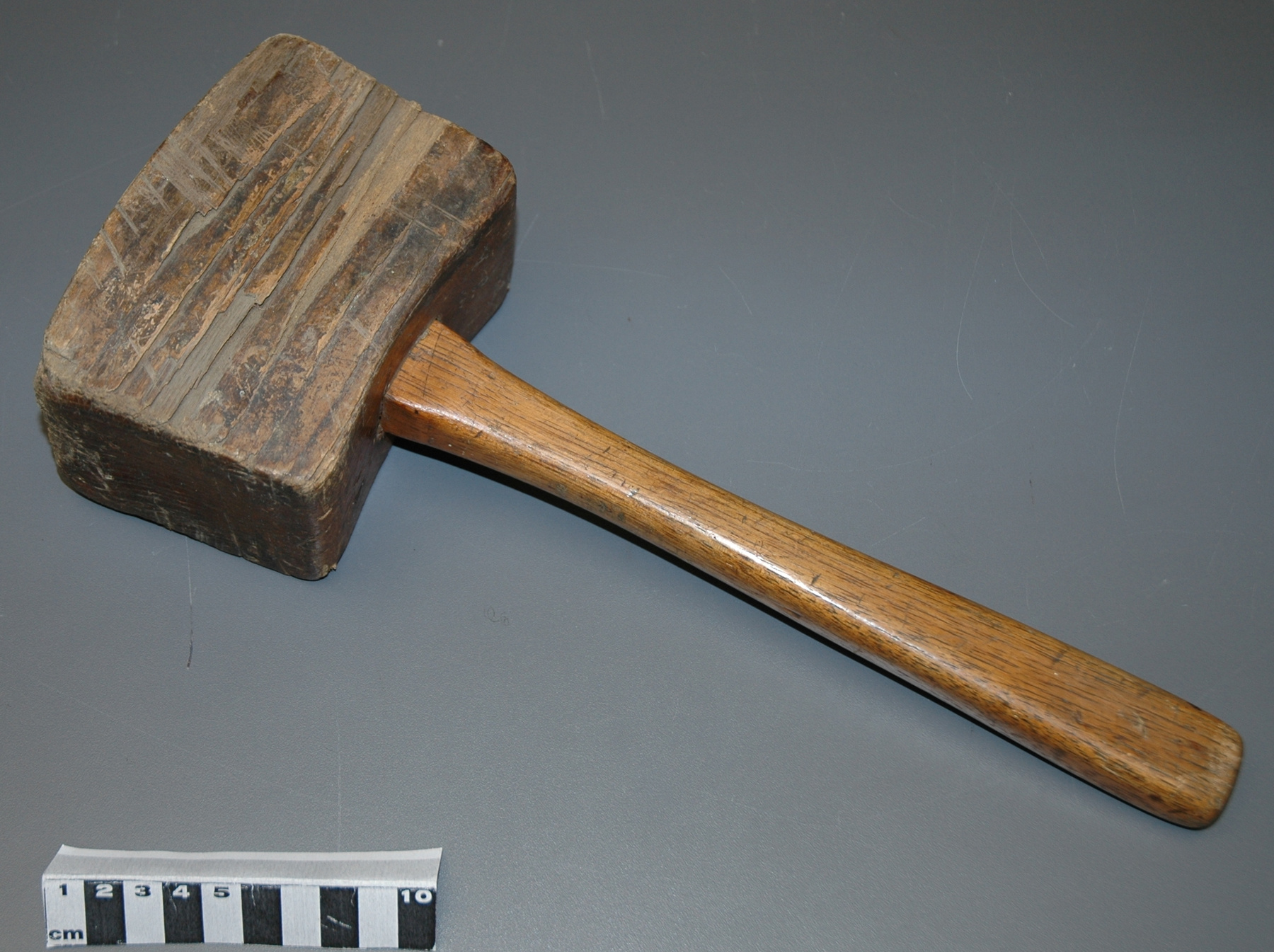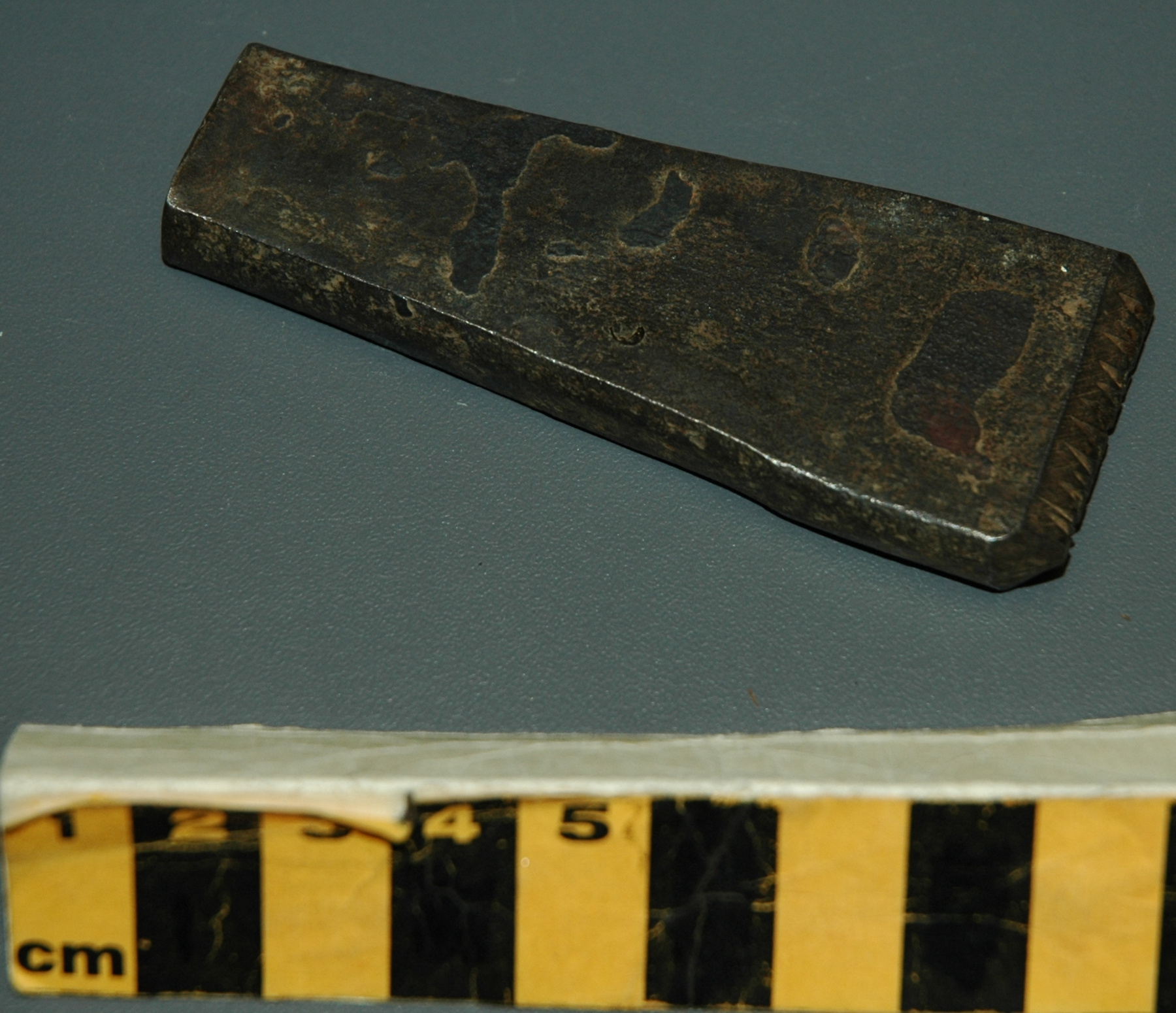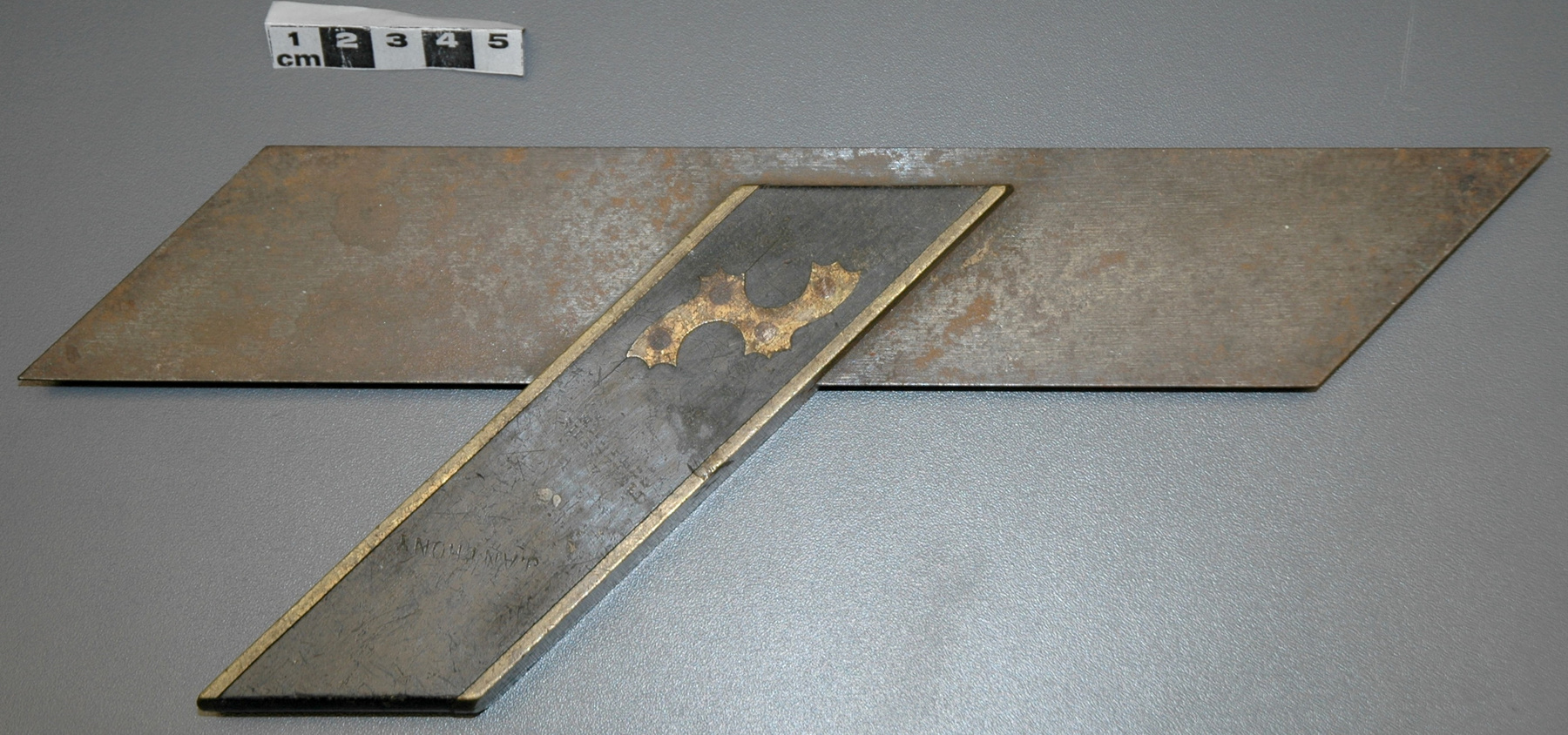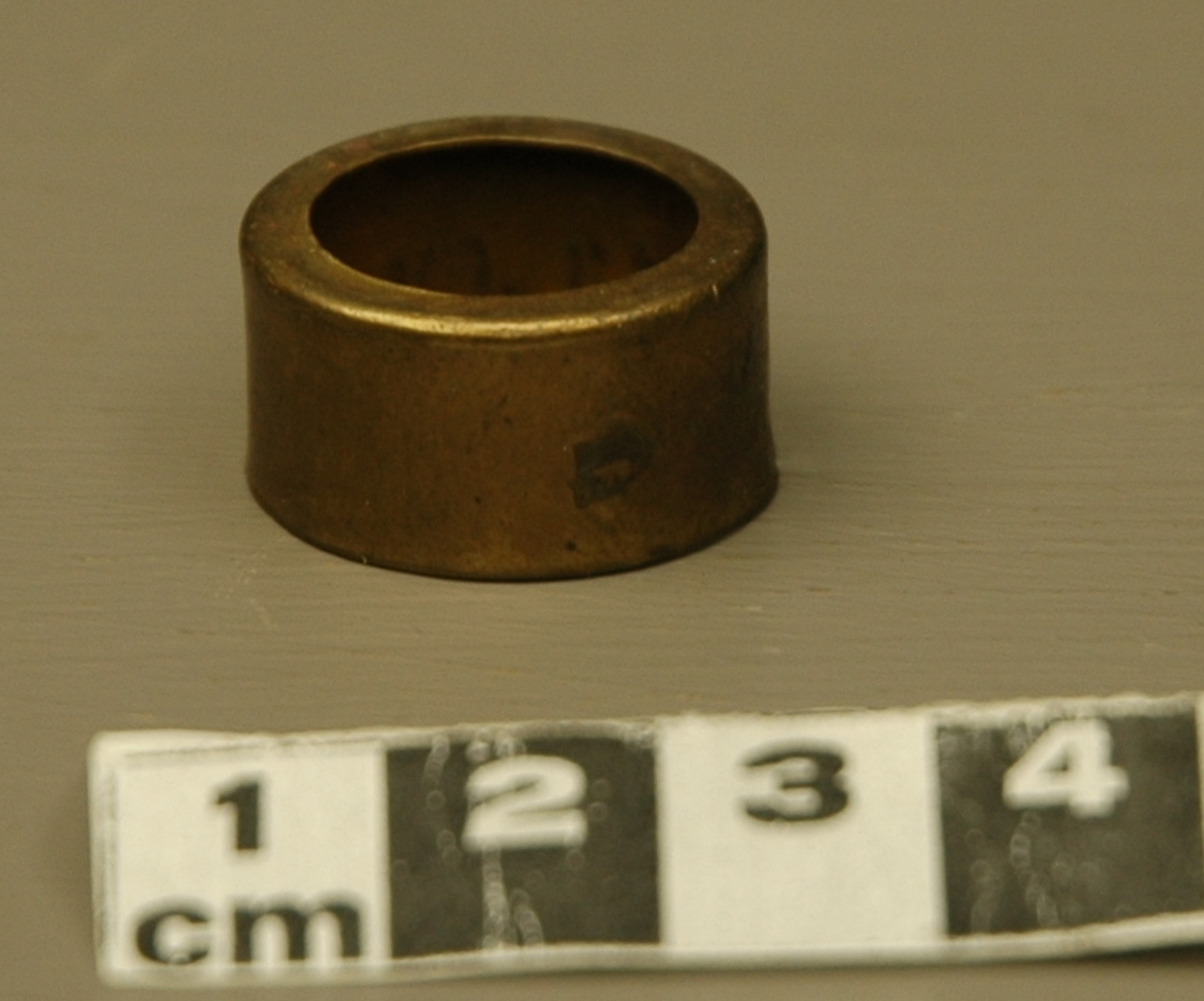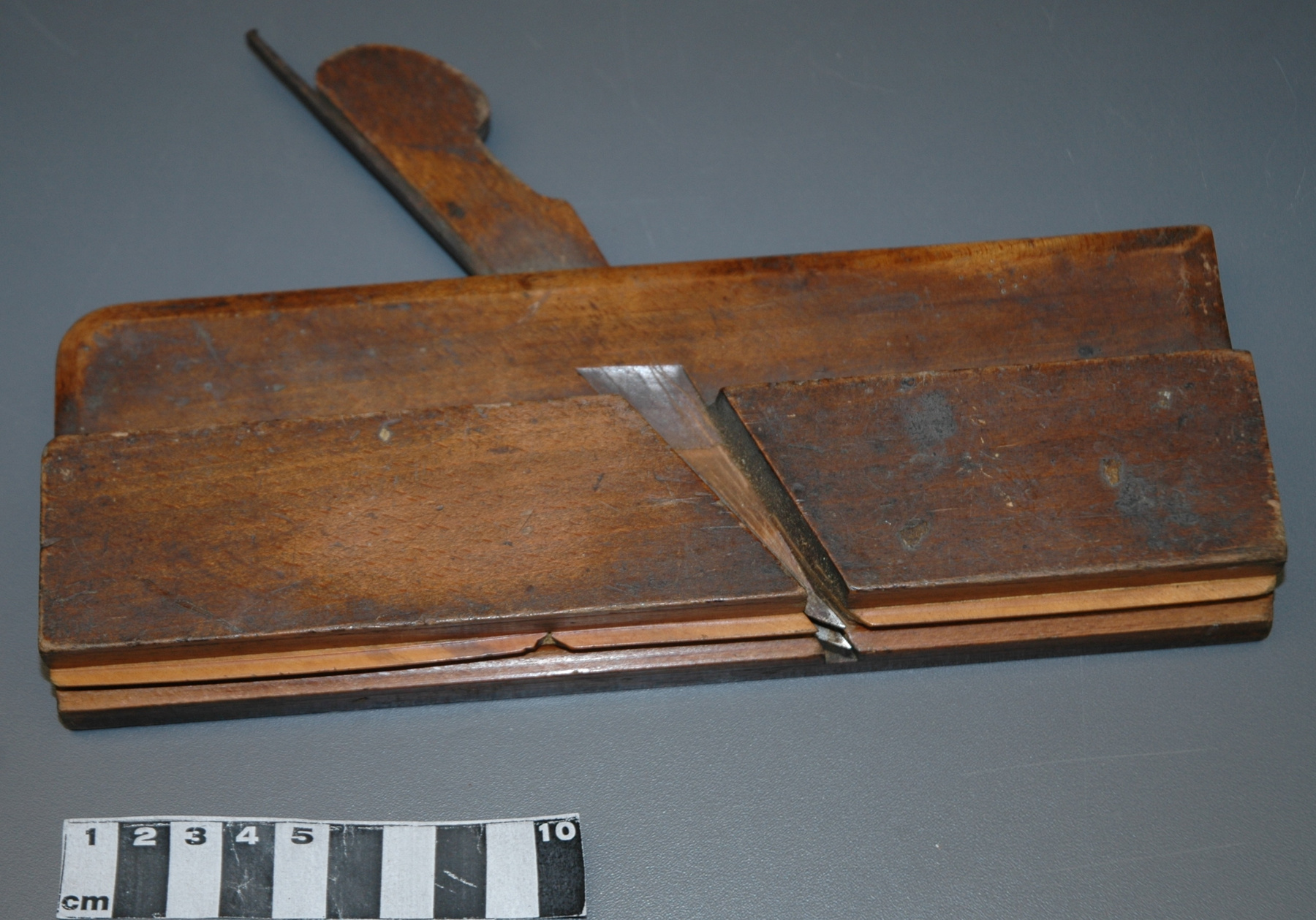Plane
Use this image
Can I reuse this image without permission? Yes
Object images on the Ingenium Collection’s portal have the following Creative Commons license:
Copyright Ingenium / CC BY-NC-ND (Attribution-NonCommercial 4.0 International (CC BY-NC 4.0)
ATTRIBUTE THIS IMAGE
Ingenium,
2004.1637.001
Permalink:
Ingenium is releasing this image under the Creative Commons licensing framework, and encourages downloading and reuse for non-commercial purposes. Please acknowledge Ingenium and cite the artifact number.
DOWNLOAD IMAGEPURCHASE THIS IMAGE
This image is free for non-commercial use.
For commercial use, please consult our Reproduction Fees and contact us to purchase the image.
- OBJECT TYPE
- wood/moulding/bead, side
- DATE
- 1839–1875
- ARTIFACT NUMBER
- 2004.1637.001
- MANUFACTURER
- Cox & Luckman
- MODEL
- 1/4
- LOCATION
- Birmingham, England
More Information
General Information
- Serial #
- N/A
- Part Number
- 1
- Total Parts
- 1
- AKA
- N/A
- Patents
- N/A
- General Description
- wood [possibly including boxwood] and metal
Dimensions
Note: These reflect the general size for storage and are not necessarily representative of the object's true dimensions.
- Length
- 23.6 cm
- Width
- N/A
- Height
- 14.6 cm
- Thickness
- N/A
- Weight
- N/A
- Diameter
- N/A
- Volume
- N/A
Lexicon
- Group
- Industrial Technology
- Category
- Tools-Hand
- Sub-Category
- N/A
Manufacturer
- AKA
- Cox Luckman
- Country
- England
- State/Province
- Unknown
- City
- Birmingham
Context
- Country
- Canada
- State/Province
- Ontario
- Period
- Presumably used c. late 1890s- late 1940s; possibly also used earlier.
- Canada
-
Part of a collection of hand tools belonging to James Anthony (1883-1966), an English born and trained carpenter who came to Canada c. 1910 and worked in and around Ottawa, ON. Following the 1916 fire which destroyed the Parliament buildings and damaged the Library, Mr. Anthony was hired as a foreman with the restoration crews. Until 1920, he was involved in the rebuilding of the Peace Tower and the installation of new windows at the Library of Parliament. He later worked with various builders in the Ottawa area, retiring in the late1940s. After his death in 1966 the tools were given to his son Jack, who in turn donated them to CSTMC. [Ref. 1] Stock bears name of Thomas Minors (b. 1853), who was a carpenter in Truro, Cornwall [England]. He is listed at a Union St. address in the 1891 Census of Cornwall. - Function
-
Used to produce quirk or side bead [pattern] moulding. - Technical
-
Quirk or side bead moulding was often used at the joint between boards as in match boarding. A side bead plane produced a narrow groove at the back of the bead. Like other narrow planes, bead planes become worn and can lose their shape and consequently the accuracy of their cuts. For that reason, boxwood strips are usually inserted in the sole to reinforce the area containing the quirk and fence. Sometimes a wide beechwood strip is fitted to the side of the stock, to allow for wear on the shoulder. [Ref. 3] Manufacturing dates based on the name of the manufacturer, which changed in 1876 to Cox, Luckman & Son. - Area Notes
-
Unknown
Details
- Markings
- "J. ANTHONY" and "1/4" stamped into one end of stock. "J. ANTHONY" , "T. MINORS", "COX & LUCKMAN/ MANUFACTURERS/ BIRMINGHAM" and goat head trade mark stamped over "TRADE MARK" stamped into opposite end.
- Missing
- None.
- Finish
- medium brown hardwood stock; boxwood (?) reinforcement on sole; wooden wedge; steel (?) cutting iron.
- Decoration
- N/A
CITE THIS OBJECT
If you choose to share our information about this collection object, please cite:
Cox & Luckman, Plane, circa 1839–1875, Artifact no. 2004.1637, Ingenium – Canada’s Museums of Science and Innovation, http://collections.ingeniumcanada.org/en/id/2004.1637.001/
FEEDBACK
Submit a question or comment about this artifact.
More Like This
